The Latest Advances and Innovations in Knee Surgeries
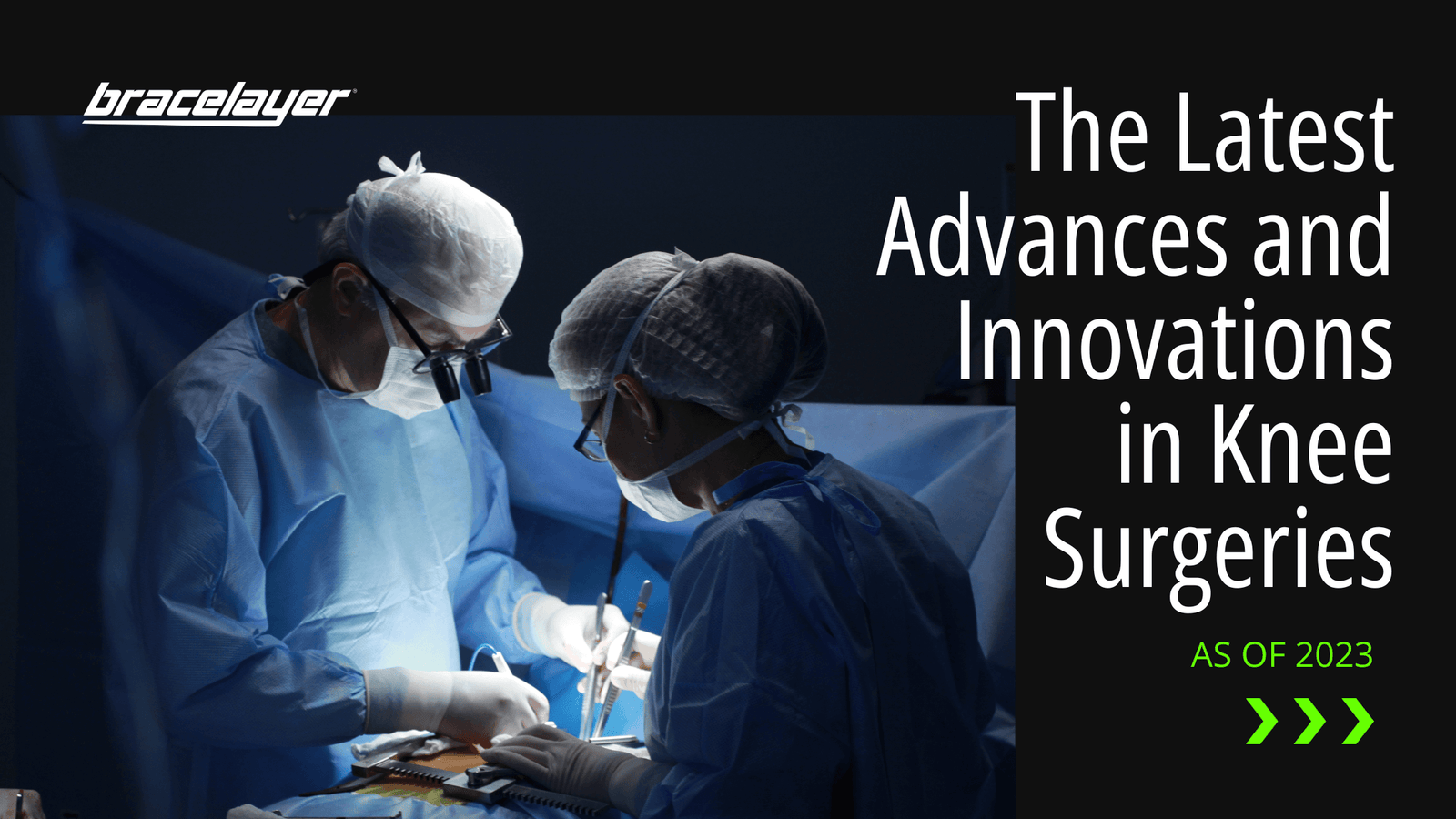
Last updated: October 27 at 12:30pm.
Disclaimer: Our team at Bracelayer® Apparel are not doctors. We do, however, set out to help people with knee pain find relief, increase their stability and balance during physical activity, heal from and prevent further injury. We have compiled some results from these studies because we think our community will be interested, but we are in no way experts in sports medicine.
Knee Injury is a Persistent Threat to All Athletes
 All athletes know that one of the biggest threats to their competitive career is a knee injury. Knee injuries are one of the most common of all sports-related injuries. Professionals, high school athletes, and people looking to live an active lifestyle all know in the back of their minds that a painful knee injury could strike at any time.
All athletes know that one of the biggest threats to their competitive career is a knee injury. Knee injuries are one of the most common of all sports-related injuries. Professionals, high school athletes, and people looking to live an active lifestyle all know in the back of their minds that a painful knee injury could strike at any time.
But...Surgical Advances are Progressing at a Fast Rate
However, while knee injuries such as an ACL or PCL Tear once meant the end of any athletic career, most people are now able to bounce back. But it often takes more than a year to get the knee back in shape for elite-level training and performance. As of 2023, even patients who have undergone total knee arthroplasty (a total knee replacement) are successfully returning to their sports, and are encouraged by their doctors to do so.
Recent medical advances are now making knee surgeries less invasive and greatly decreasing recovery time. And the advances are happening at ever-increasing intervals.
Radio Frequency Treatment
With some knee conditions surgery isn't needed to heal the tear, but to stop the pain. Sometimes the only way to handle the pain is strong prescription drugs or invasive surgery.
A relatively new procedure now offers a minimally invasive option. In a process called genicular nerve radiofrequency ablation (RFA), doctors can treat chronic knee pain by inserting specialized needles into the knee that send out a particular radiofrequency. This radio frequency targets the nerve cells in the knee and “freezes” them. The radio waves basically keep the nerves from reporting the pain reflex back to the brain. This allows people to improve their quality of life, be free of opioid painkillers, and forego invasive surgery until it is absolutely necessary. Like most of these other new techniques, there is still a lot to learn about RFA. Future studies will show just how effective RFA is.
TKA Gets a Helping Hand... from a Robot?
In the past few years, great advances have been made with the use of robotics in surgery. Total Knee Arthroplasty (TKA) is no exception.
Robots have actually been used in TKA since the 1980s. It seems like AI is all the rage right now in 2023, but it's been a major component of medicine for a long time now. In TKA, robotics are mainly used to ensure proper alignment of the prothesis, reduce complications, and act as a support tool for surgeons at the table and pre-operation.
Of course, robots won't completely replace surgeons anytime soon. These robots need surgeons assistance to run, and the team needs support to tackle this steep learning curve.
Innovations in ACL Surgery - The BEAR Method
 Traditional ACL surgery is brutal. The reconstructive surgery, the procedure of which has been in practice for over 100 years, required a tendon graft from tissue in the quadriceps or hamstrings and that holes be drilled into the bone. For a long time, it was believed that ACL tears couldn’t be stitched back together and left to heal.
Traditional ACL surgery is brutal. The reconstructive surgery, the procedure of which has been in practice for over 100 years, required a tendon graft from tissue in the quadriceps or hamstrings and that holes be drilled into the bone. For a long time, it was believed that ACL tears couldn’t be stitched back together and left to heal.
Then, the BEAR method came onto the scene. BEAR stands for Bridge-Enhanced ACL Reconstruction, and it was invented by an engineering student turned knee surgeon, Dr. Martha Murray. The BEAR method involves a "sponge-like" implant to be placed inside the tear (after it has been soaked in the patients blood), which is then sewn shut. Over time, the idea is that the implant will be absorbed and replaced by new tissue.
In 2019, the procedure had just produced some of its first results after undergoing human trials. Since then, an outpour of studies (mostly lead by Dr. Murray) confirmed that BEAR lead to an earlier resolution of symptoms and return of function and a stronger psychological readiness to return to activity after surgery. Dr. Murray also proved that BEAR's results were "non inferior" to traditional ACL surgery. It's been less than a decade since BEAR's invention, so more time and research will be needed to prove which is the best option. The surgery is already helping people like 28-year-old Frances Yu, a patient of Duke Health, return to an active life.
For now, it seems that this type of surgery is much less invasive than the traditional approach and it allows for the patient to be active in a much shorter time. We will certainly be looking out for more news of Dr. Murray's innovation in the future.
ACL Stem Cell Procedure
Lately, it seems like stem cells are always in the medical news in one way or another. Their adaptability and capacity for regeneration have made them a proven tool in a number of procedures. Currently, two new stem cell procedures are being used to treat both full and partial ACL tears.
With the first of these stem cell procedures, instead of opening up the body, the stem cells are inserted into target areas through a simple needle. The stem cells trigger the regrowth and healing of the tendon. The most incredible part of this therapy is it allows athletes to return much faster to training and full competition than surgical treatments.
Stem cells are also being inserted into the graft before or during traditional ACL graft procedures to speed healing. This approach is similar to the sponge-like apparatus used in Dr. Murray's BEAR method.
Nasal Cartilage
This one is interesting! In 2016, the medical journal The Lancet published an article on using nasal cartilage in grafts for tears of the articular cartilage, which is a type of cartilage that manages the impacts of loads on a joint and has a very limited regenerative capacity. This means that cartilage injuries are exceptionally difficult to manage in that they contribute to the rapid development of many different degenerative joint conditions. Before this new technique, doctors often struggled to repair the cartilage.
This first human trial was a success, but the attempts since then seem minimal. There was also some research done on the procedure with large animals. These transplants are still in the early trial stages, but they are very promising. Participants in the 2016 trial reported reduced knee pain as well as improved knee function and mobility.
Prevention and Patience Pay Dividends
While no athlete wants to suffer a knee injury, it is exciting that so much research is being done on this issue. These new advances may soon make major knee surgery a thing of the past.
However, even with these innovative treatments, athletes still will need to make sure they are taking proper care of their knee as they recover. This means keeping it protected, stable, and clean.
 The better care you take of your knees during the recovery process, the faster you can get back out into competition. And the longer you wait to have that invasive knee surgery, the more likely you are to receive the most up to date procedure and benefit from all those knee surgeons and patients who came before you, enabling these advancements to take place.
The better care you take of your knees during the recovery process, the faster you can get back out into competition. And the longer you wait to have that invasive knee surgery, the more likely you are to receive the most up to date procedure and benefit from all those knee surgeons and patients who came before you, enabling these advancements to take place.
Let Bracelayer® help with your knee injury recovery or prevention. We make the best compression pants for active and recovering knees. Our Tri-Tech support layer, featuring our original antibacterial Stabiluxe™ compression base, provides targeted compression that is designed to keep your knees stronger for longer.



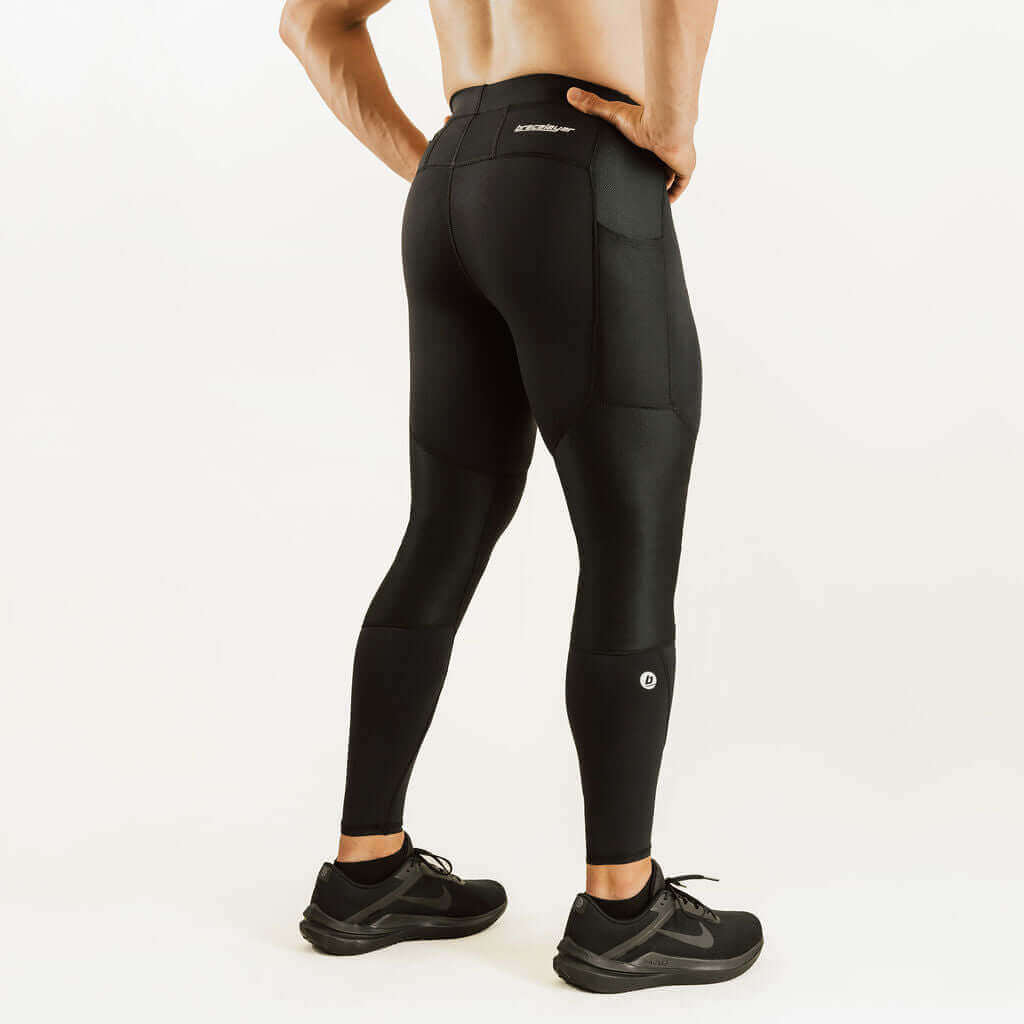




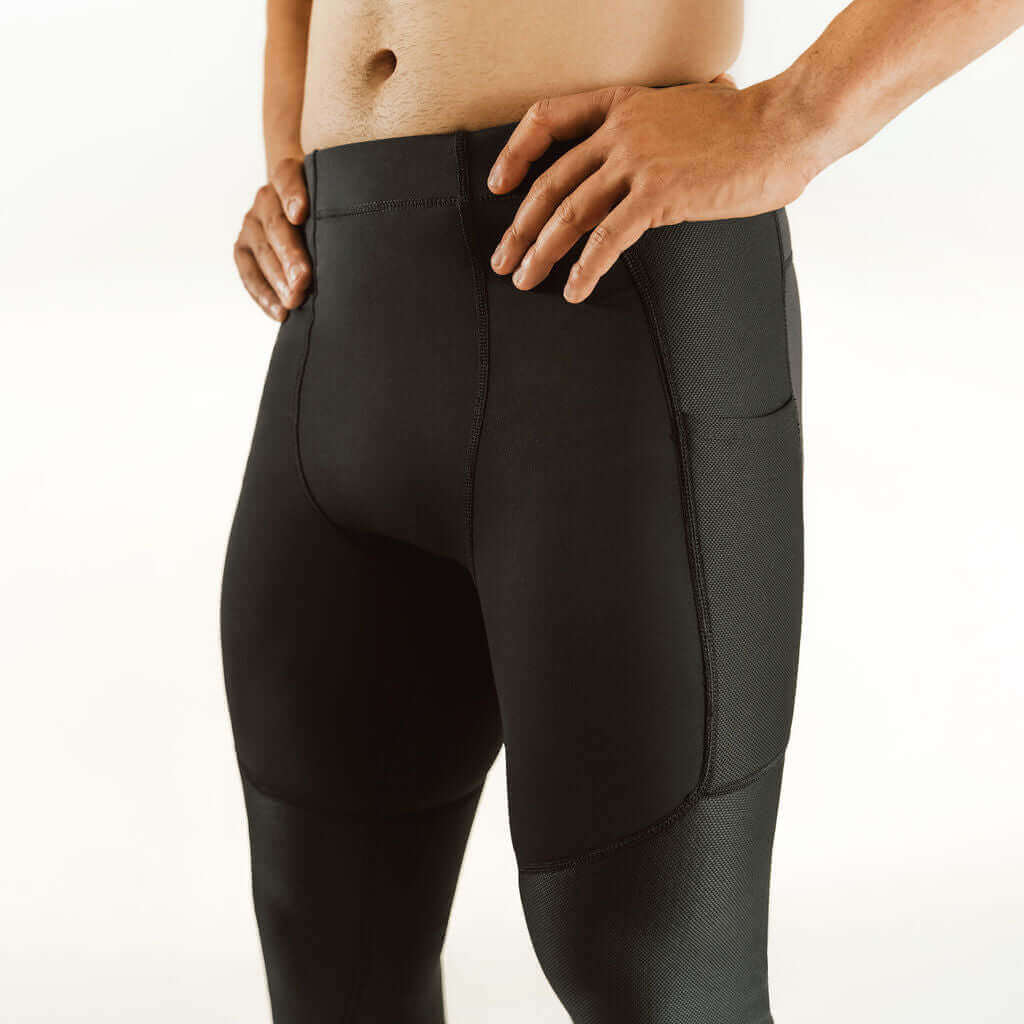
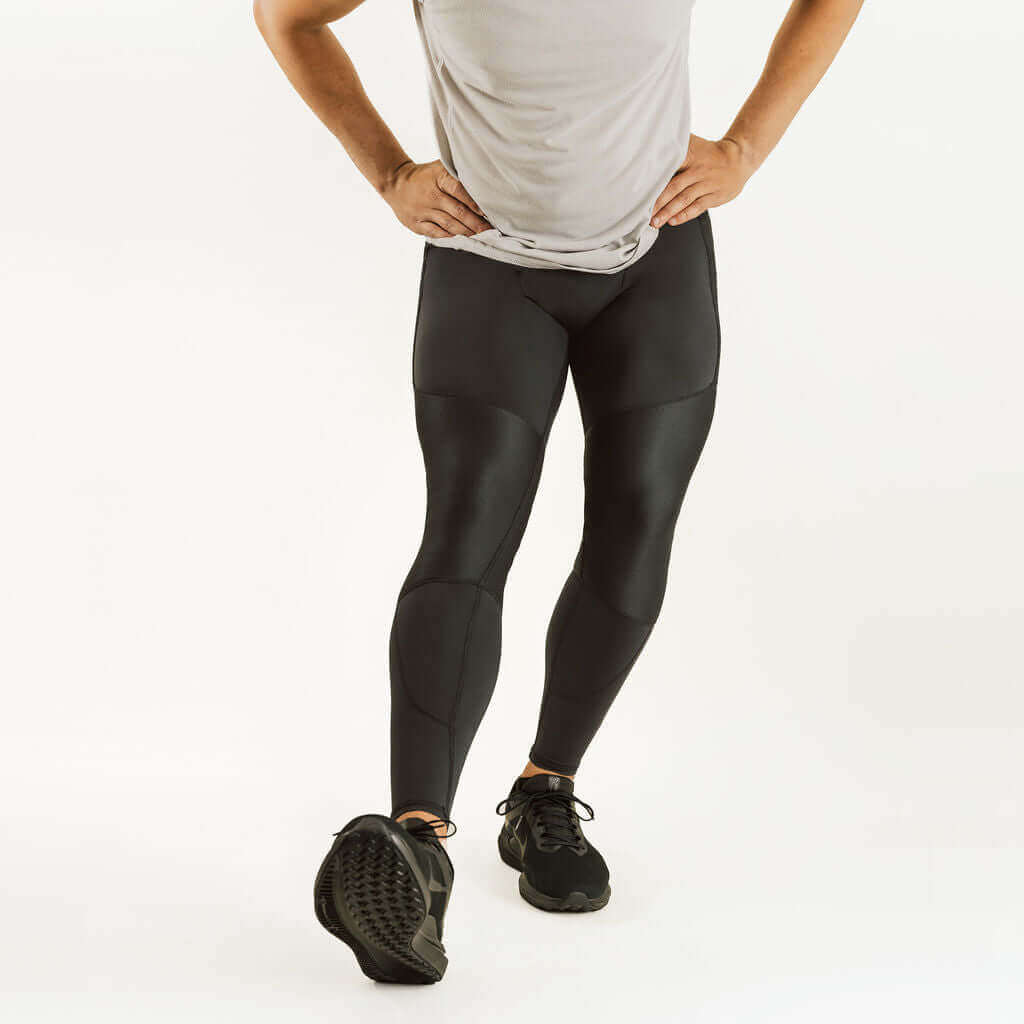
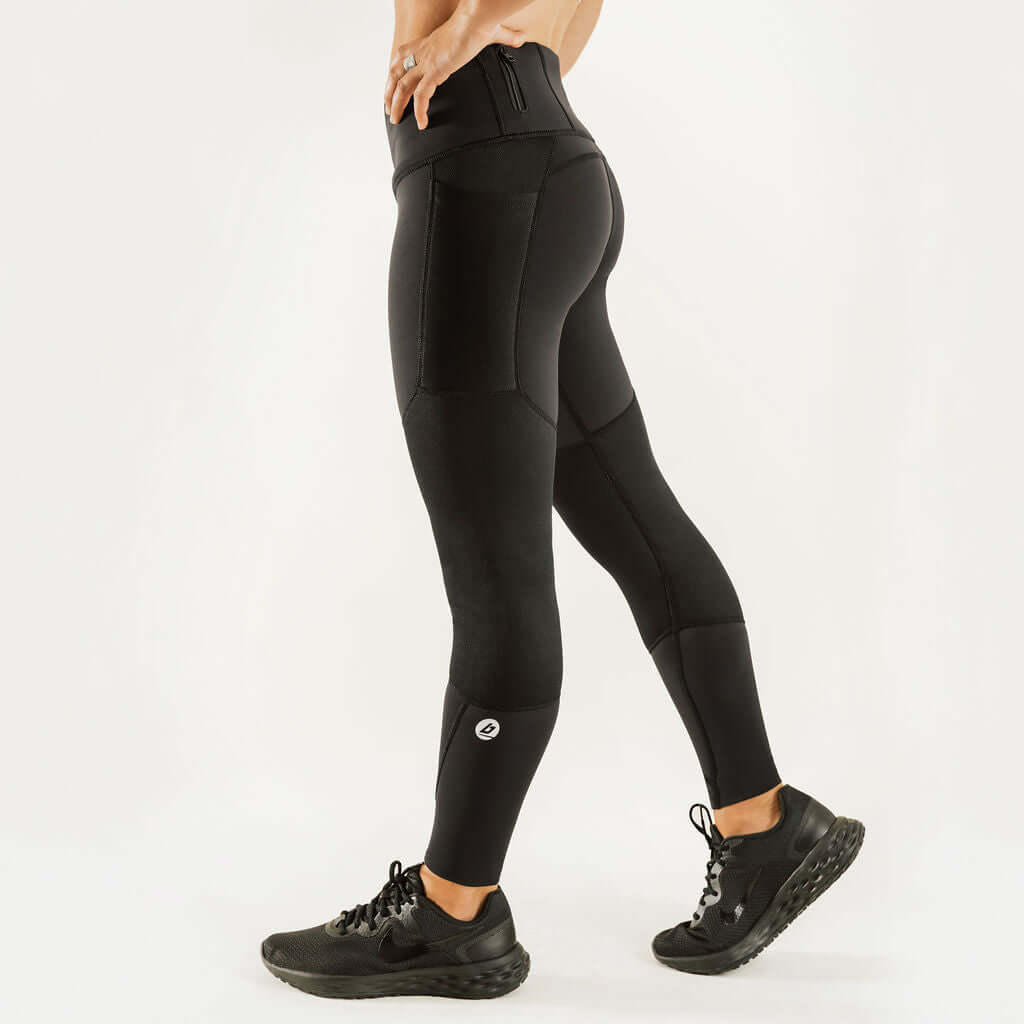

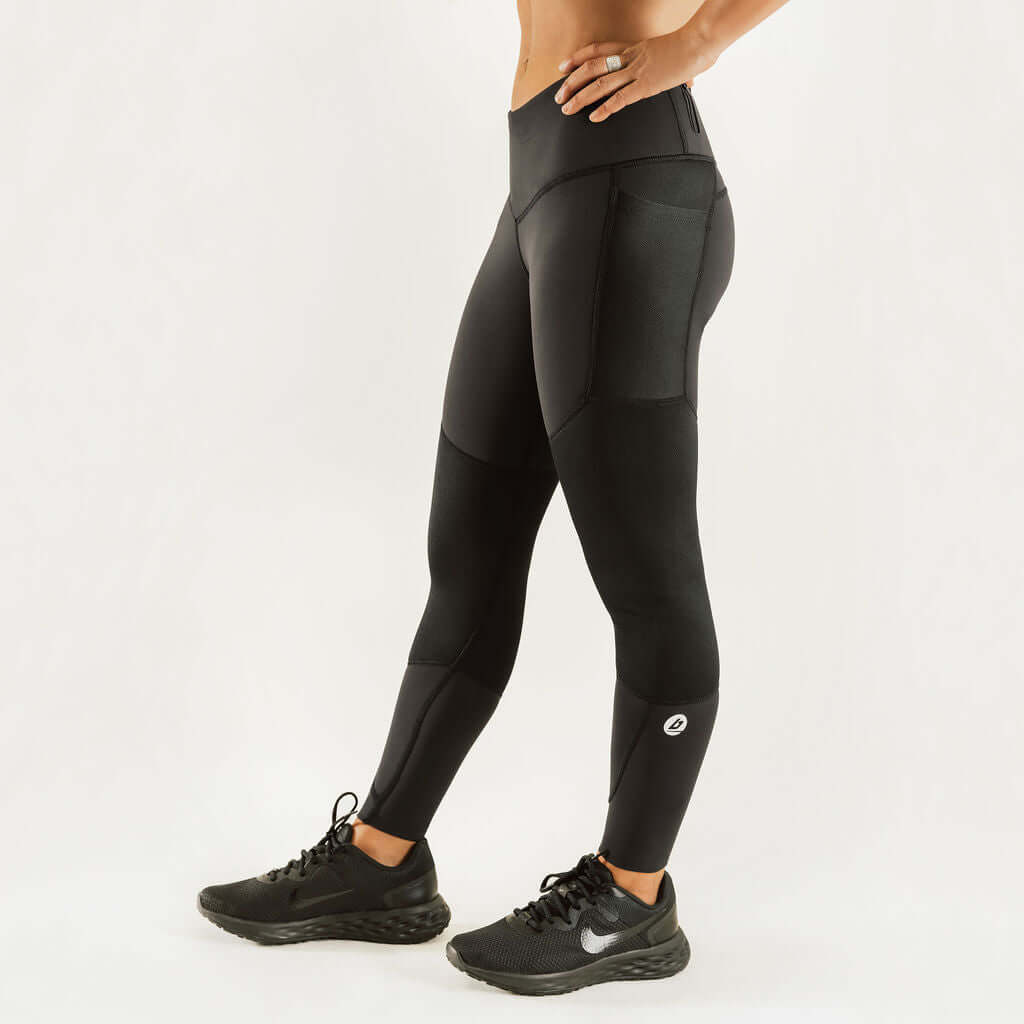

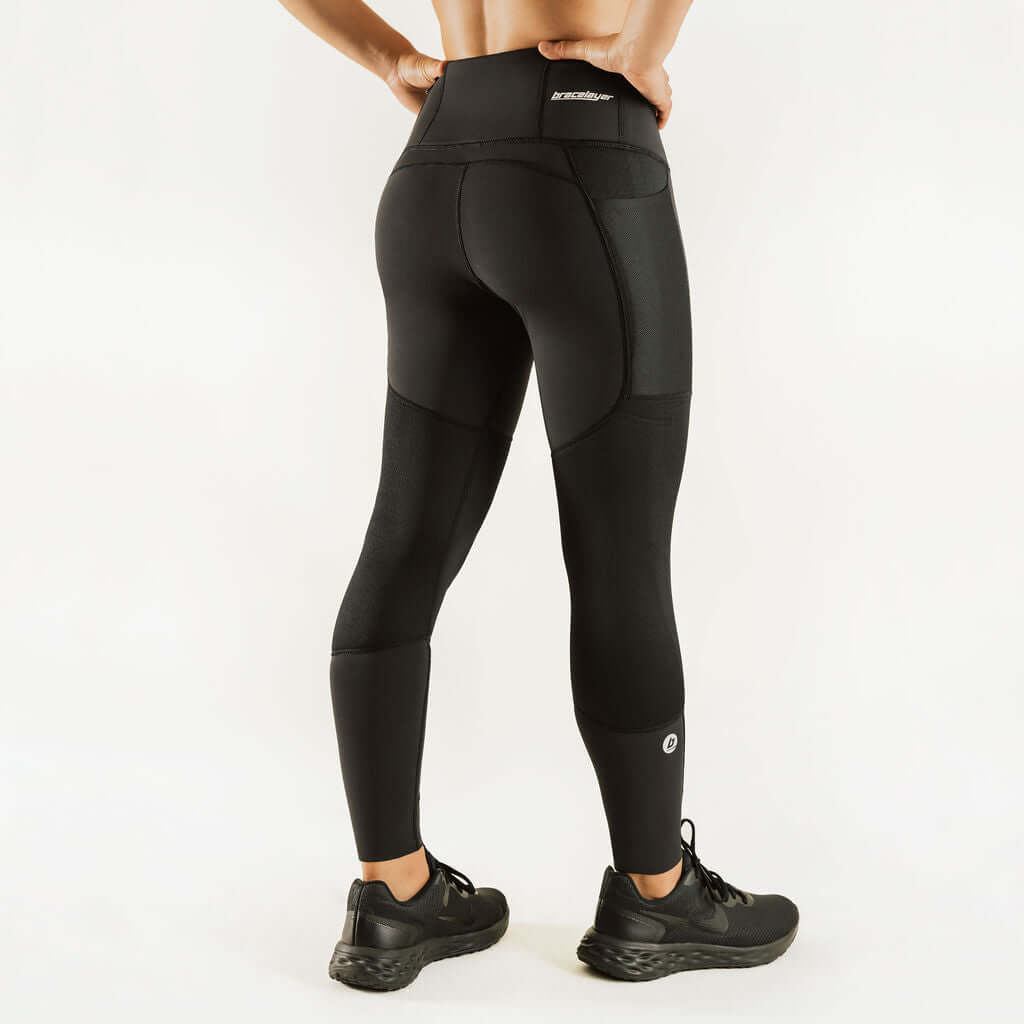
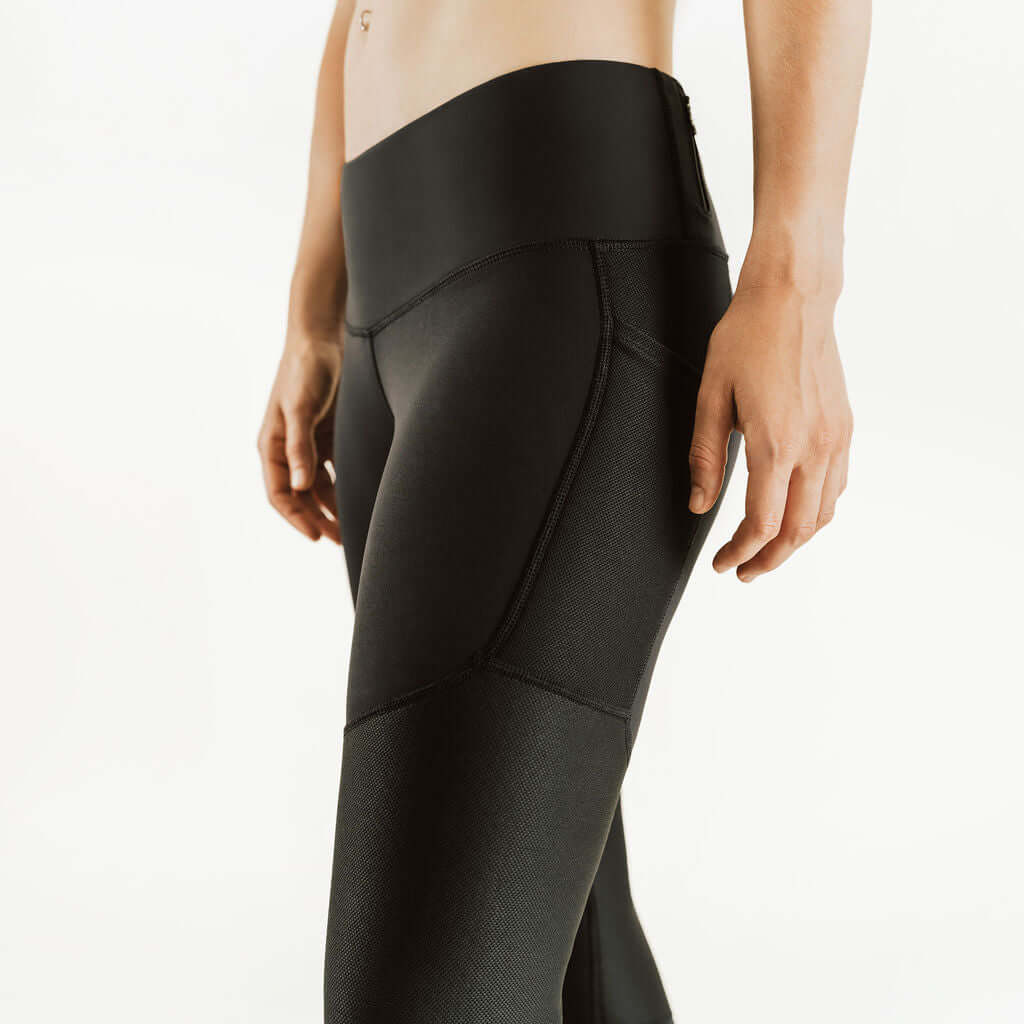
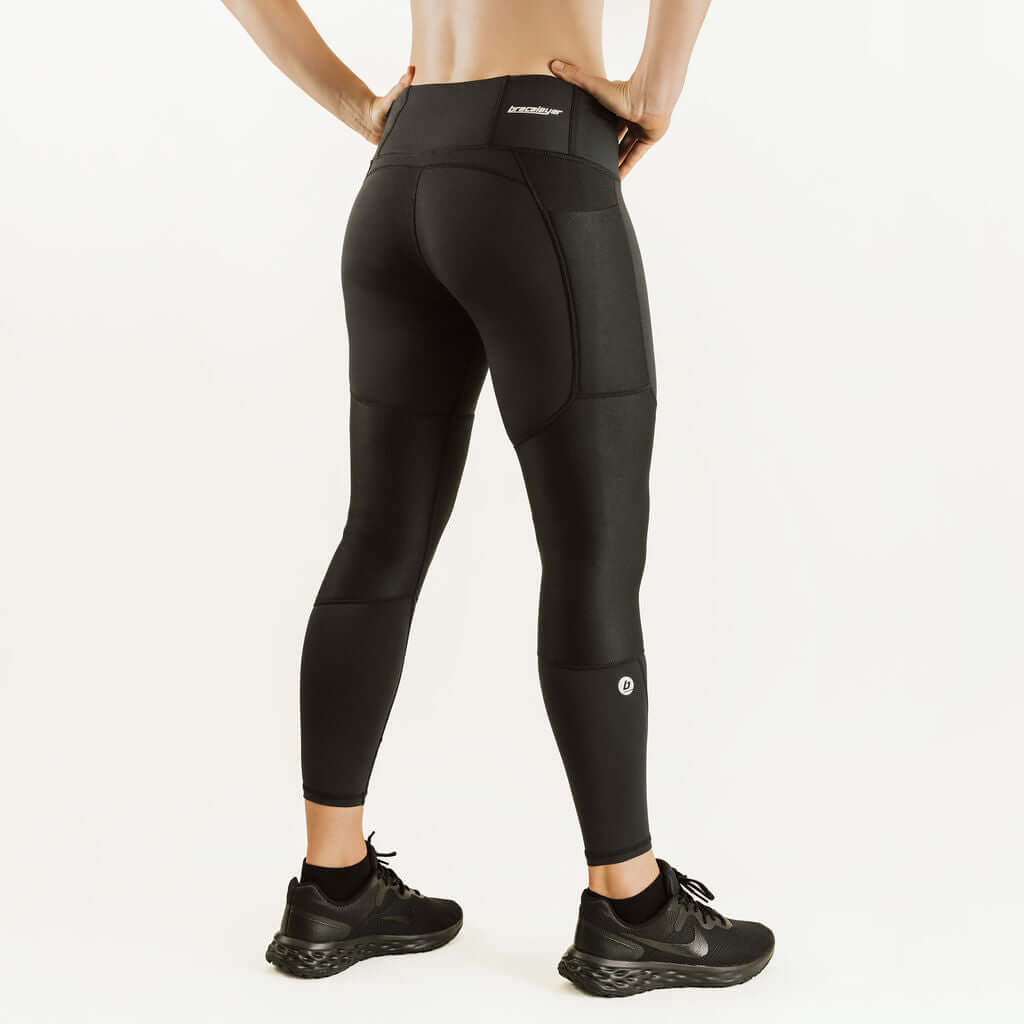
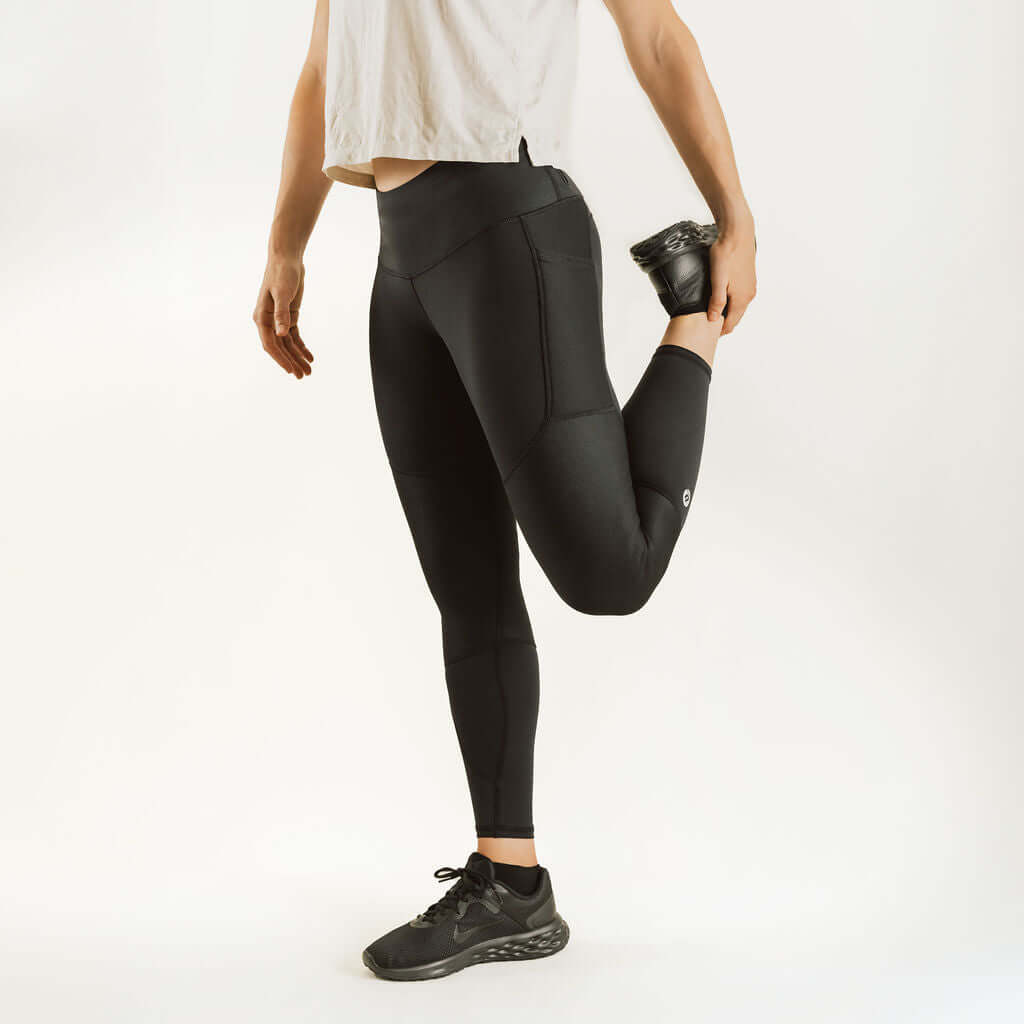
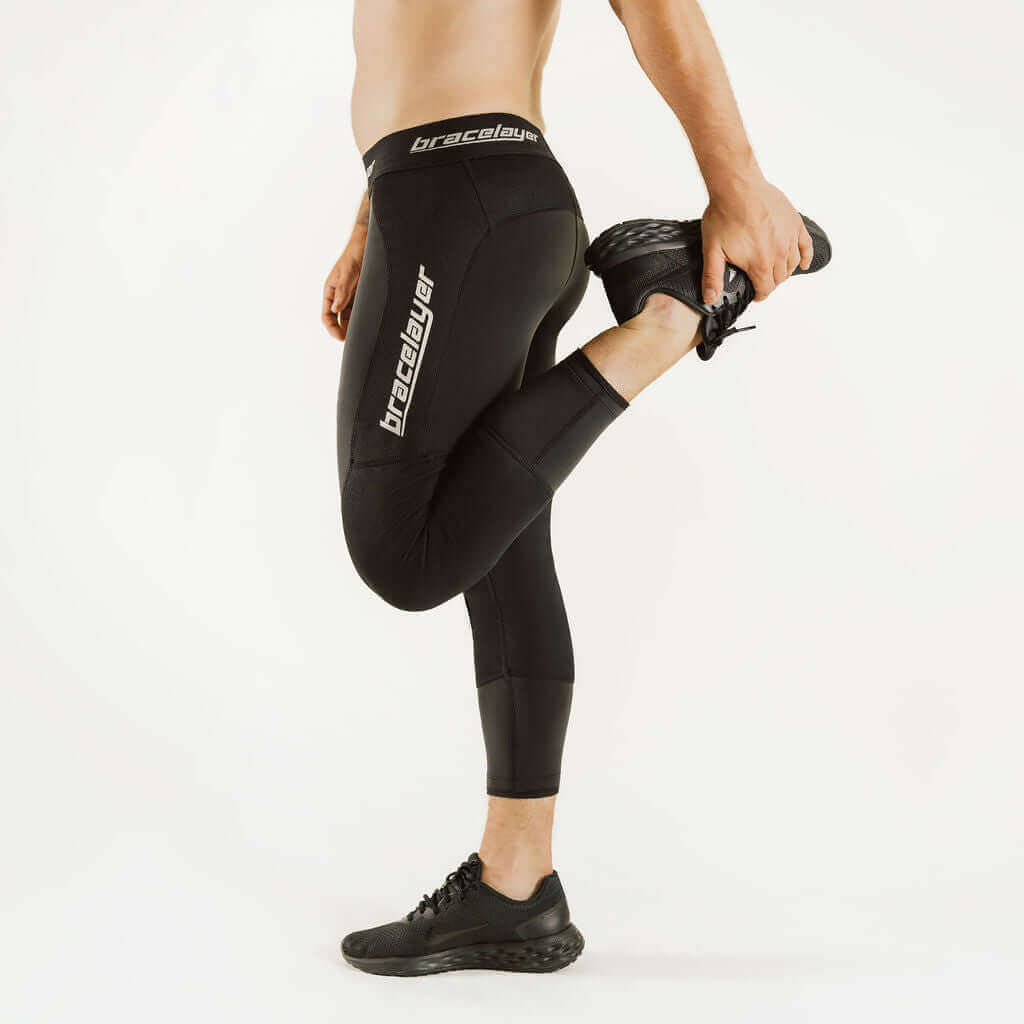
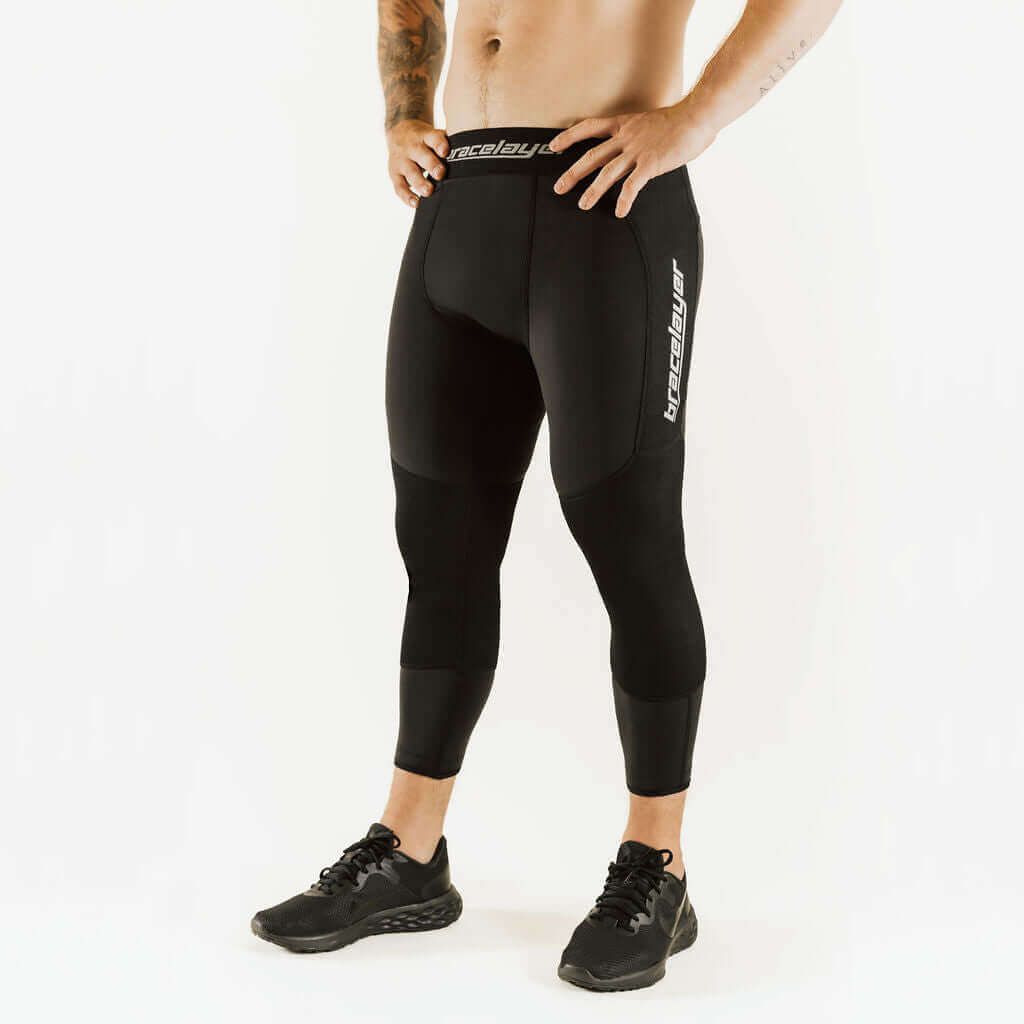
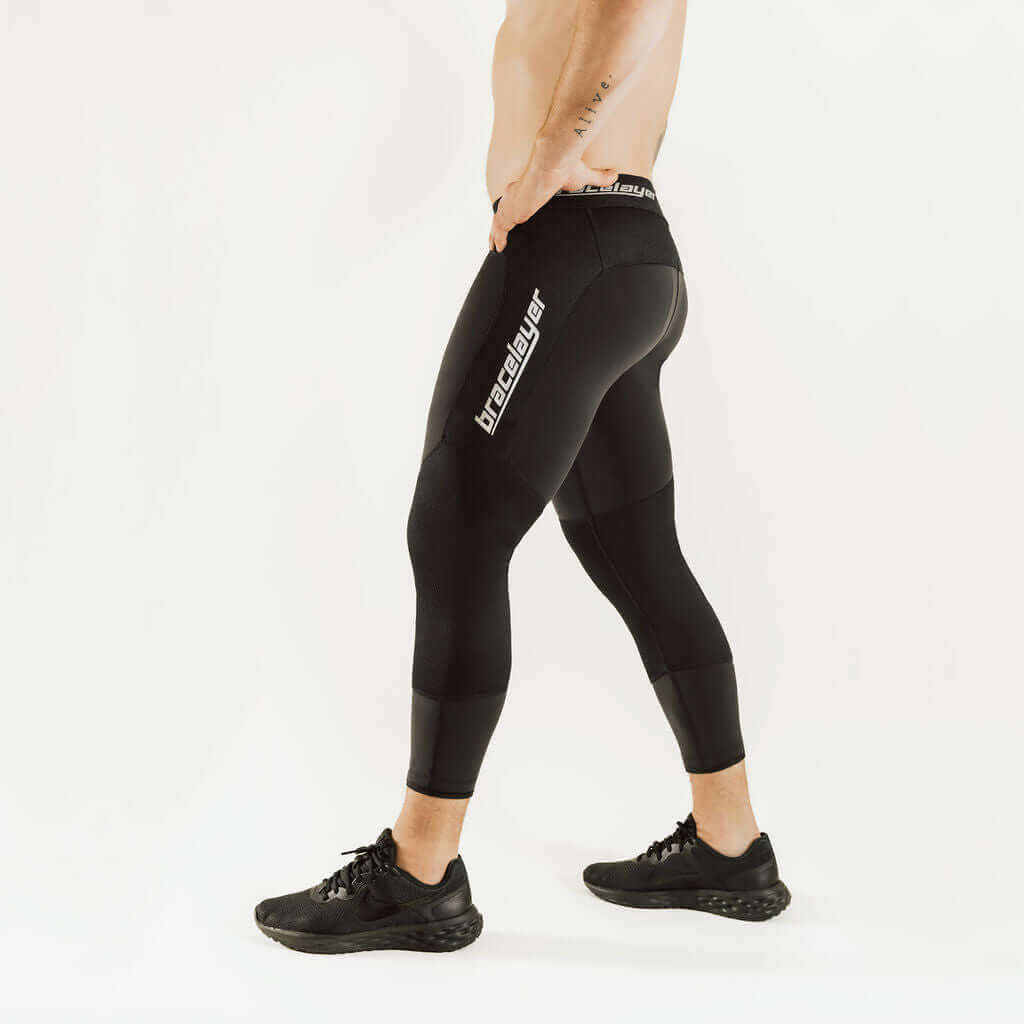


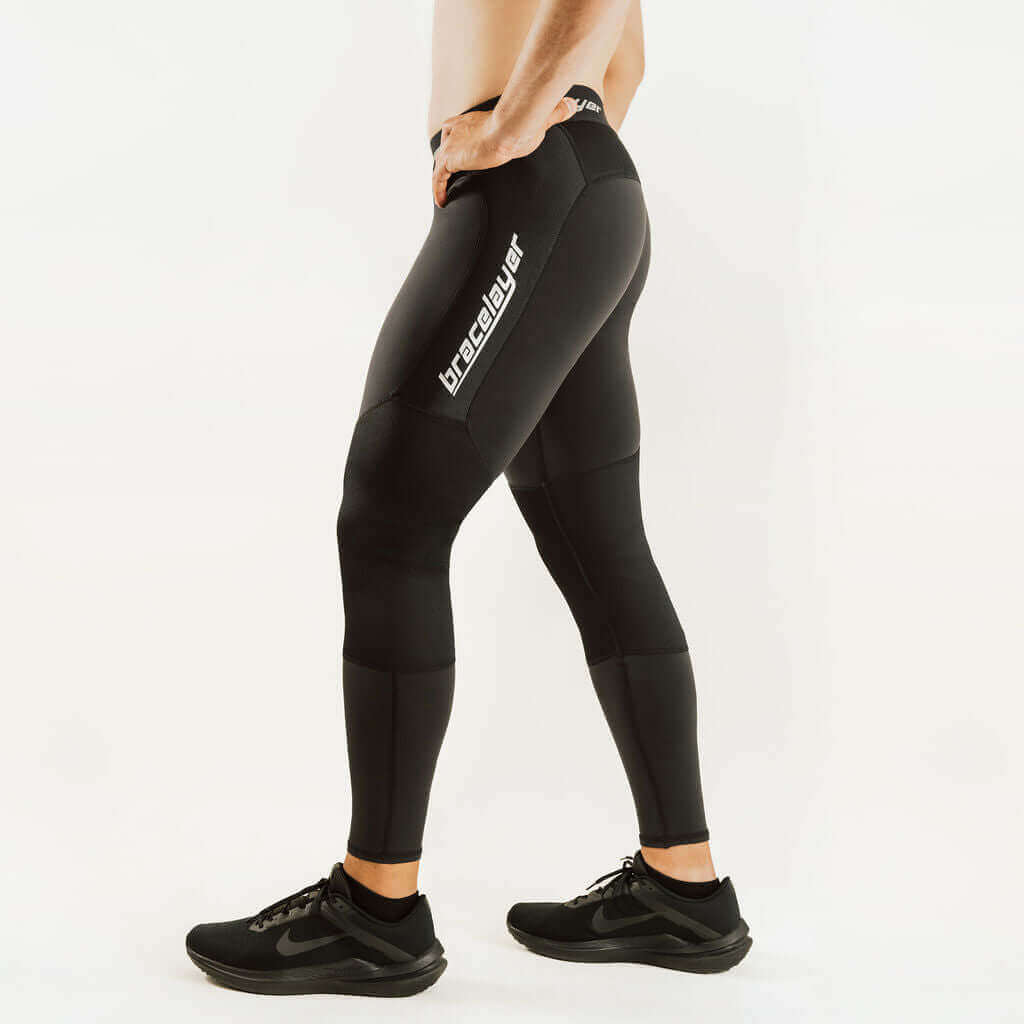

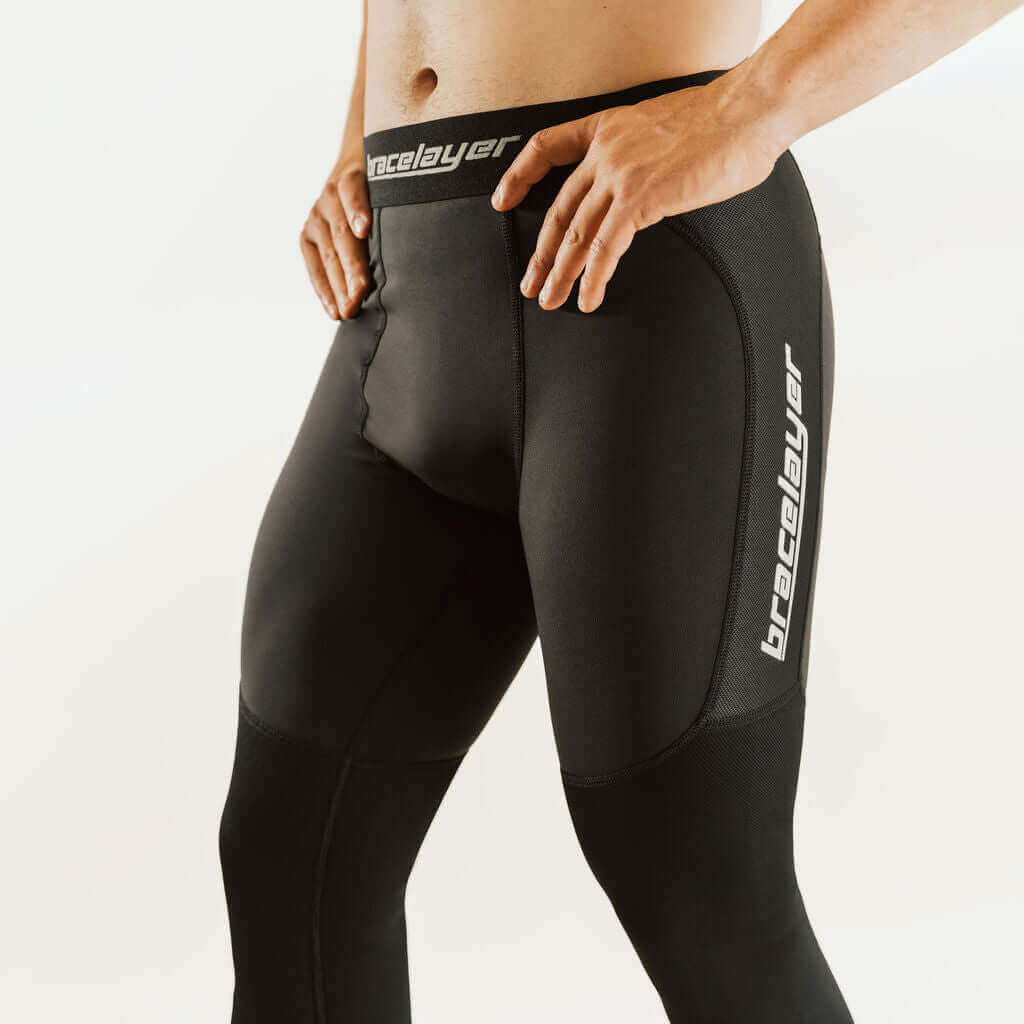
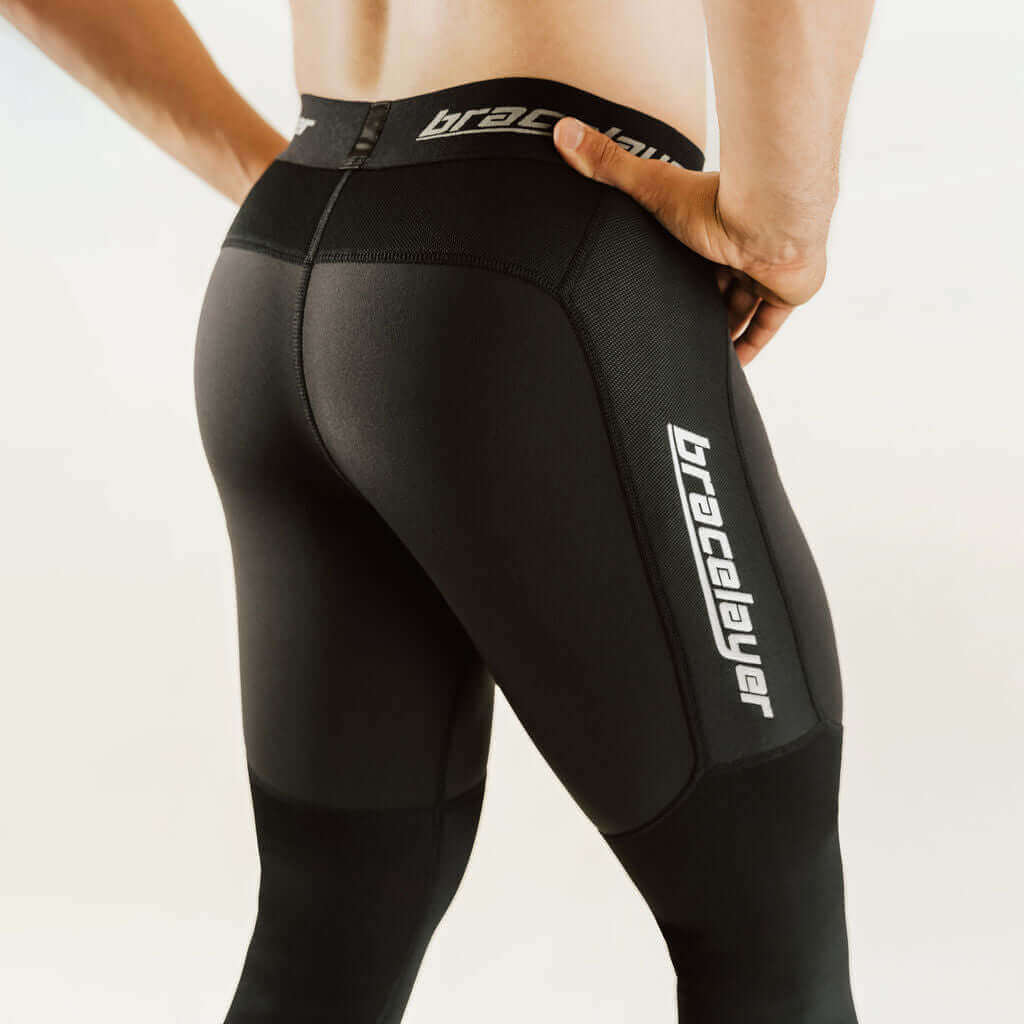

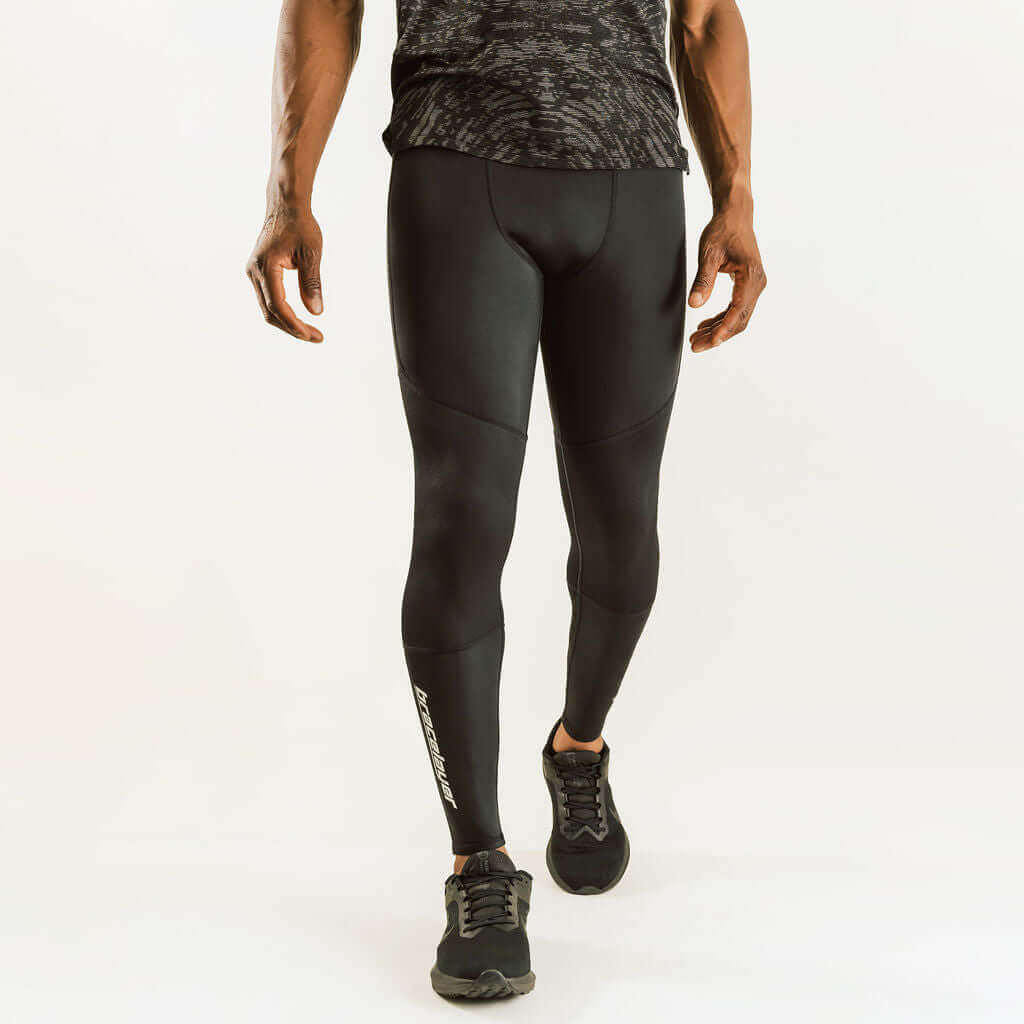
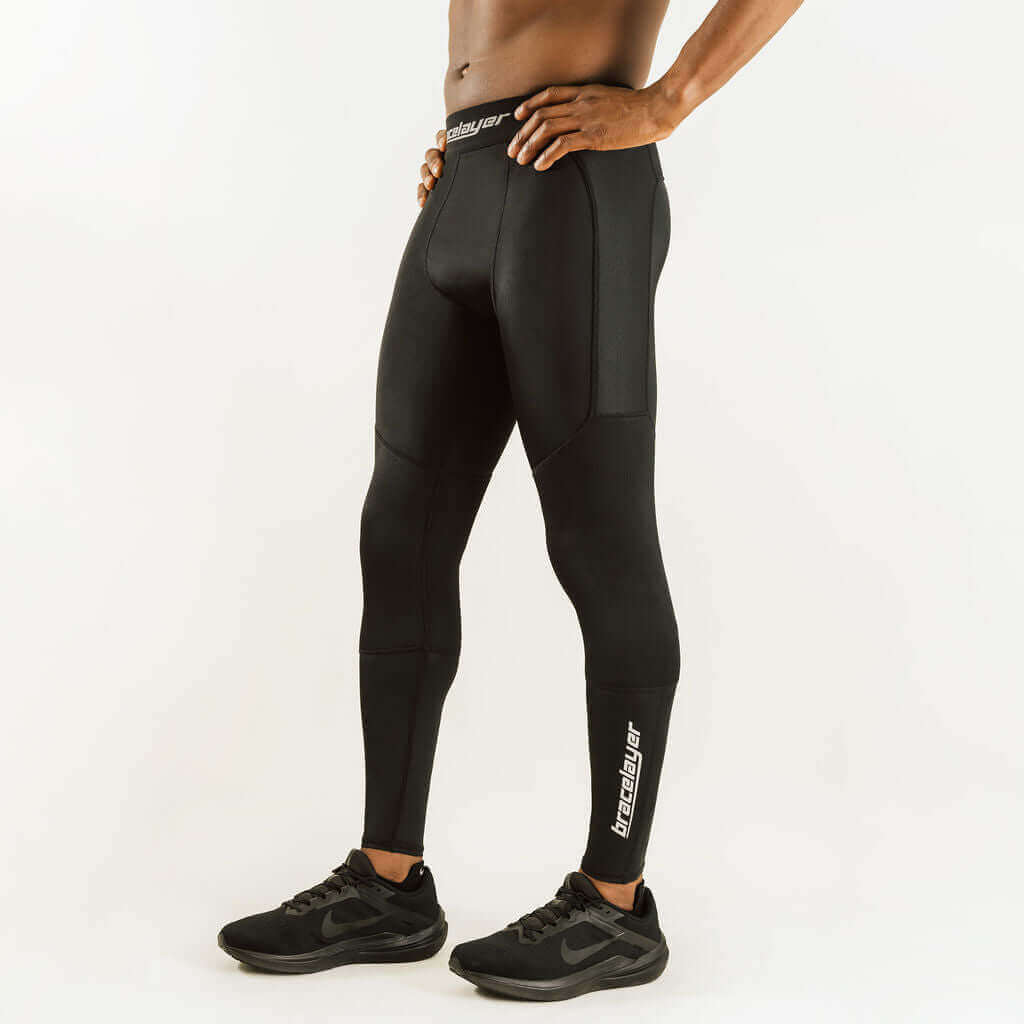
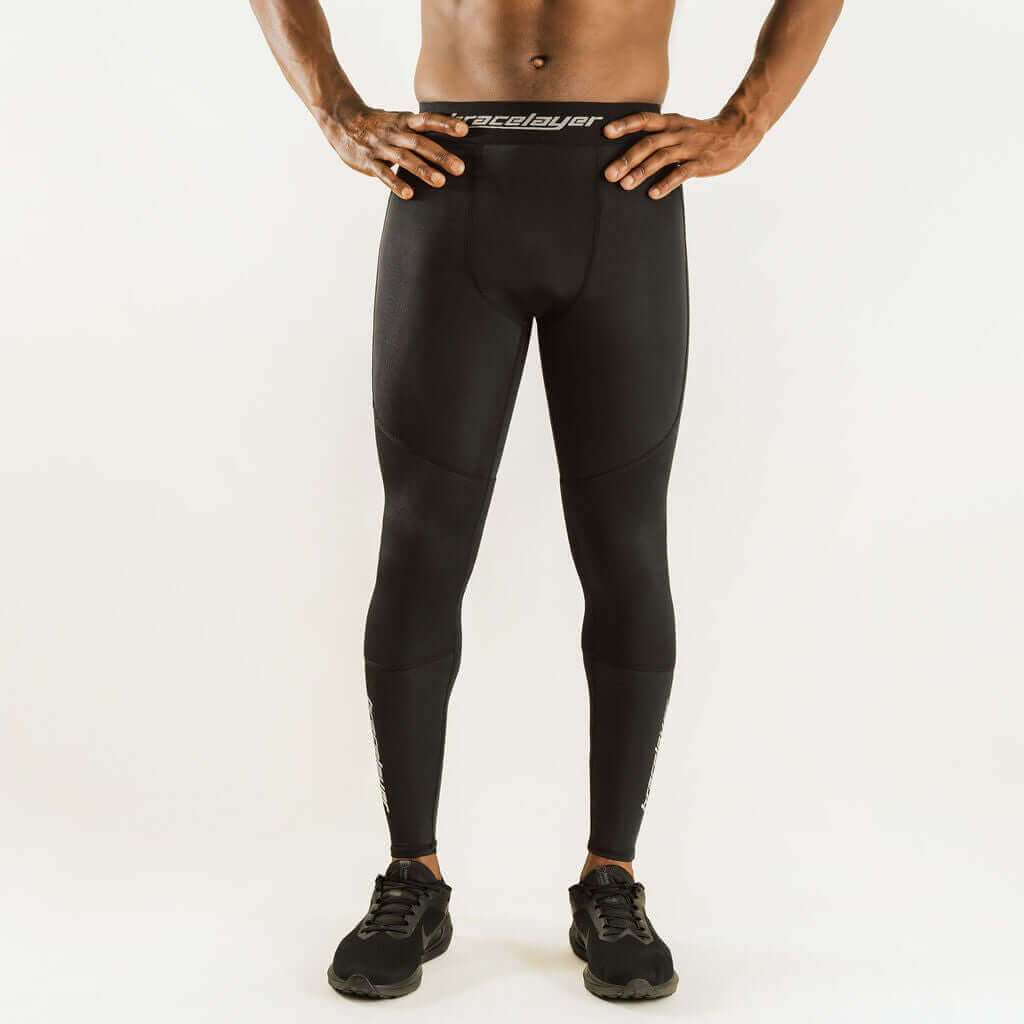
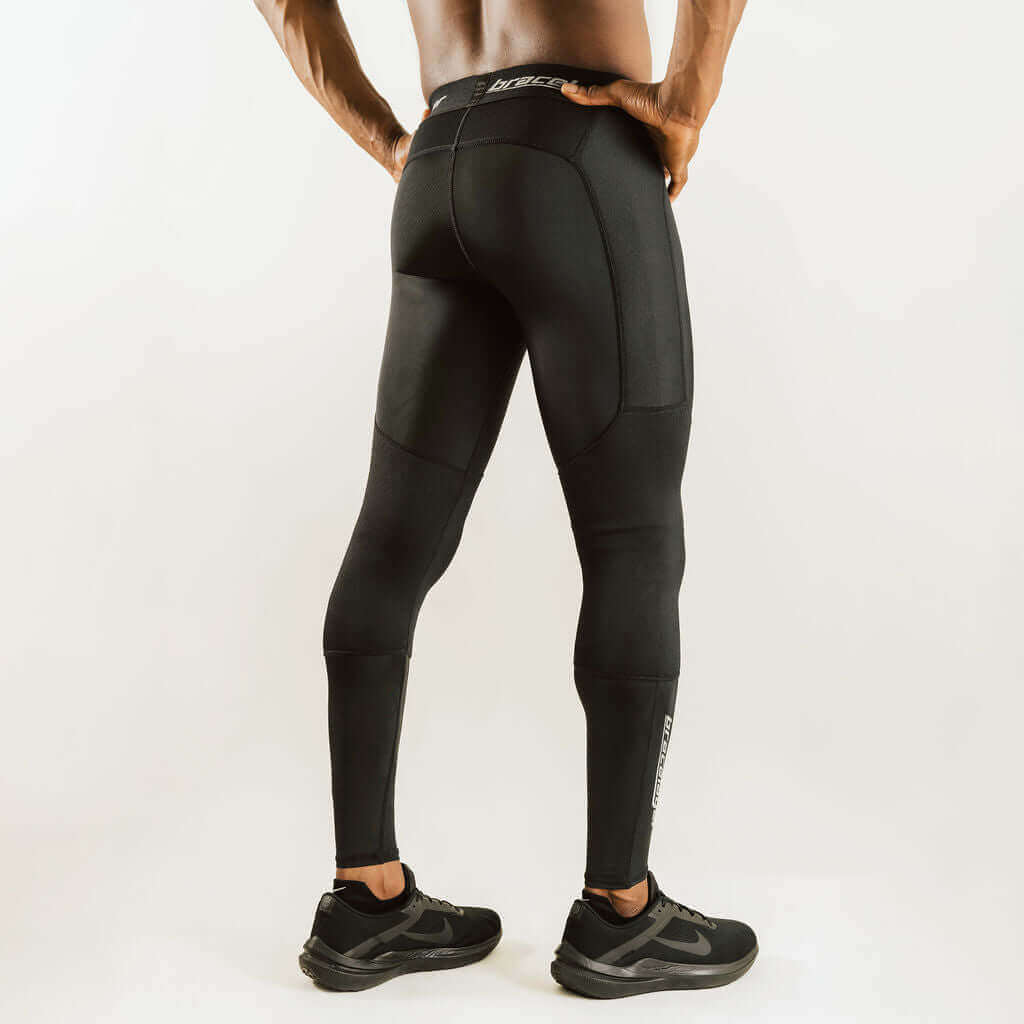
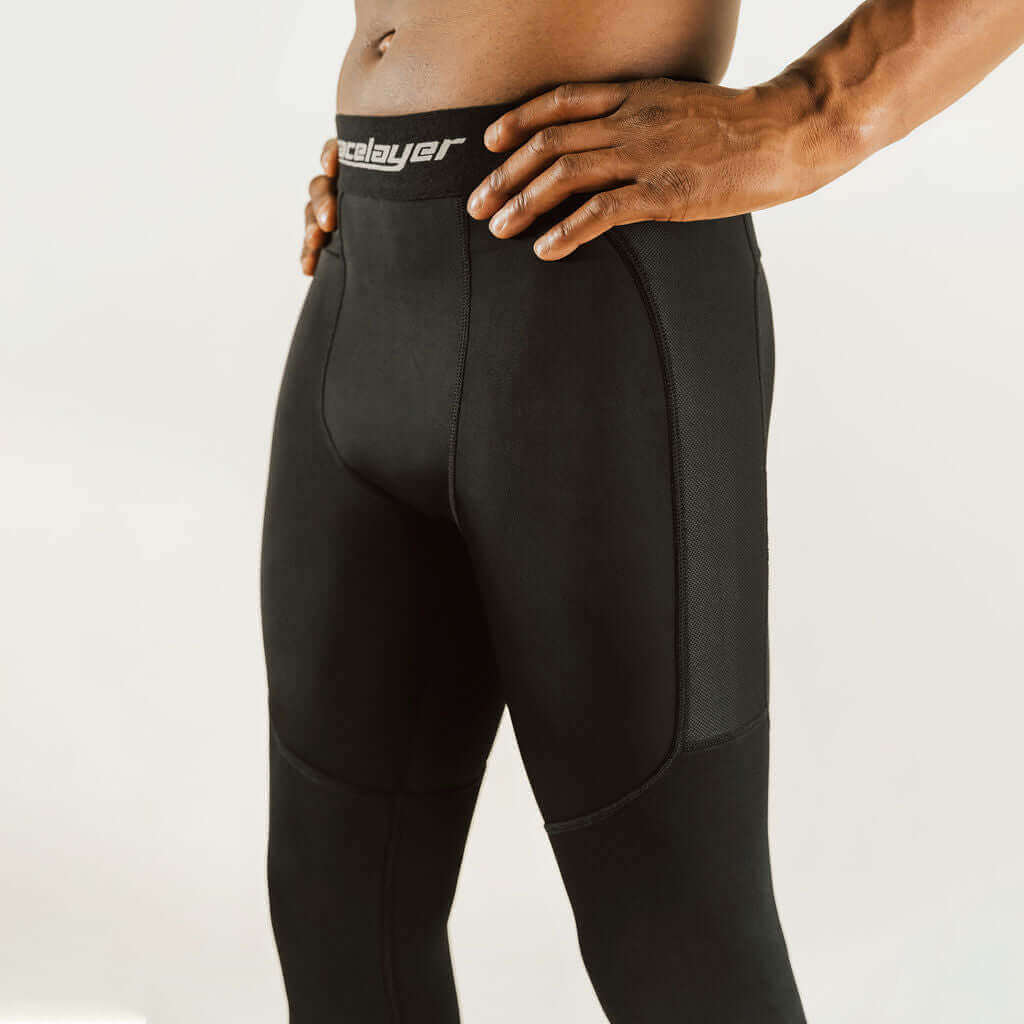
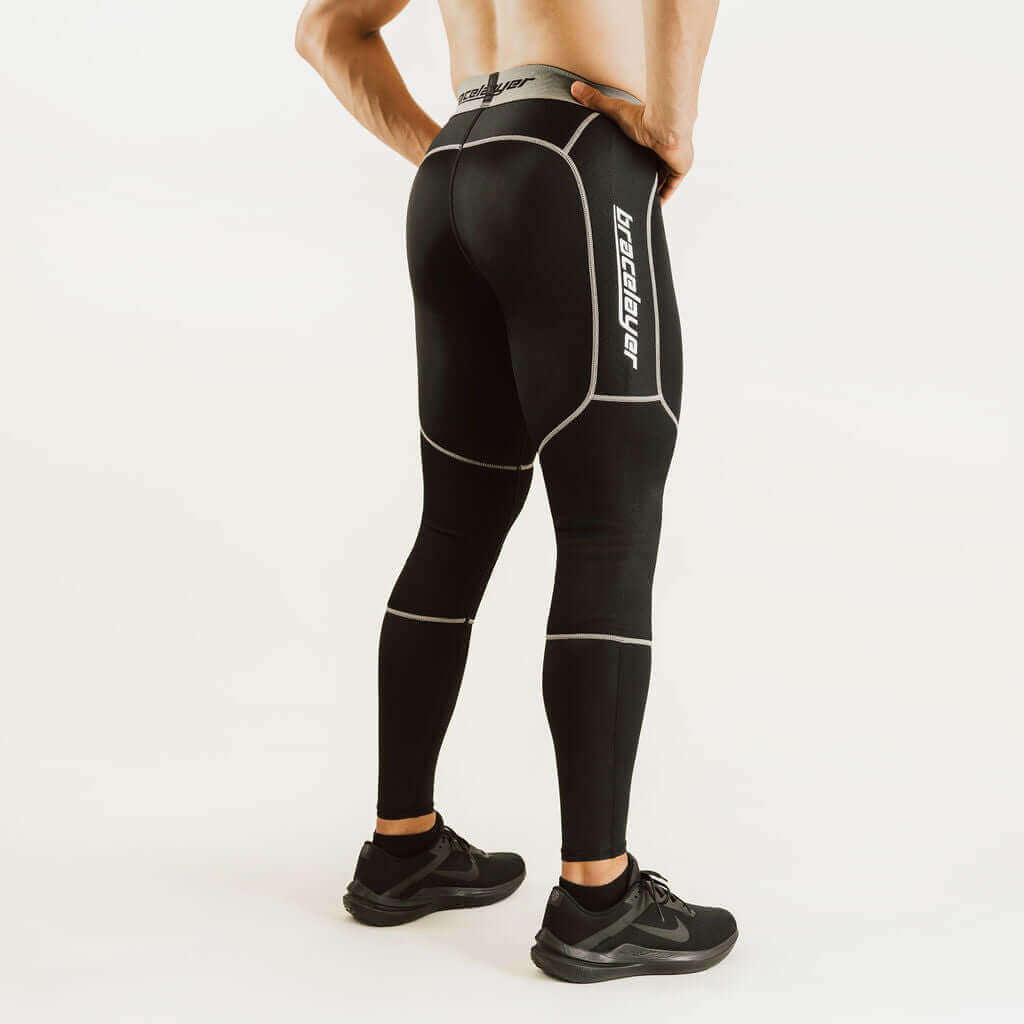
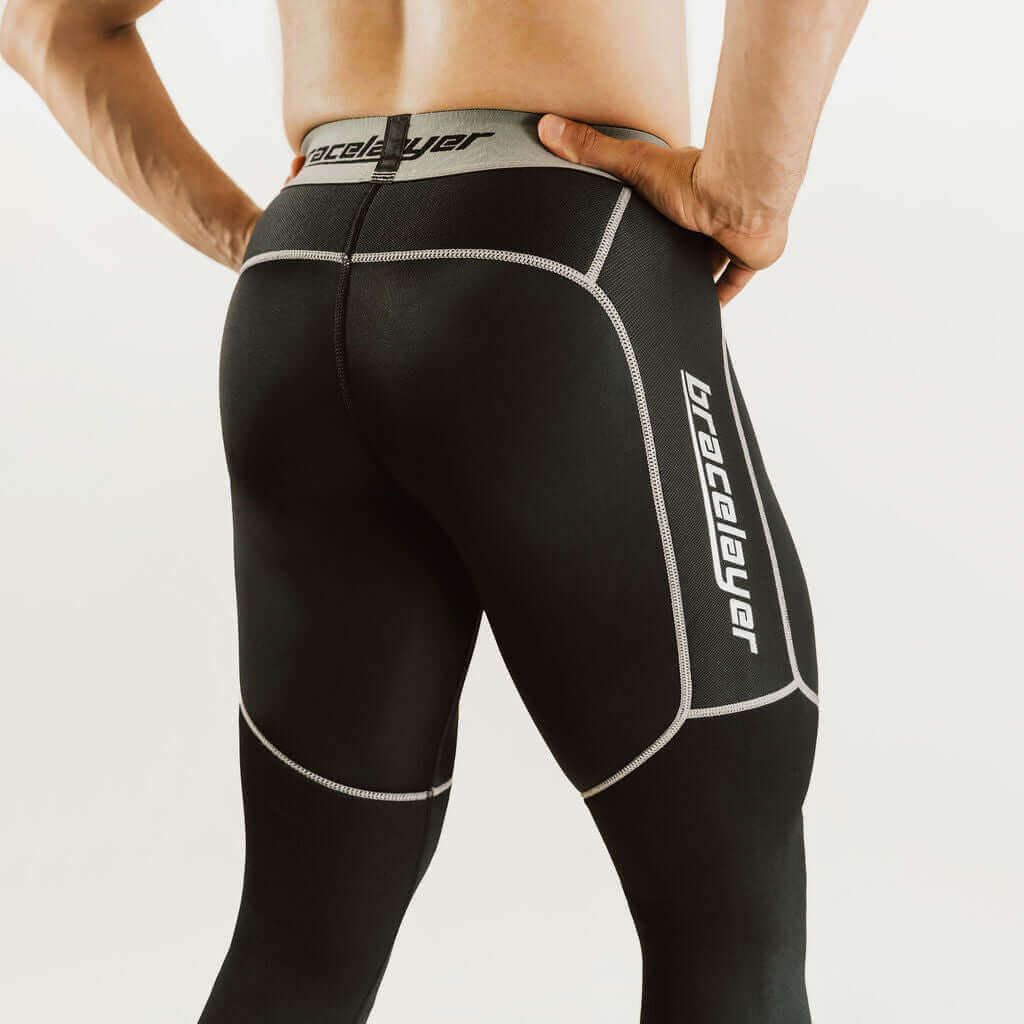

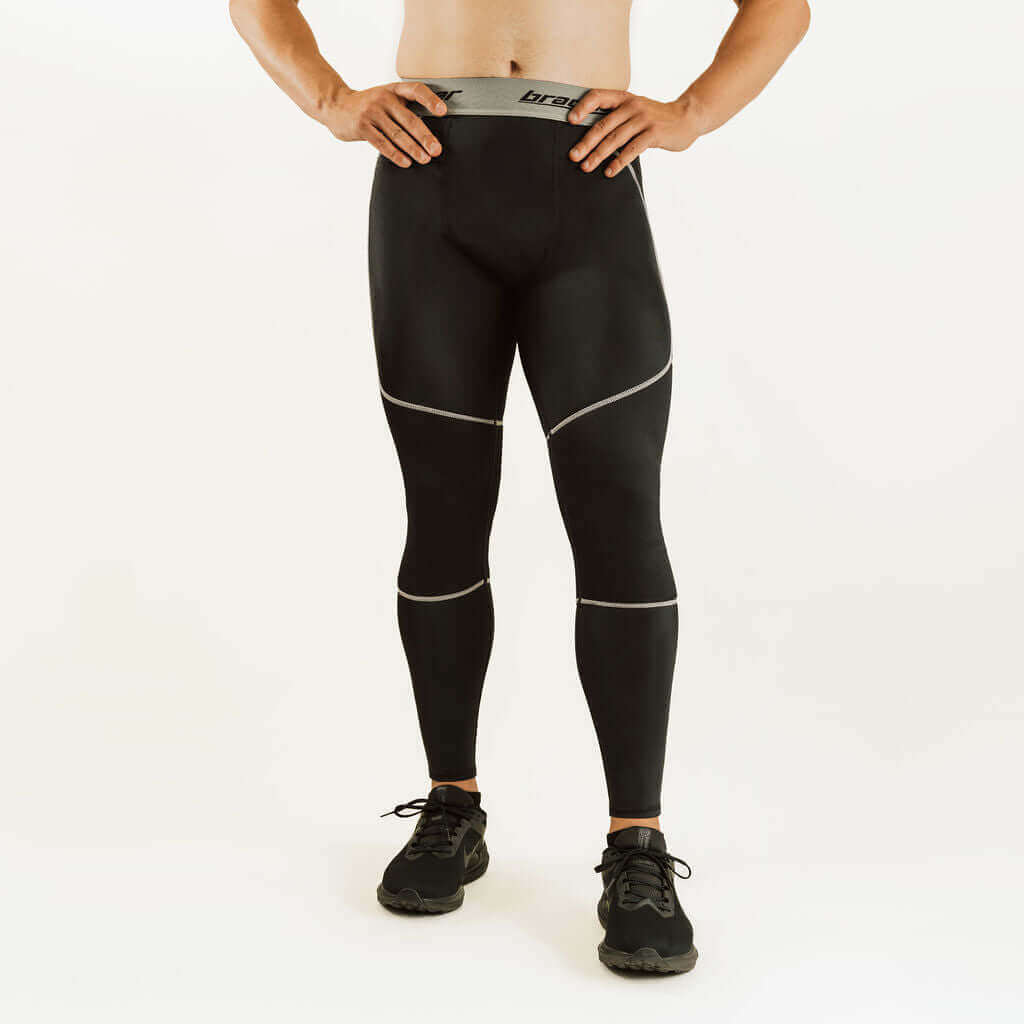
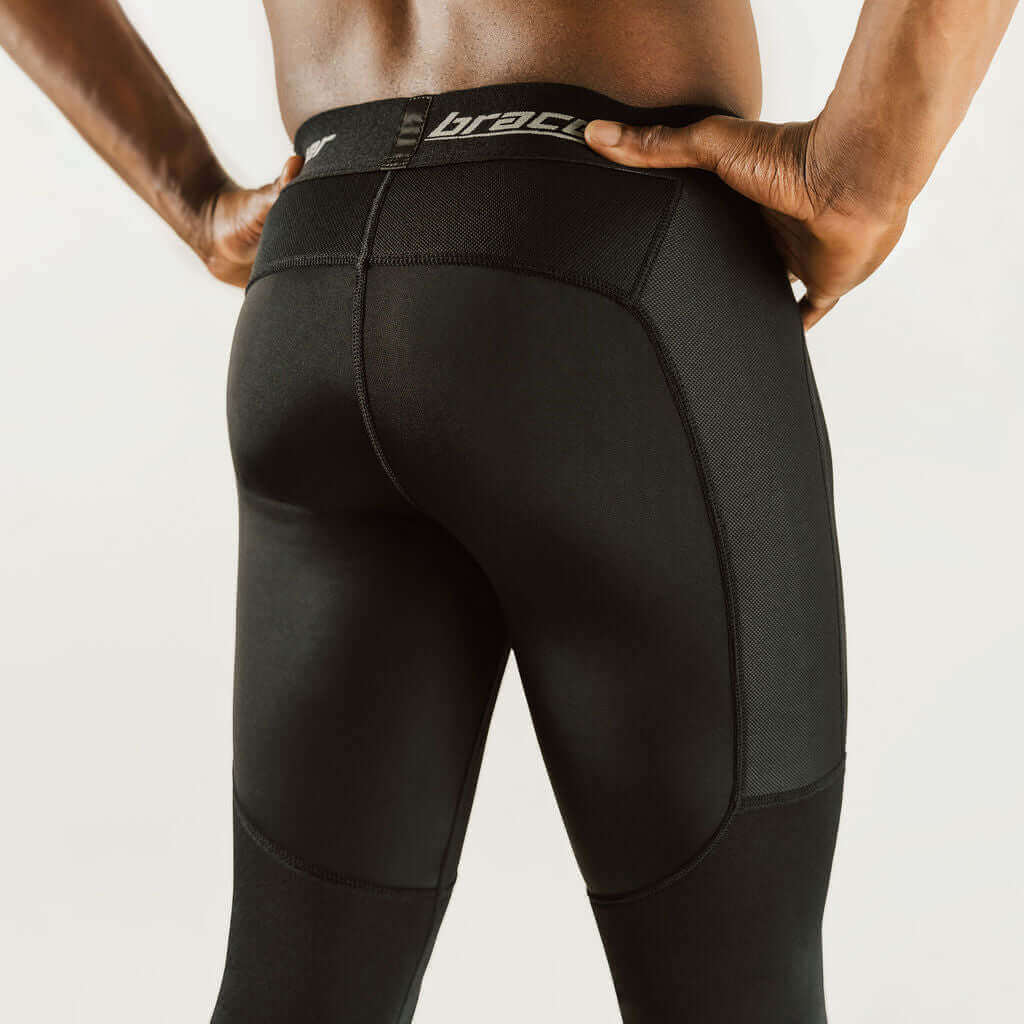
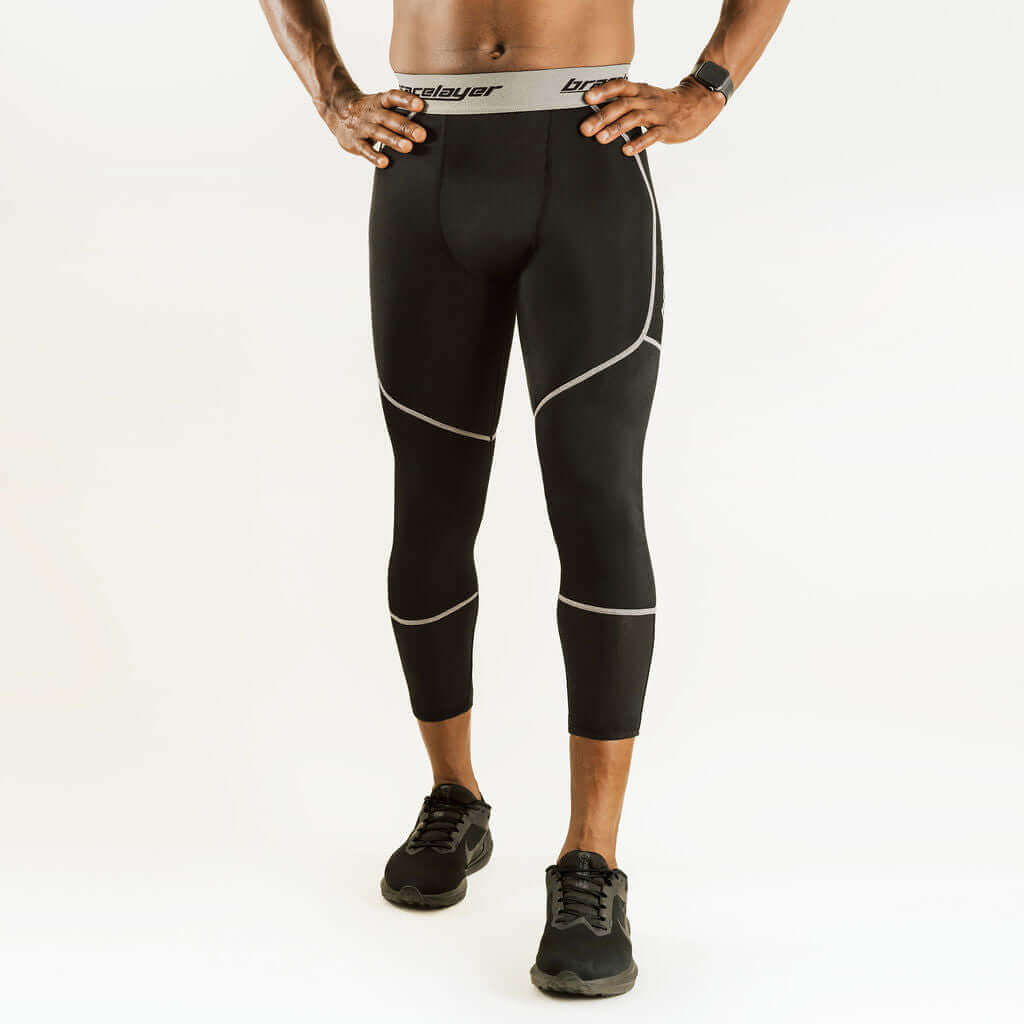
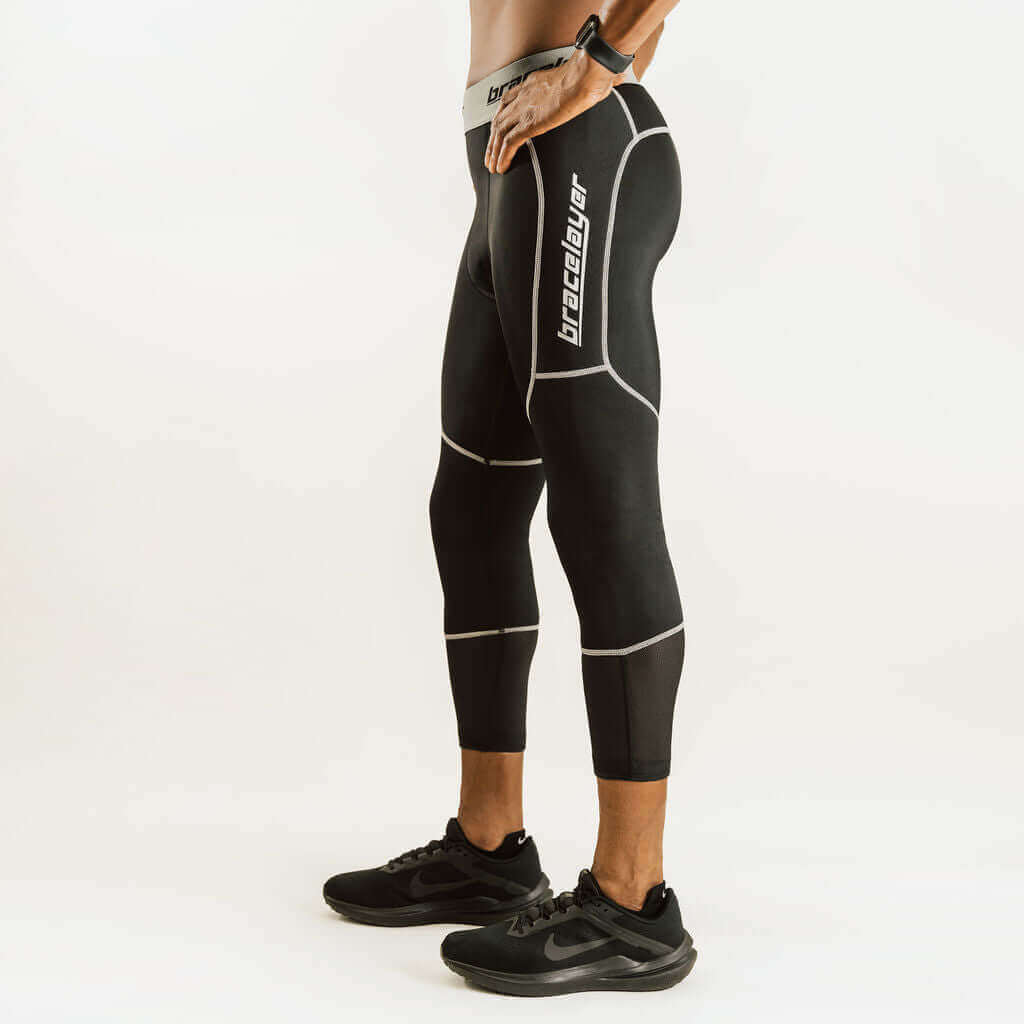
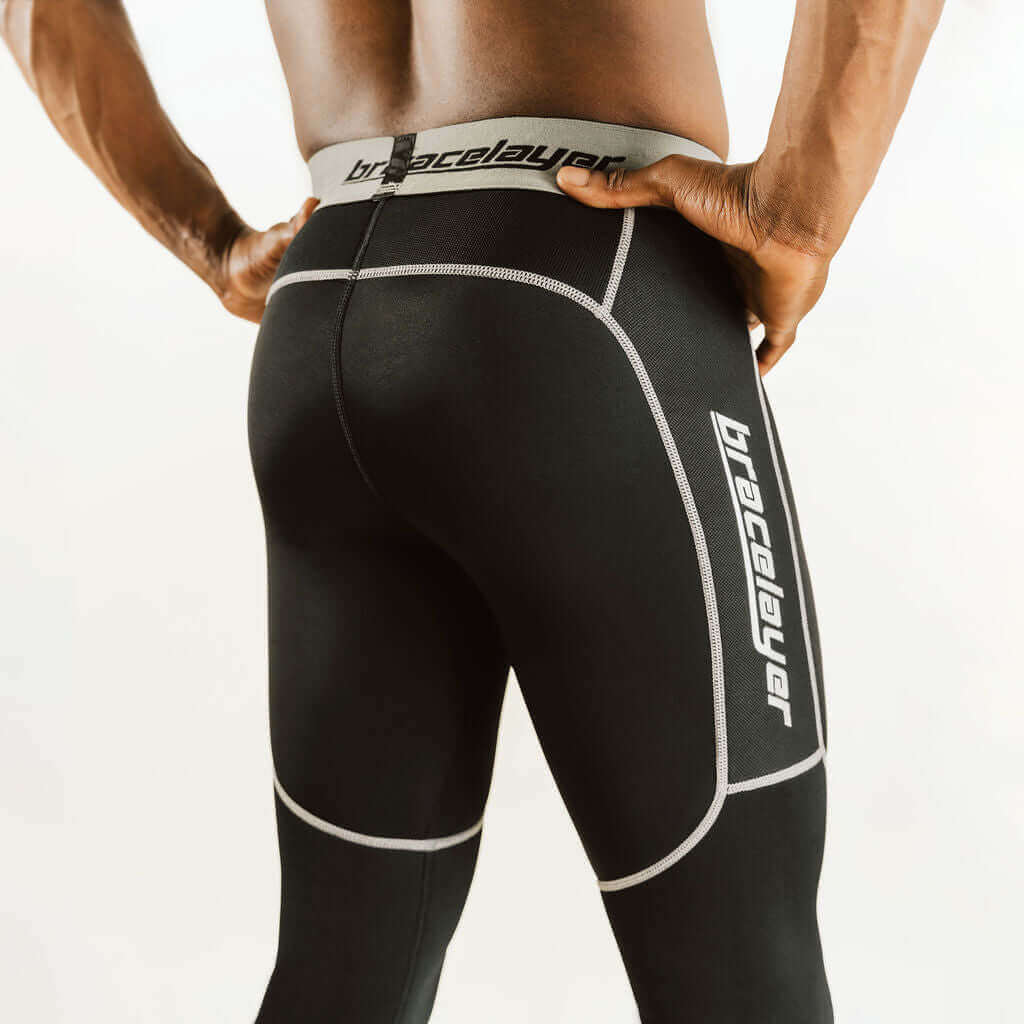
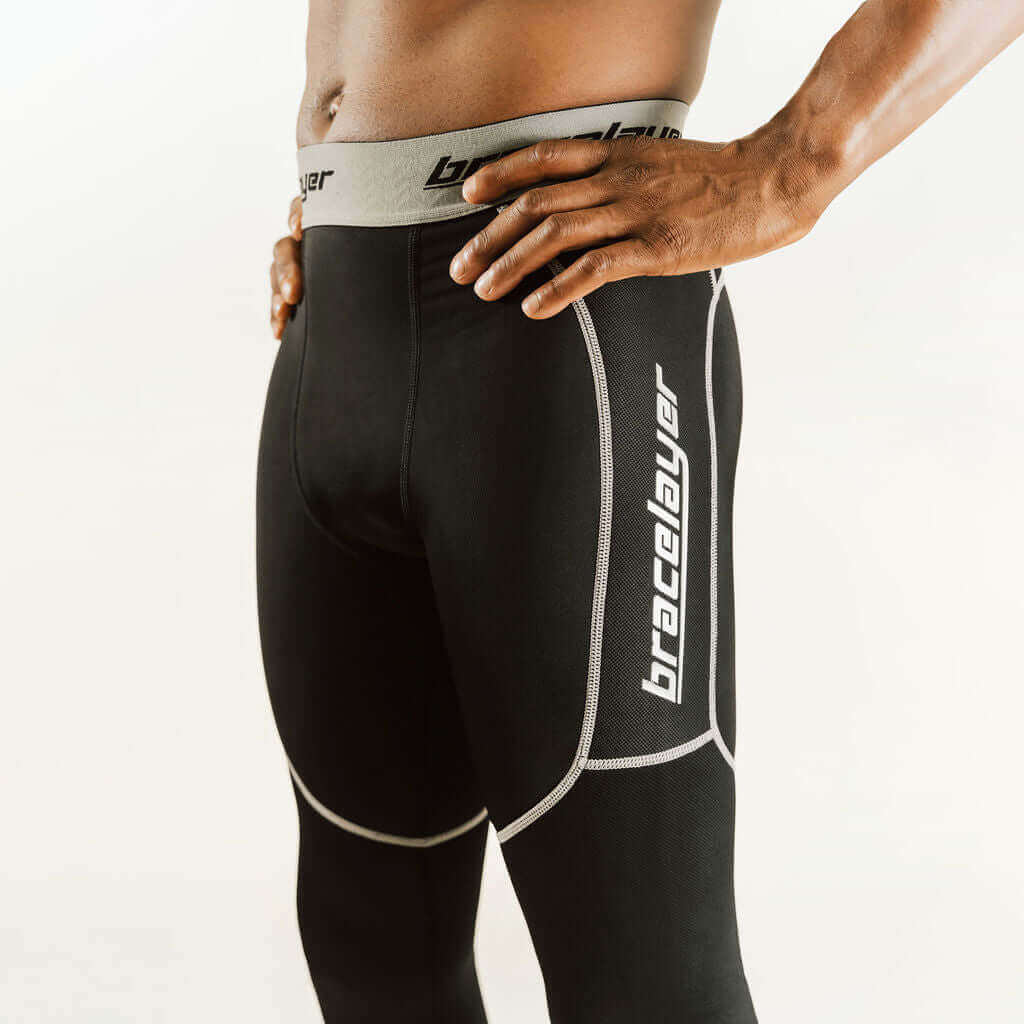
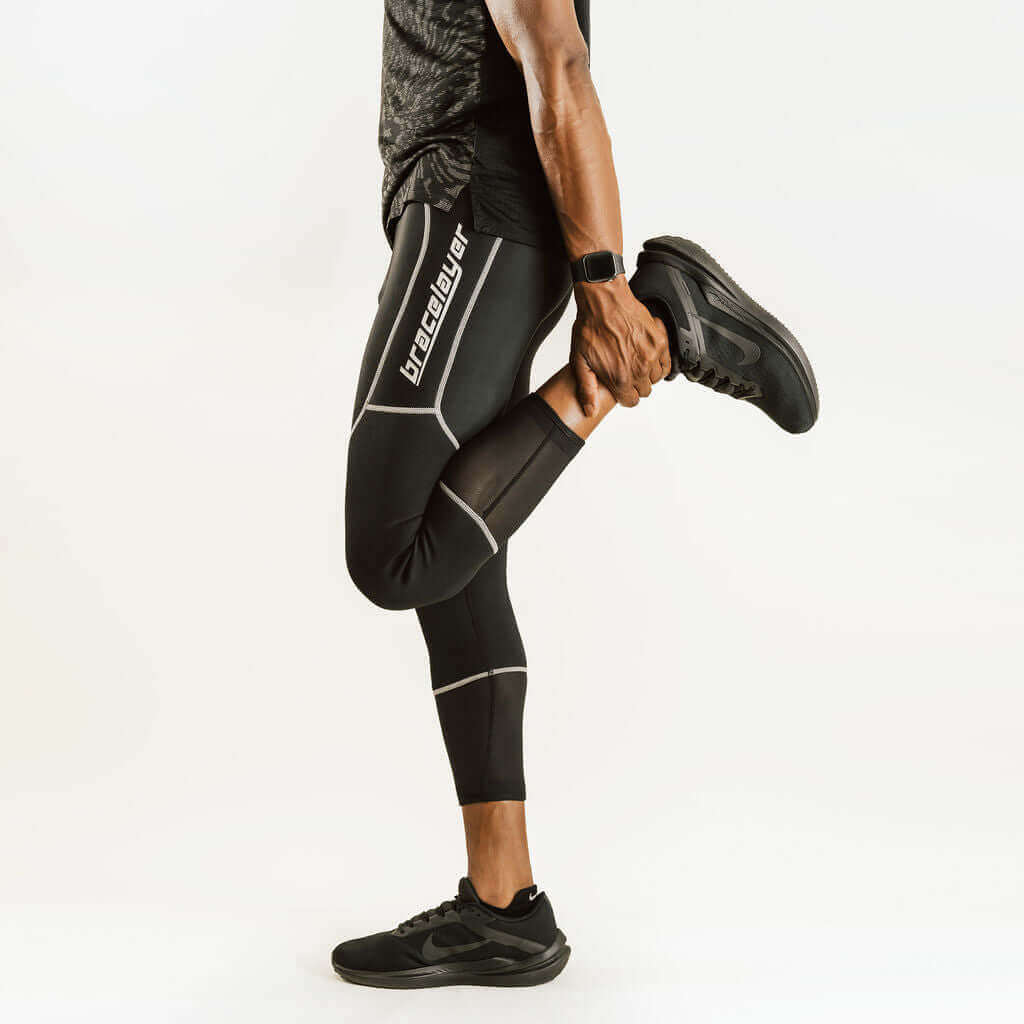
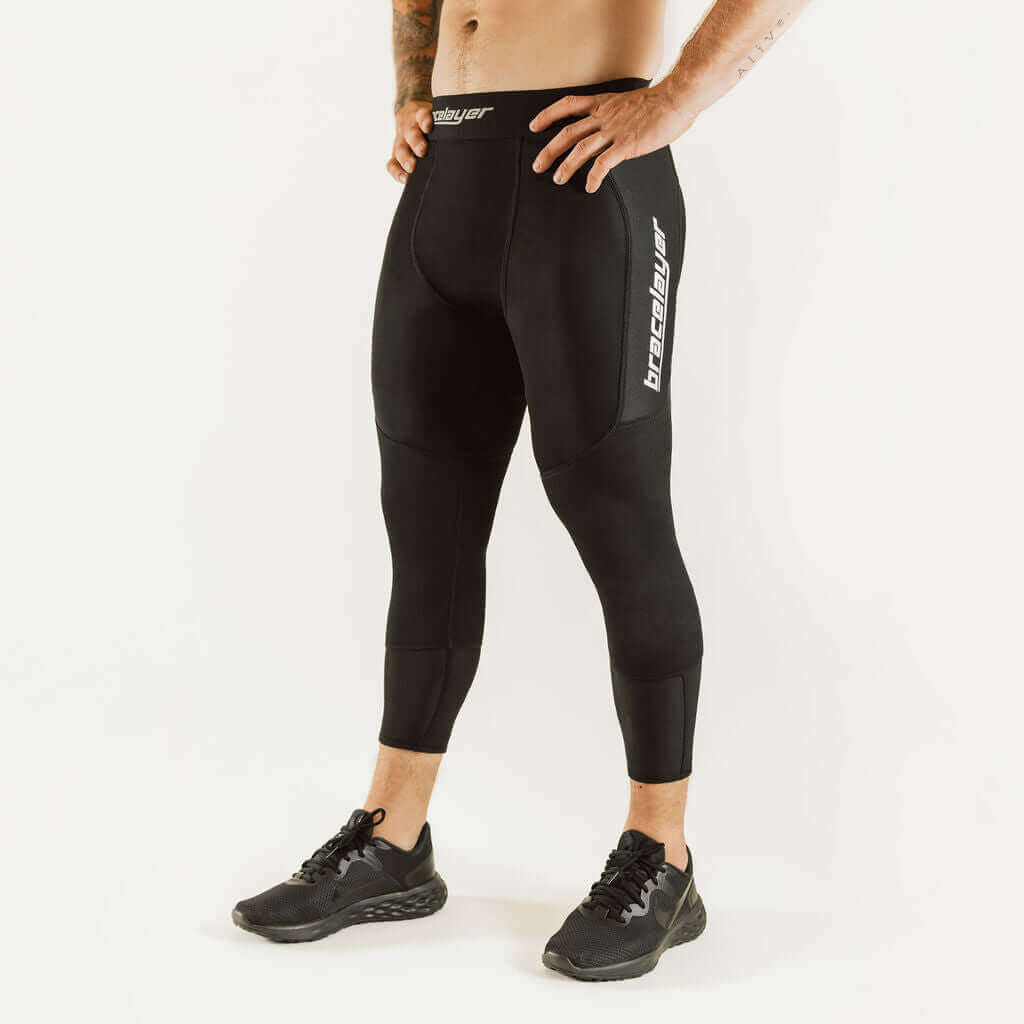
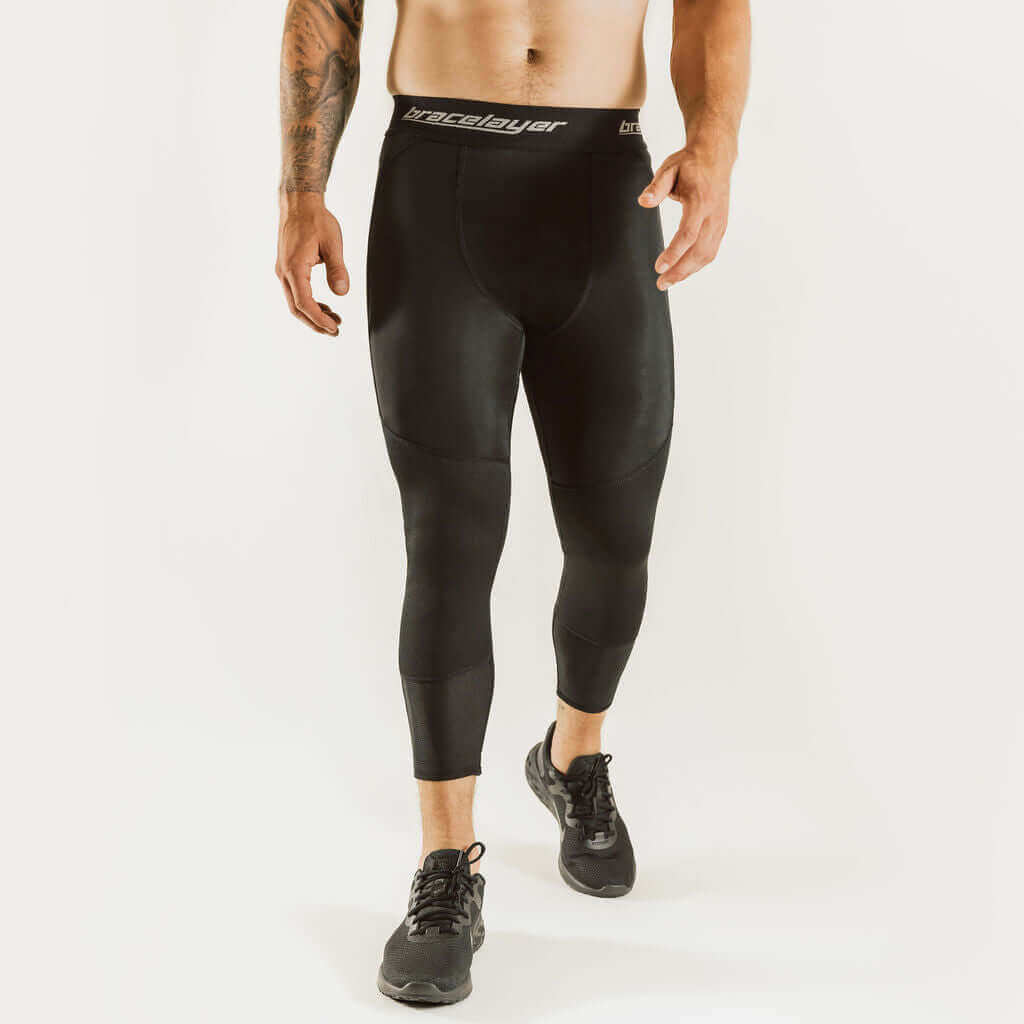
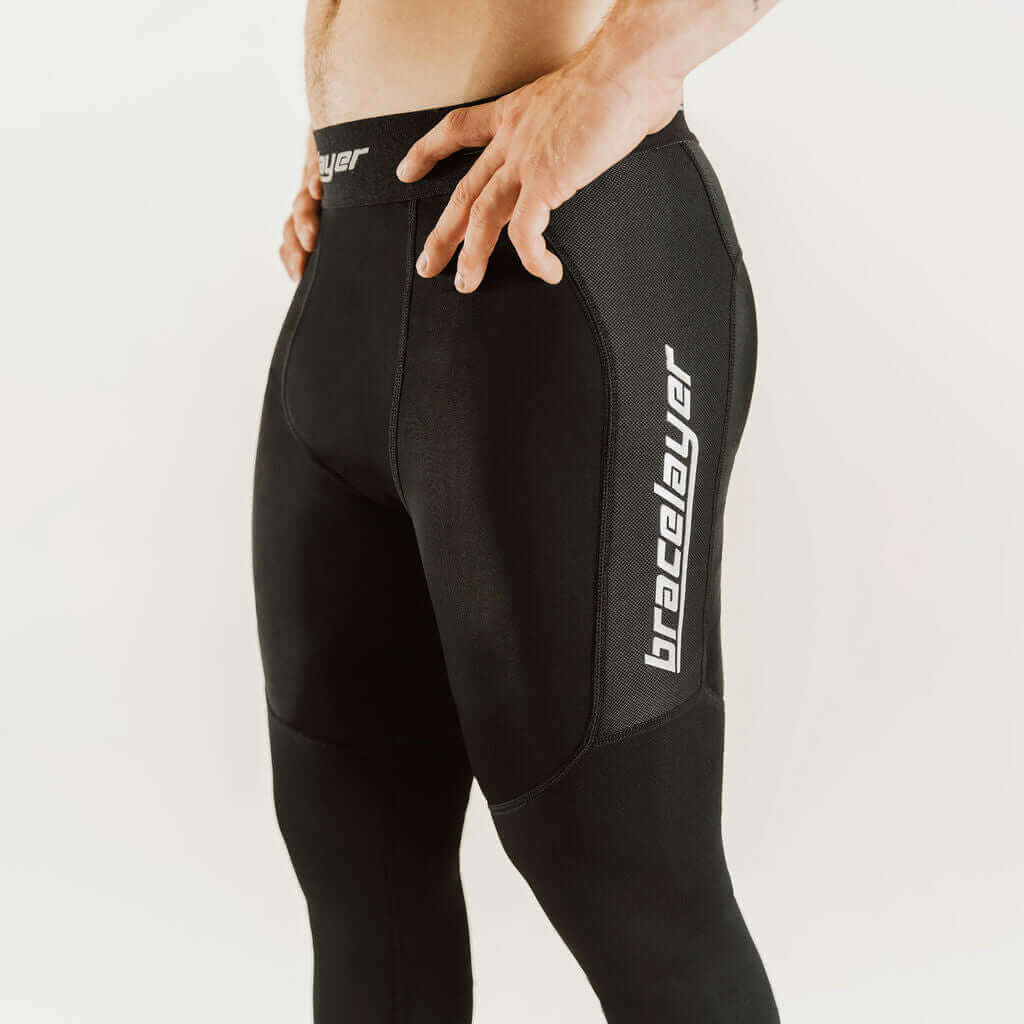
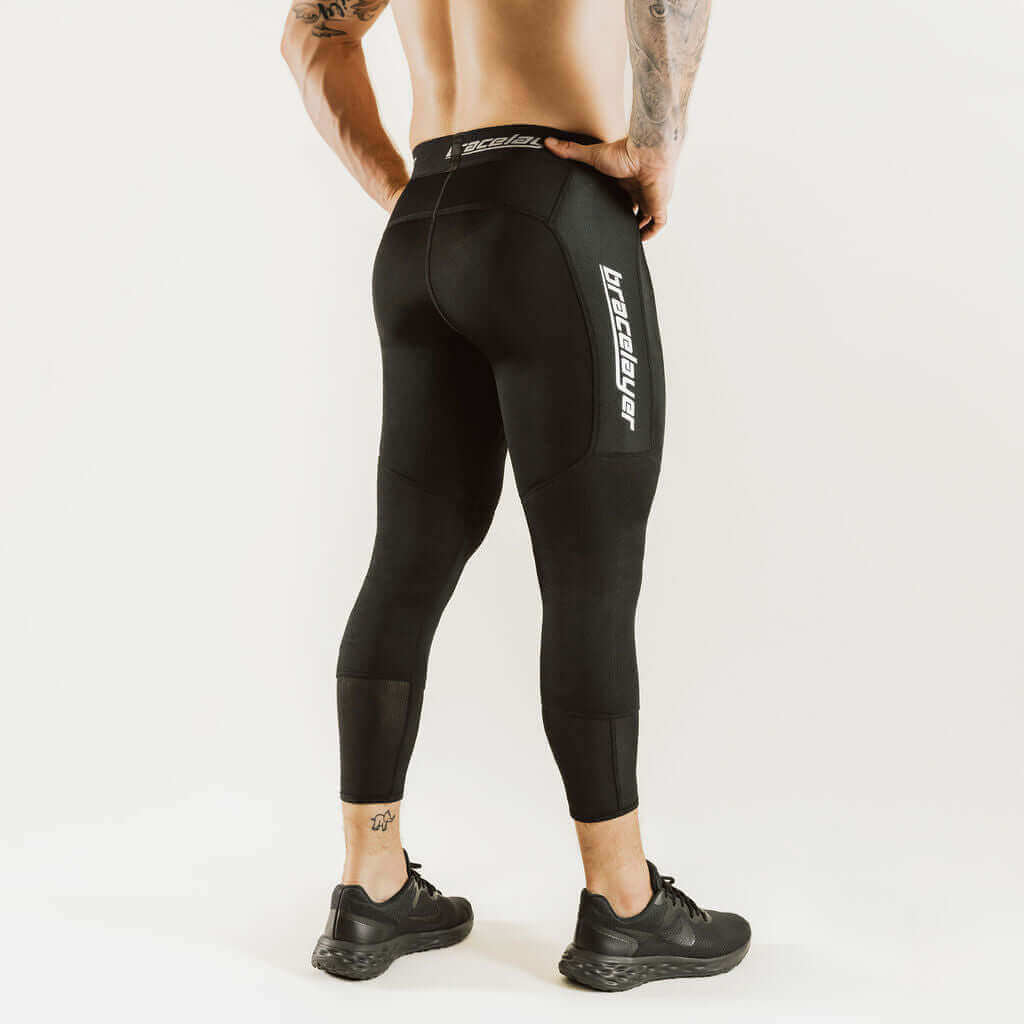
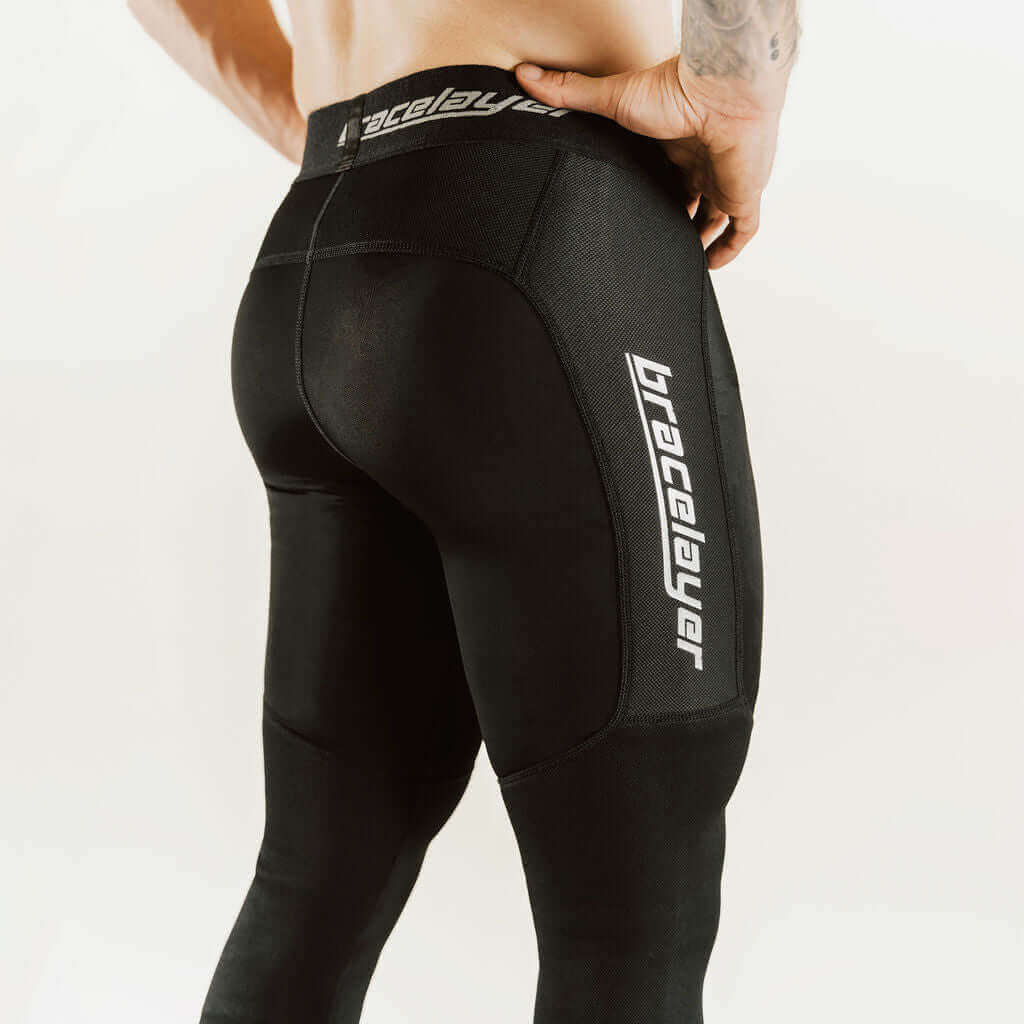
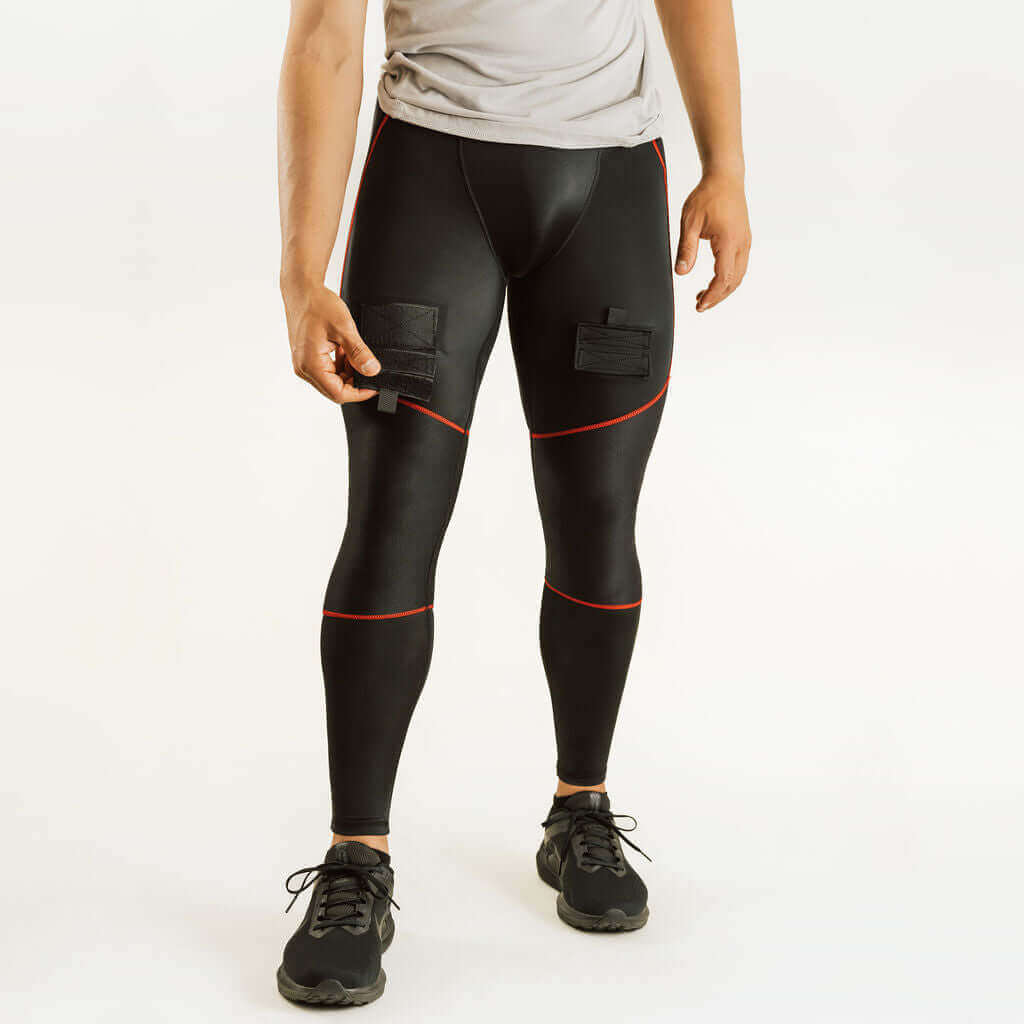
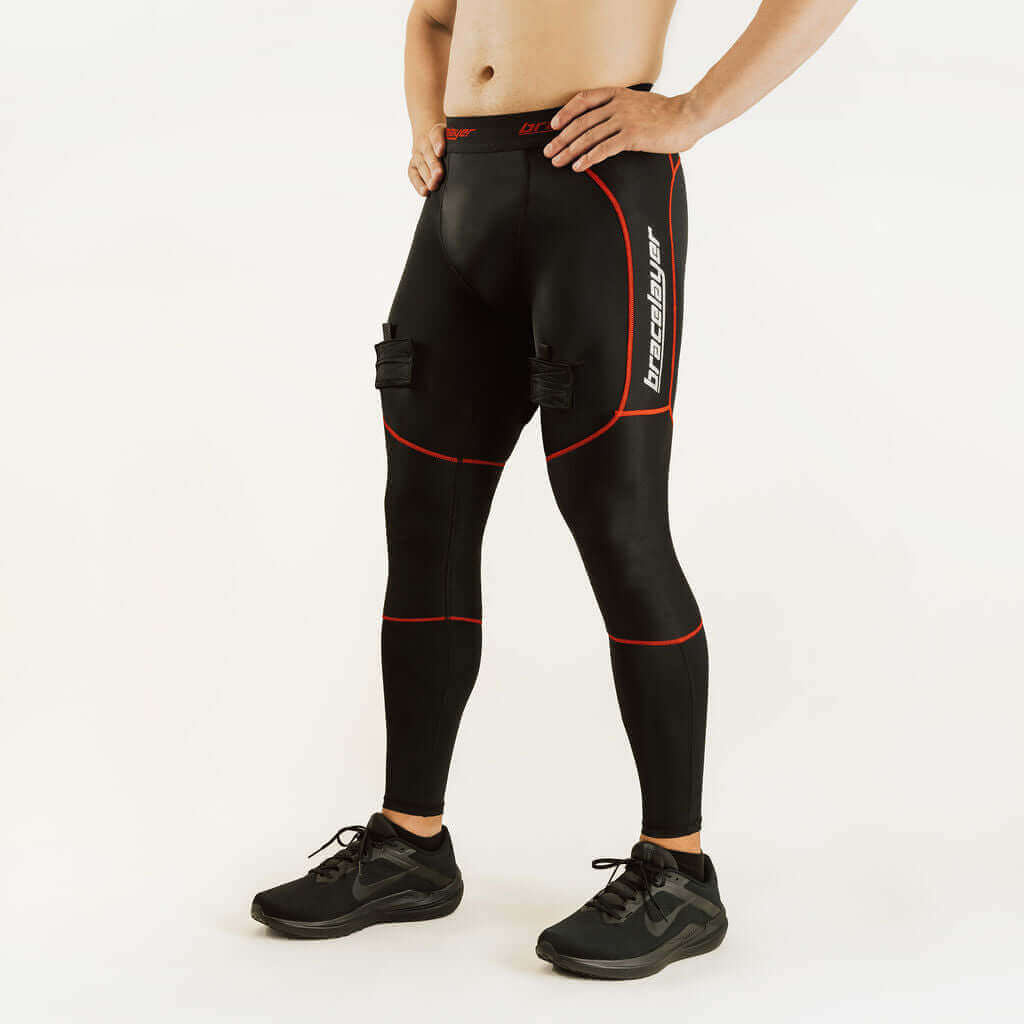
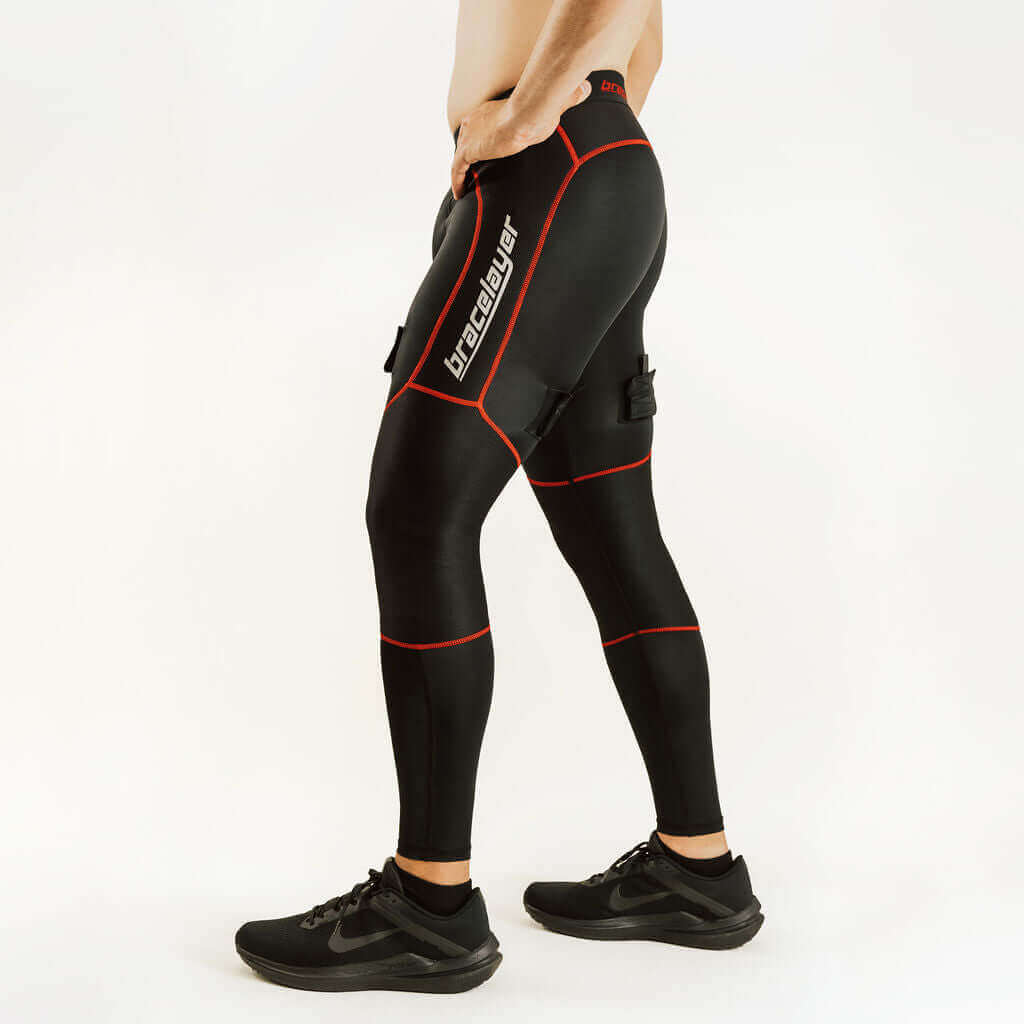
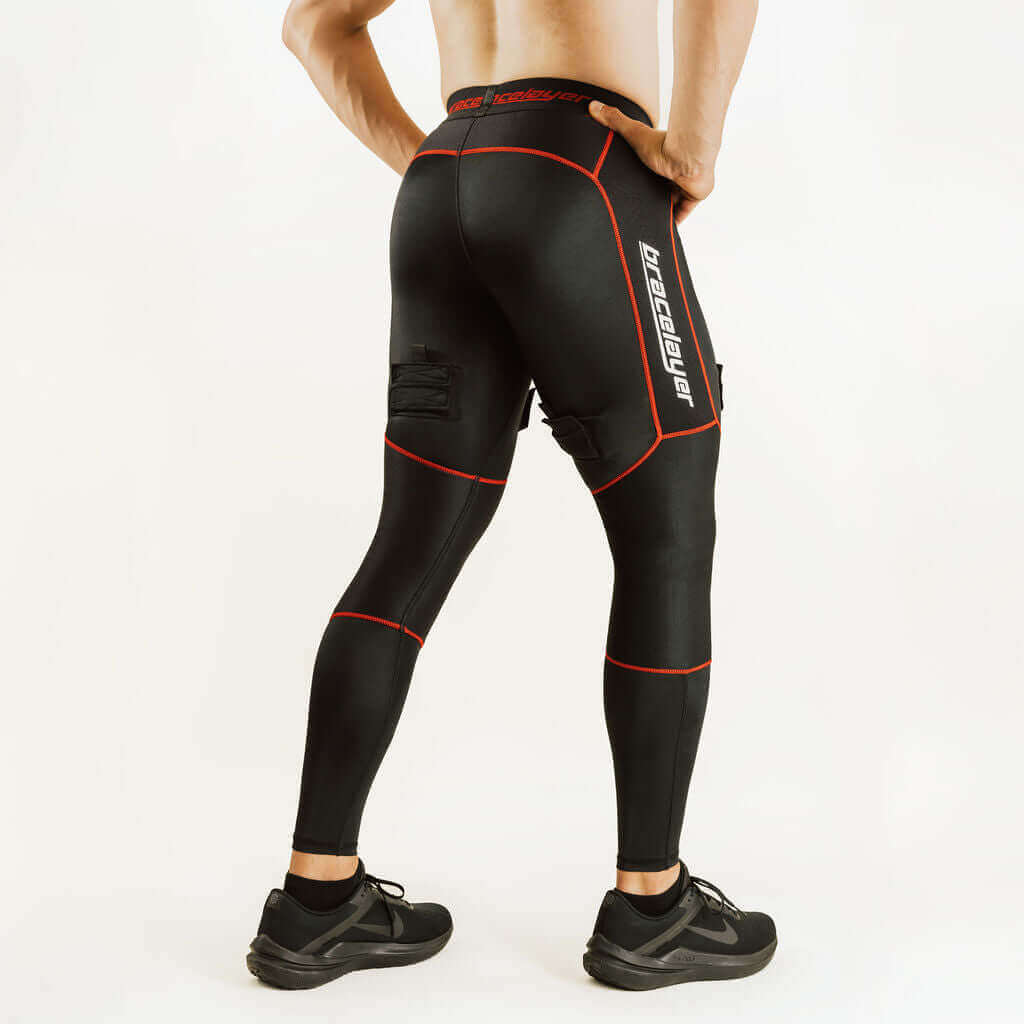
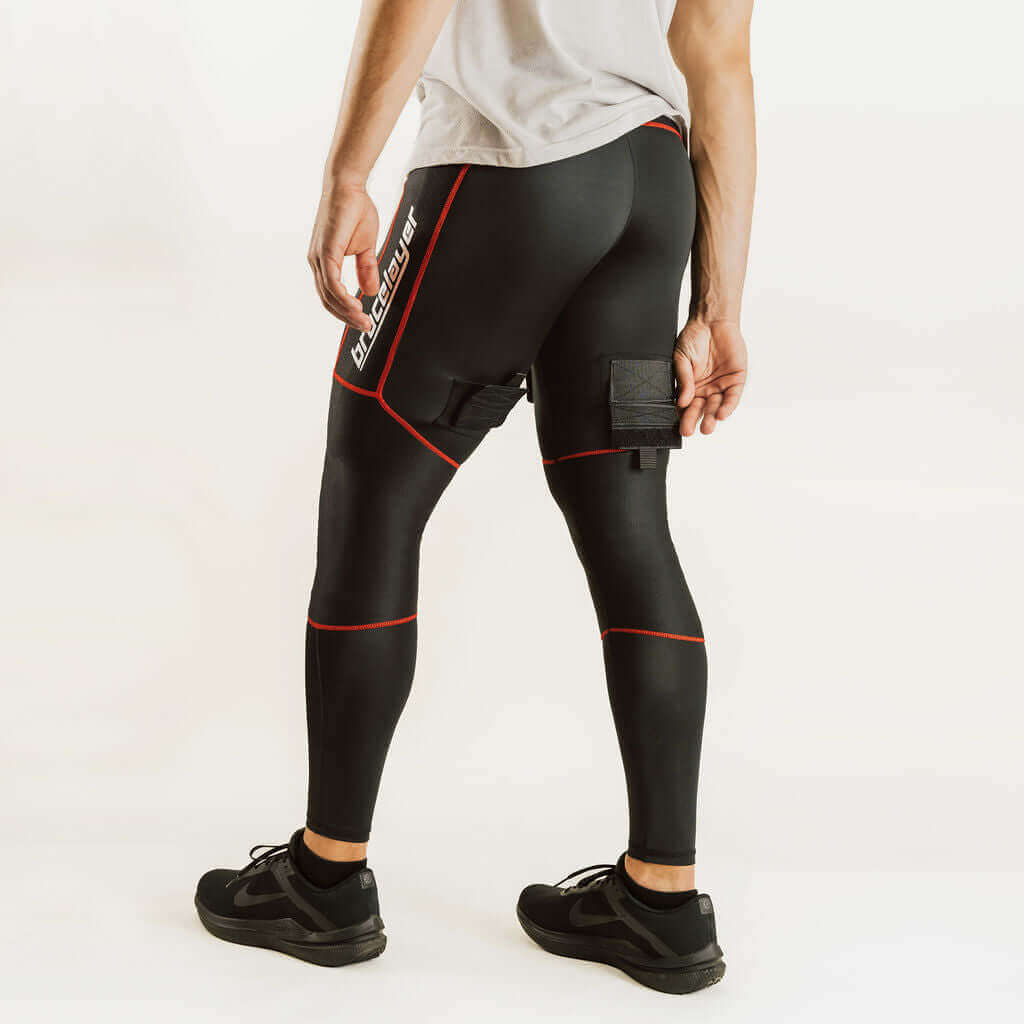

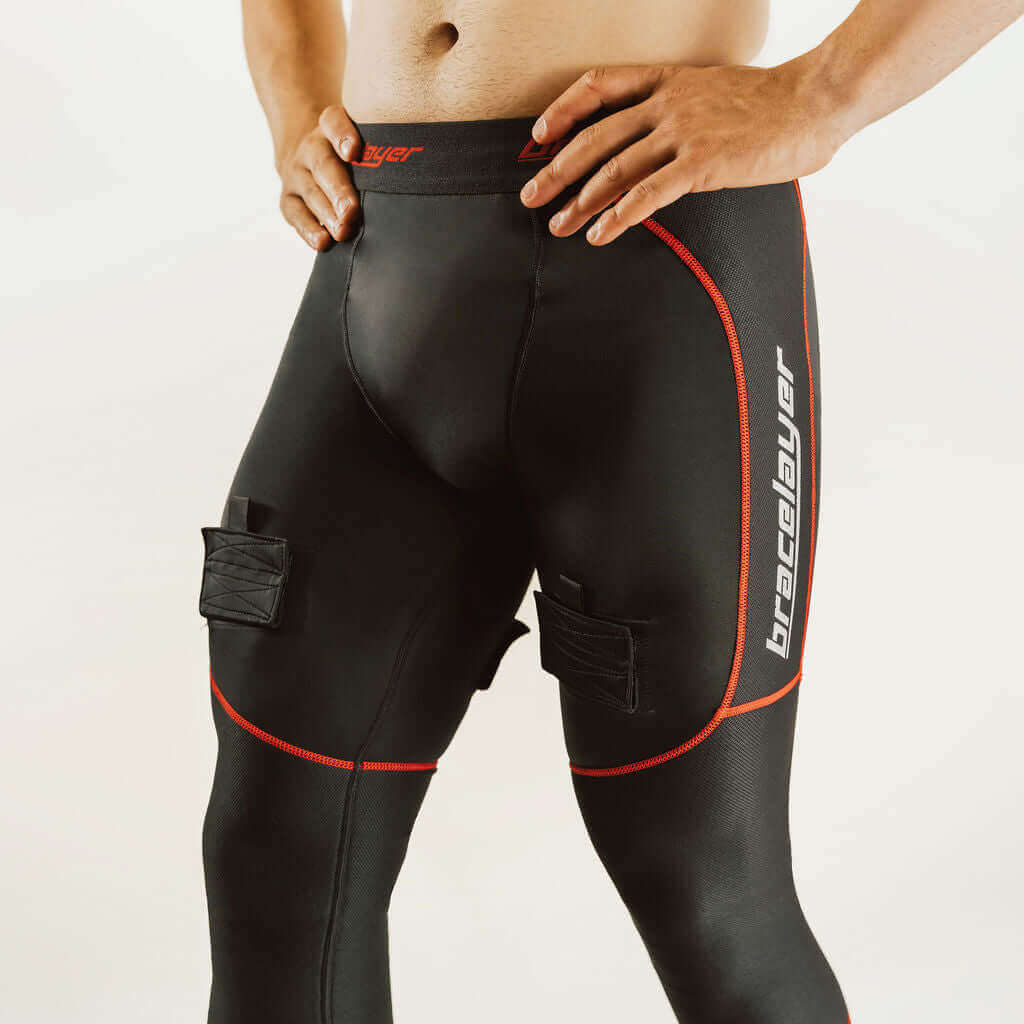
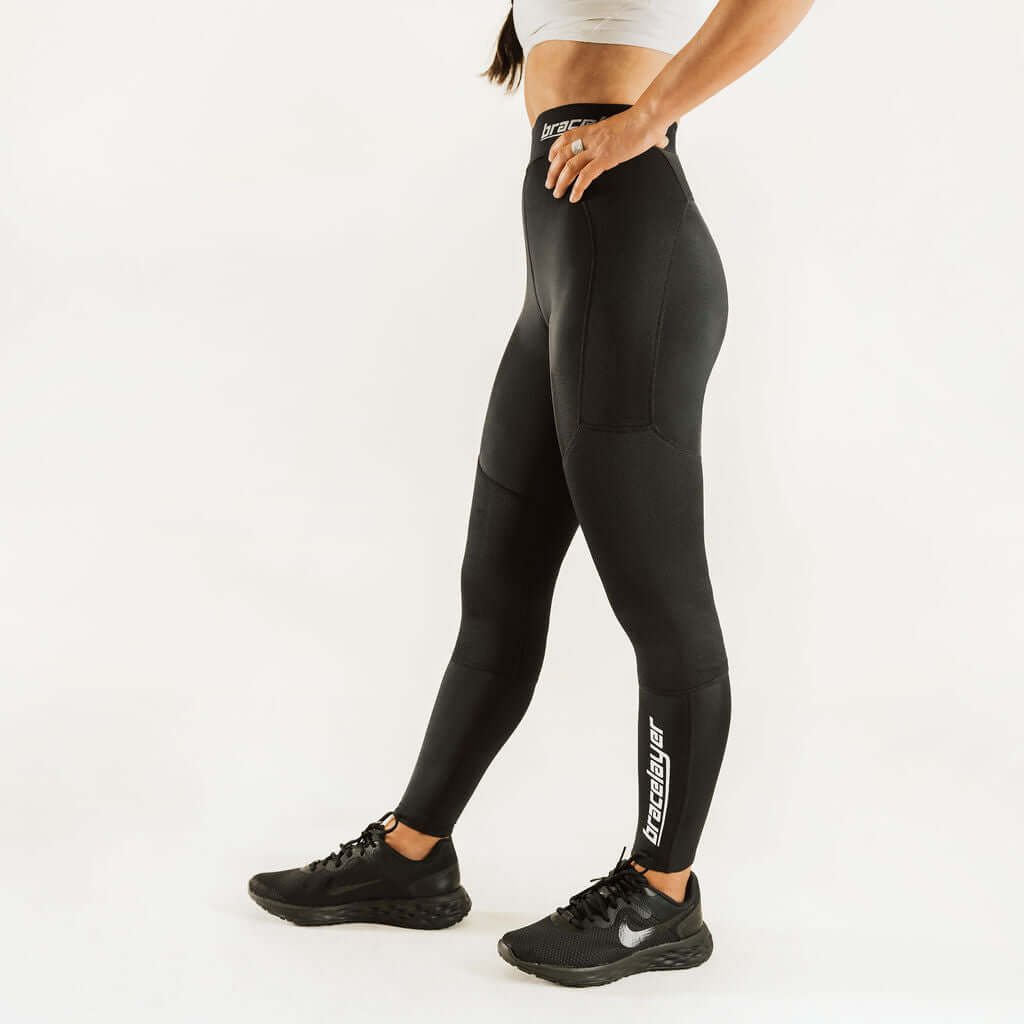

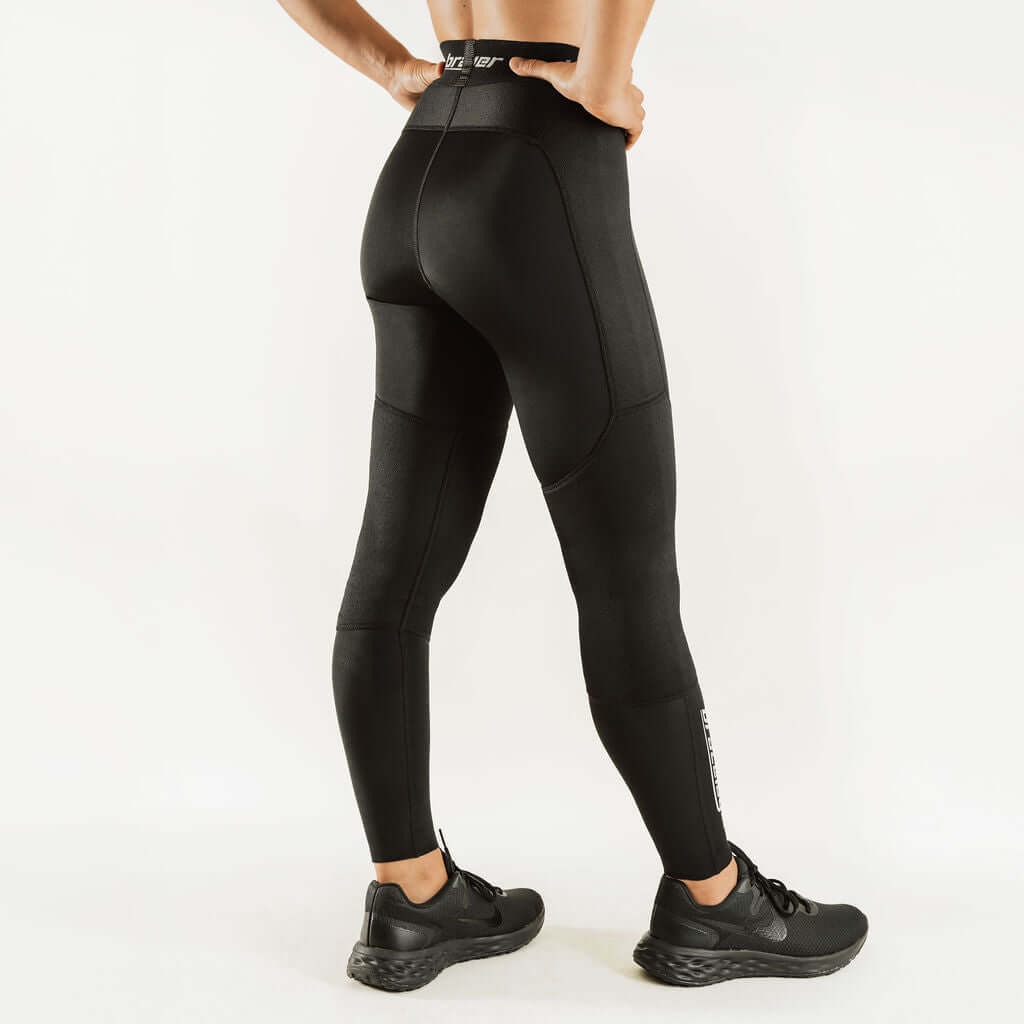
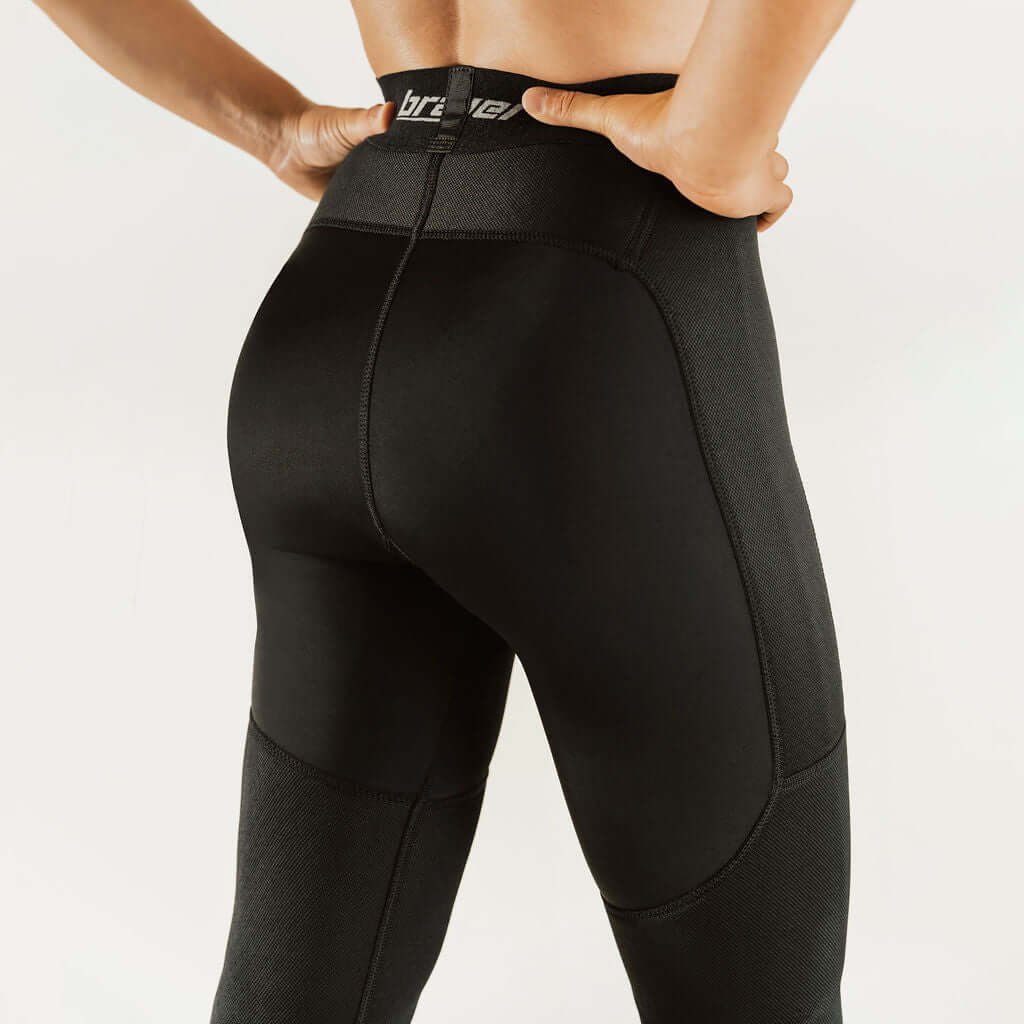

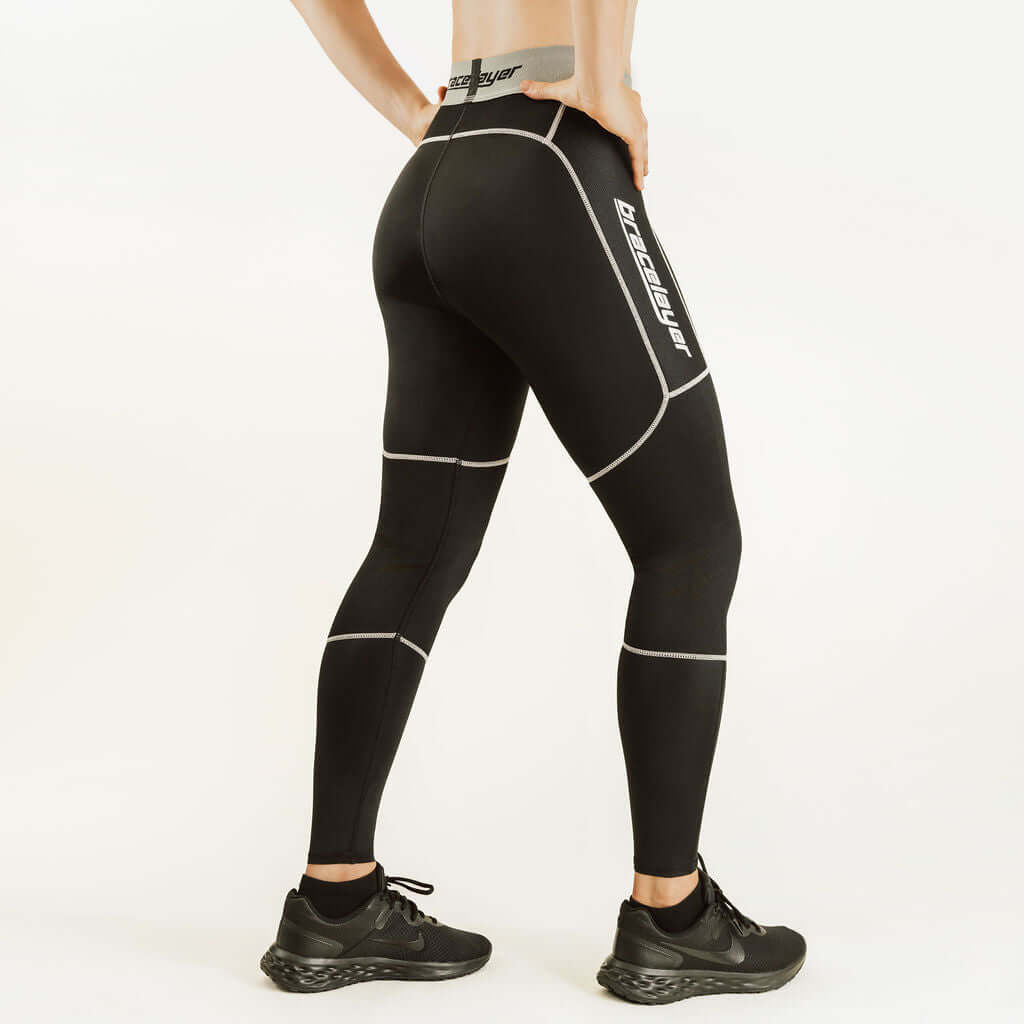
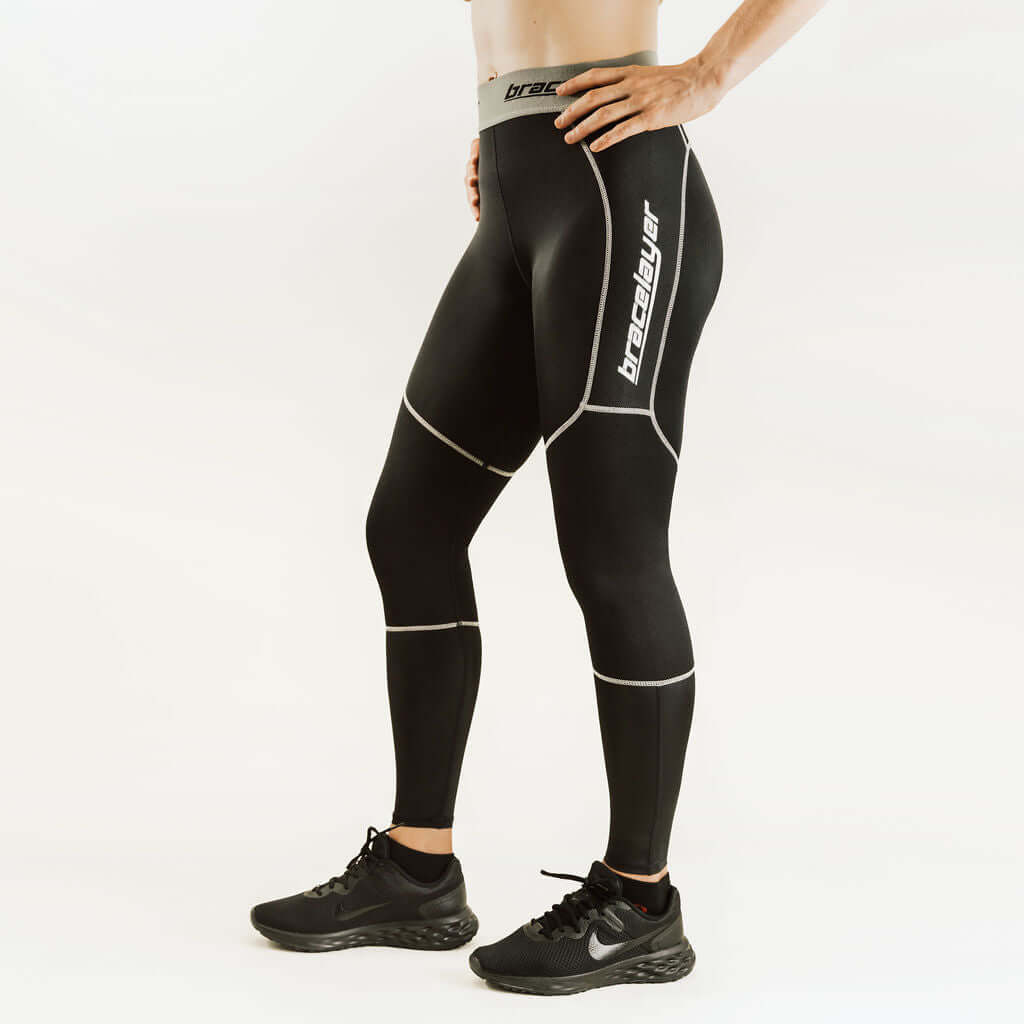
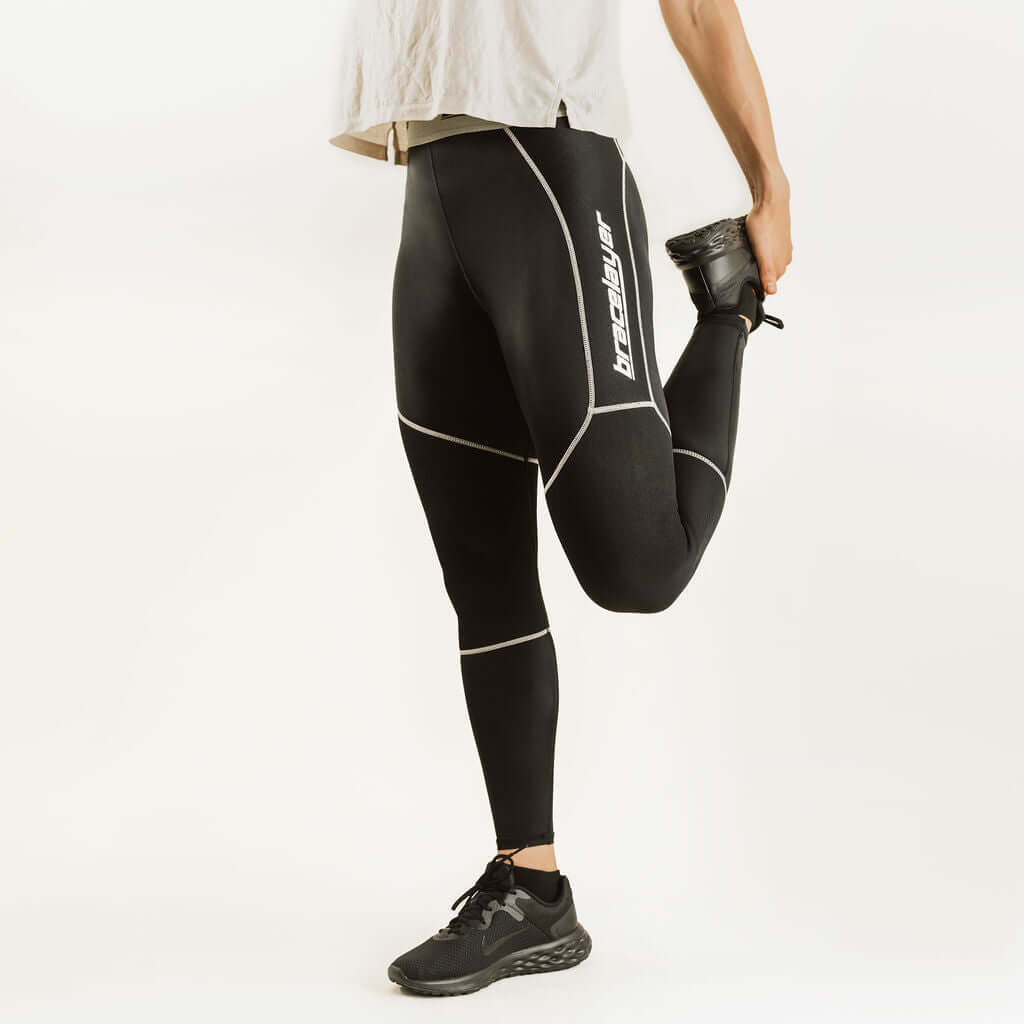
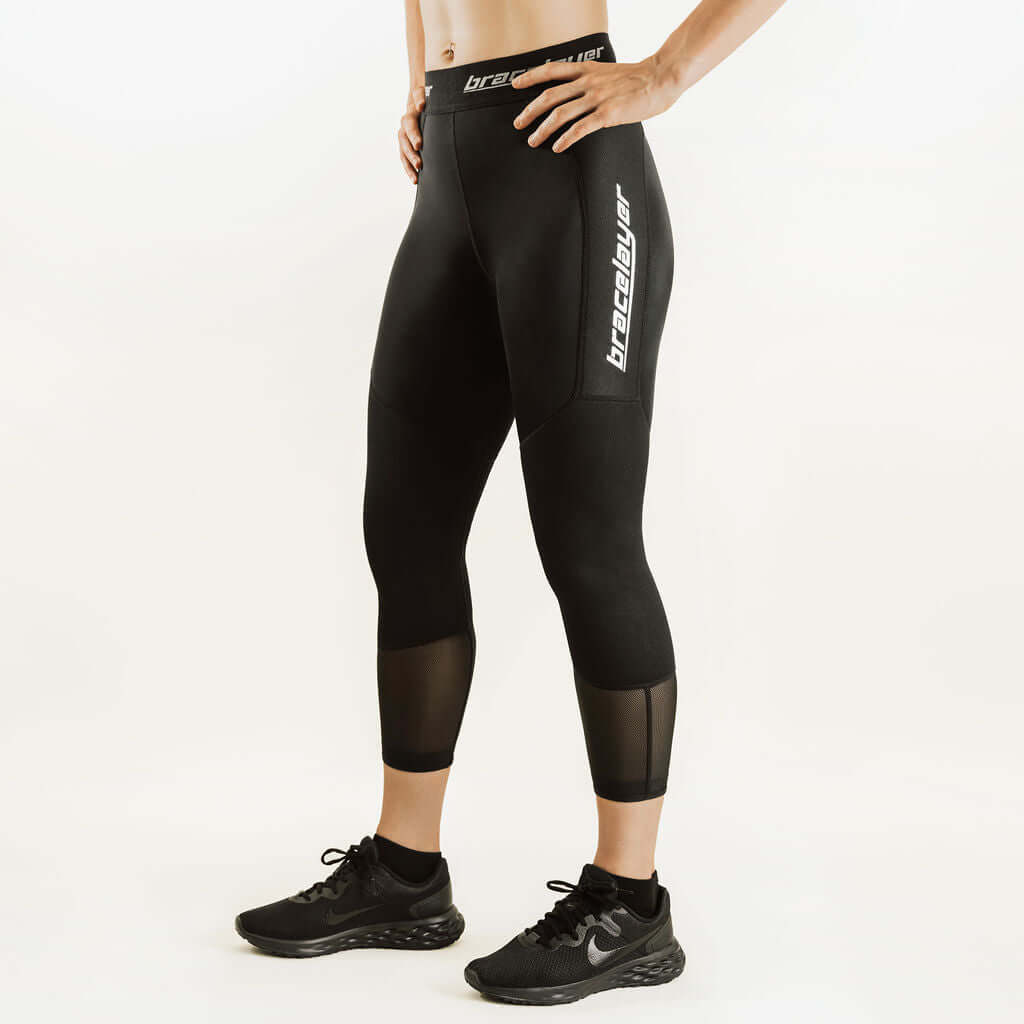
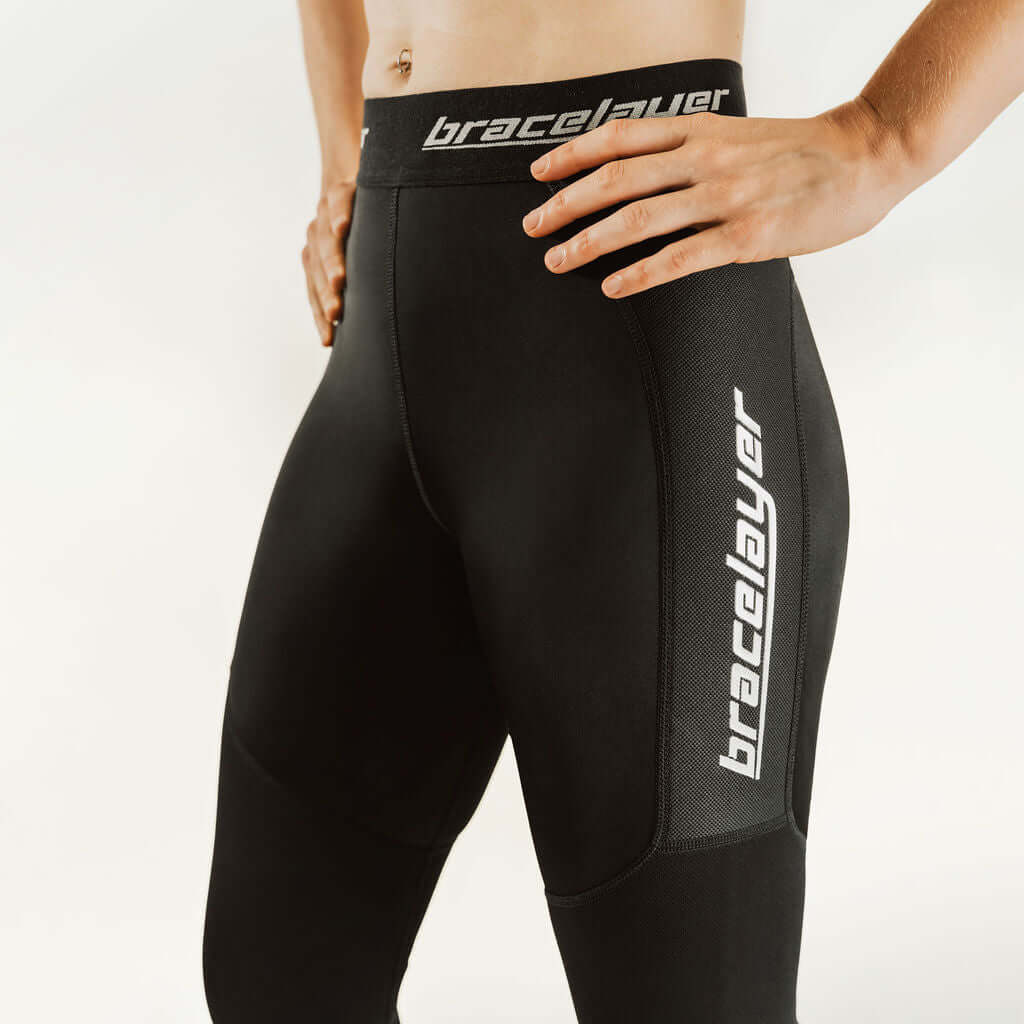
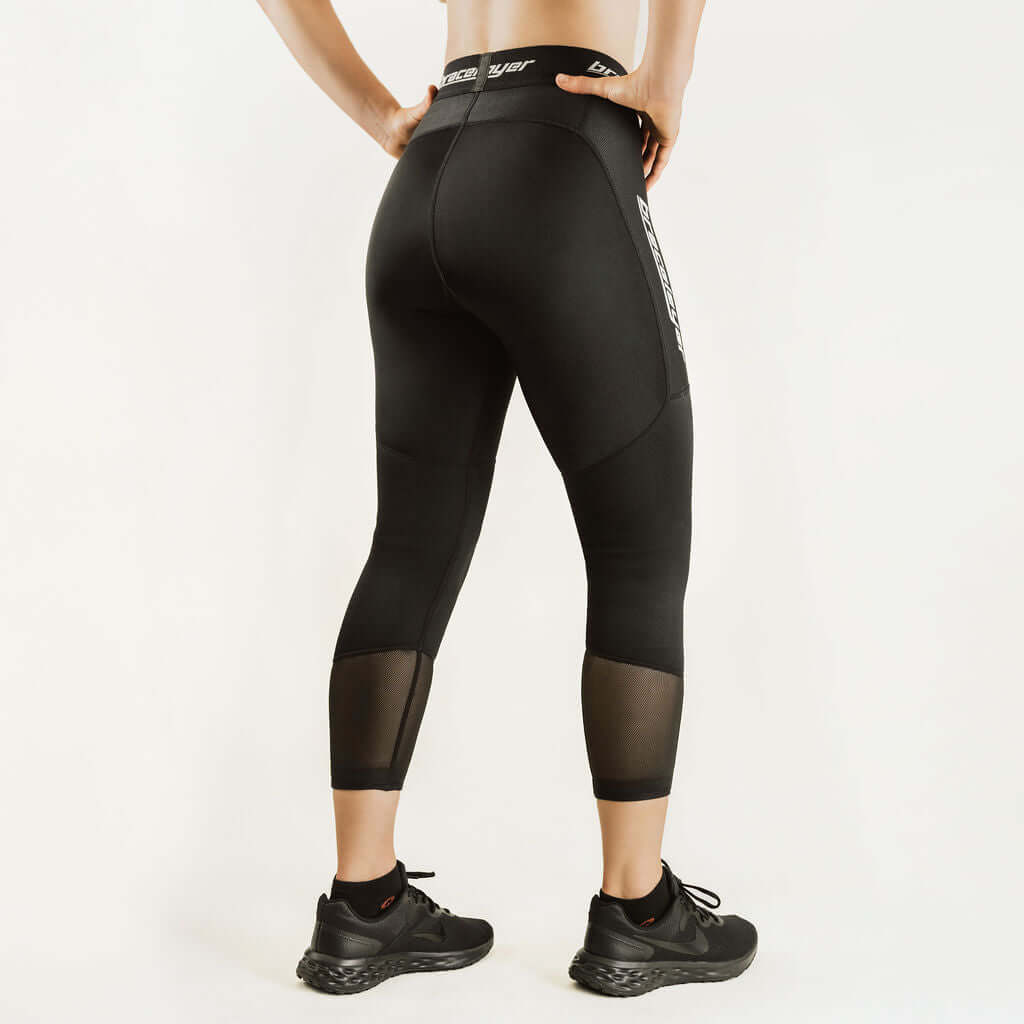

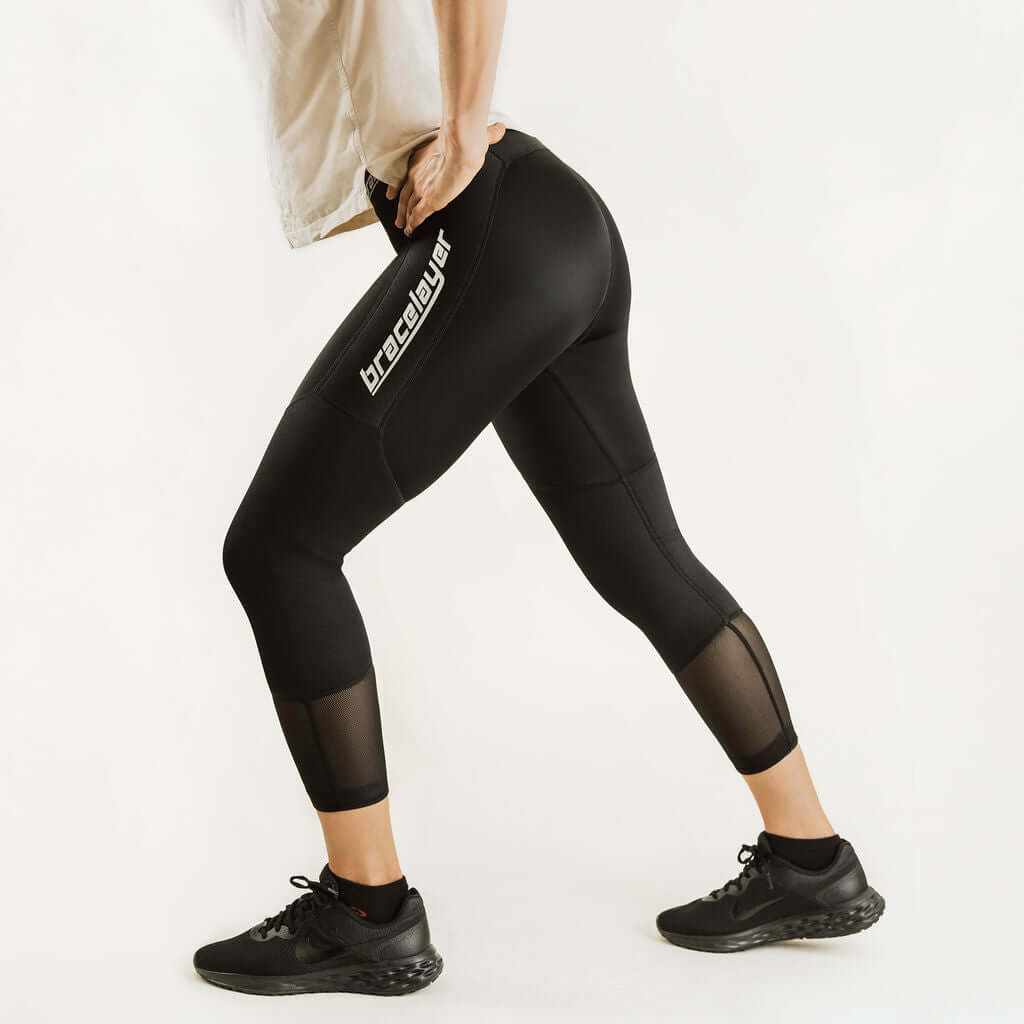
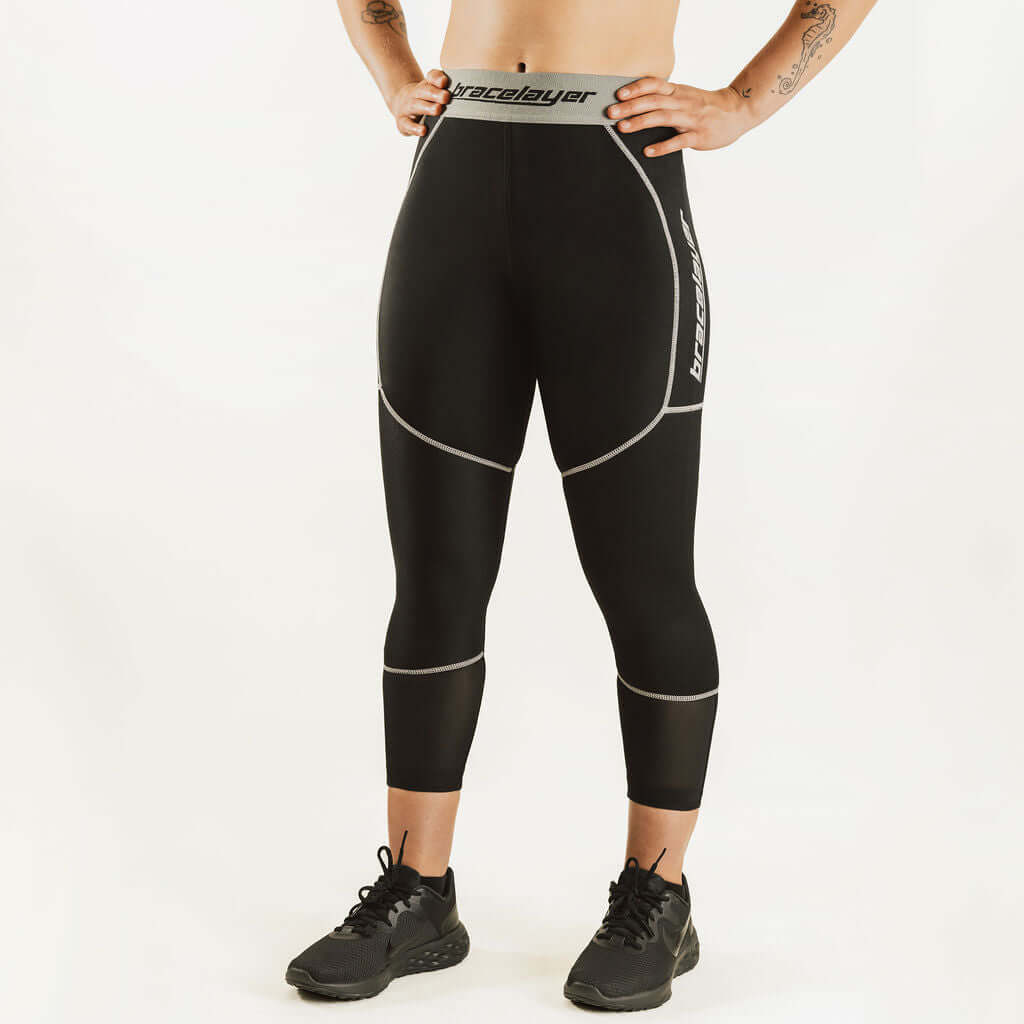
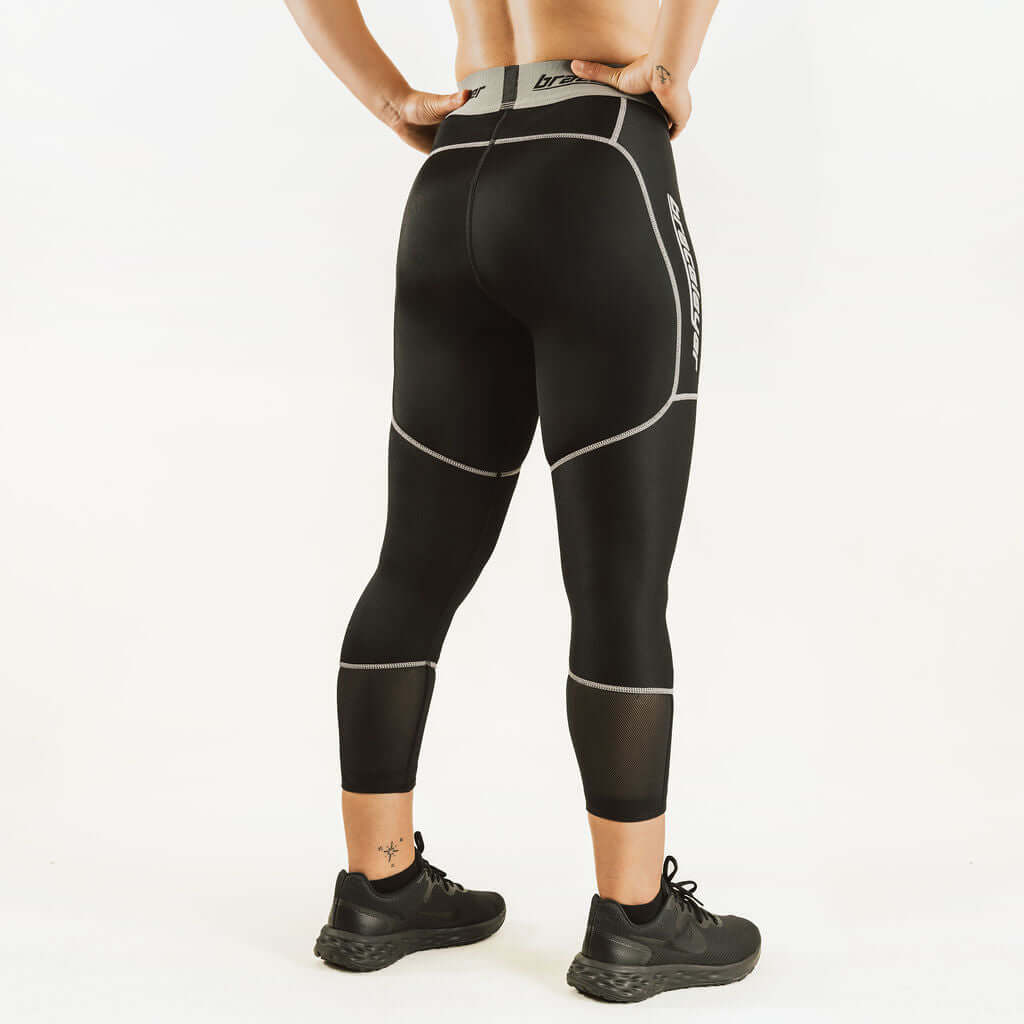


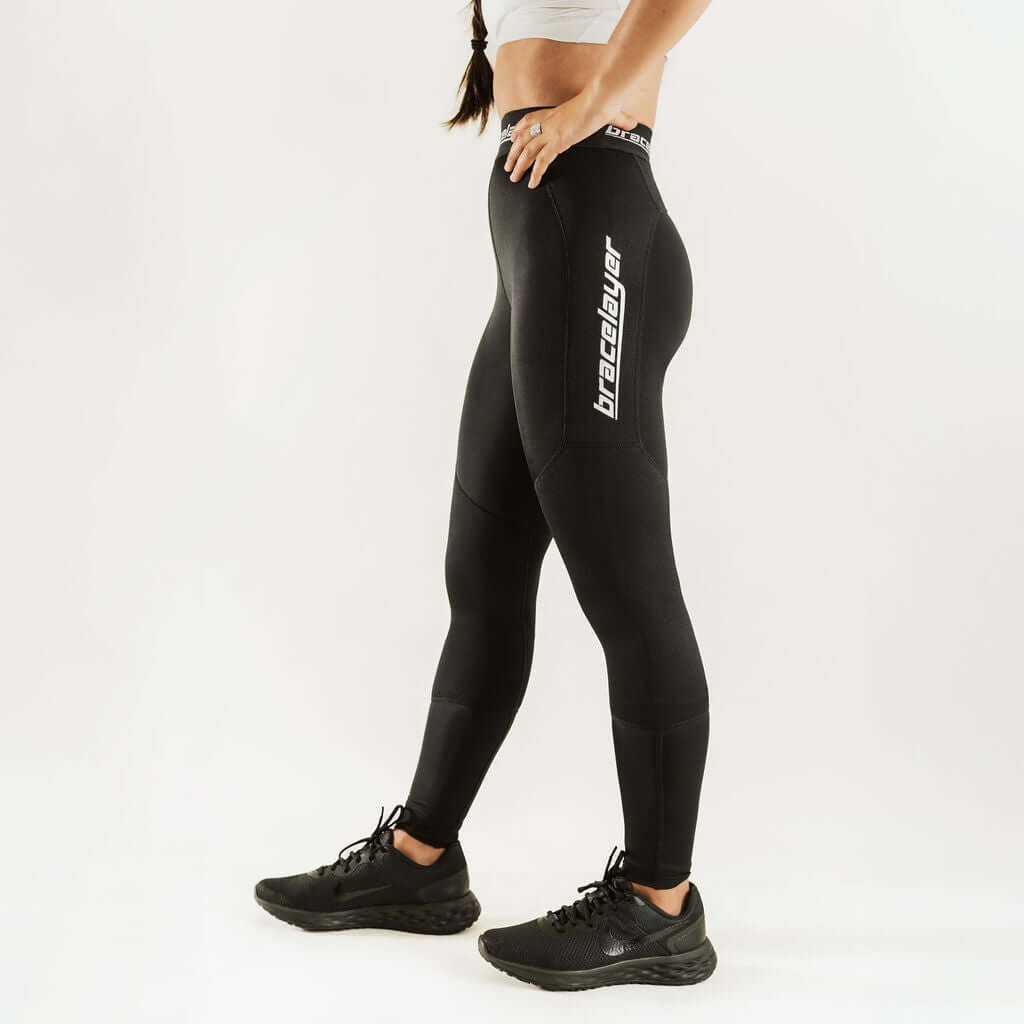

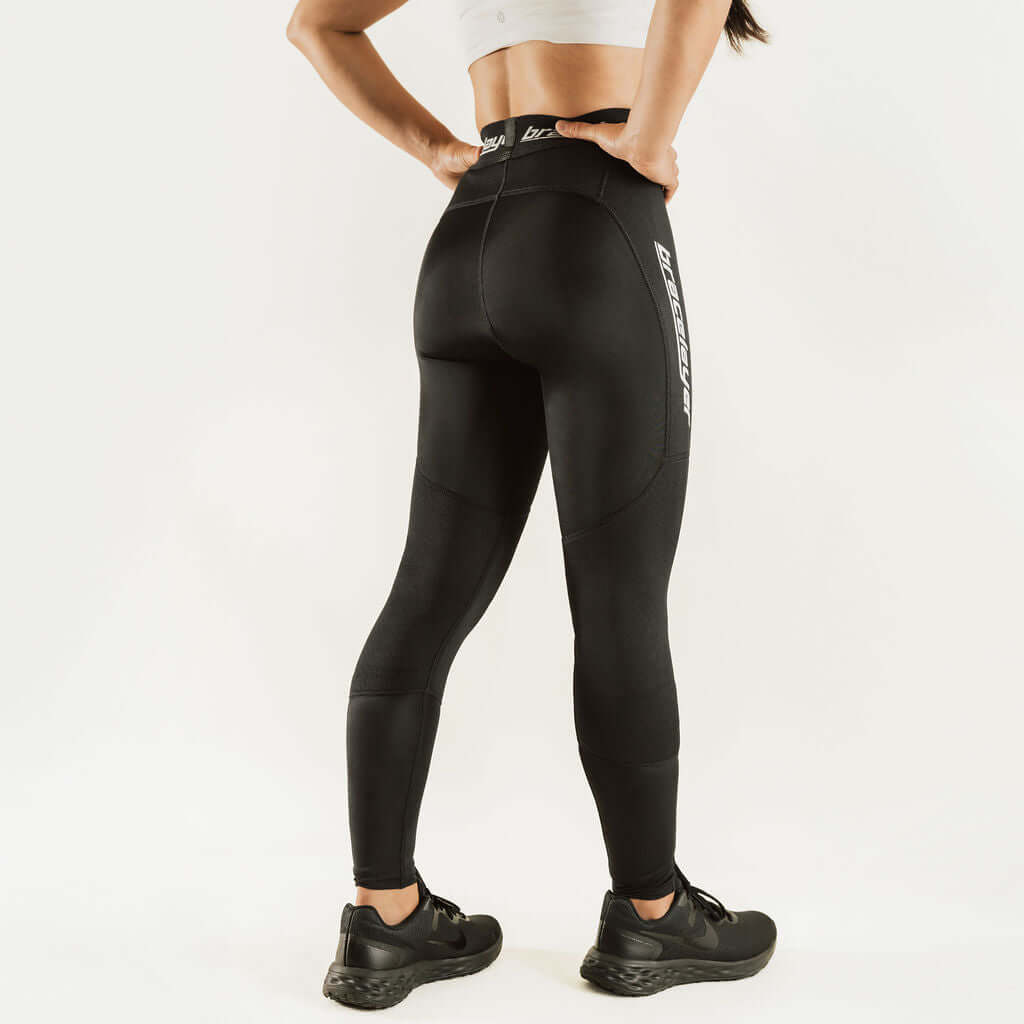


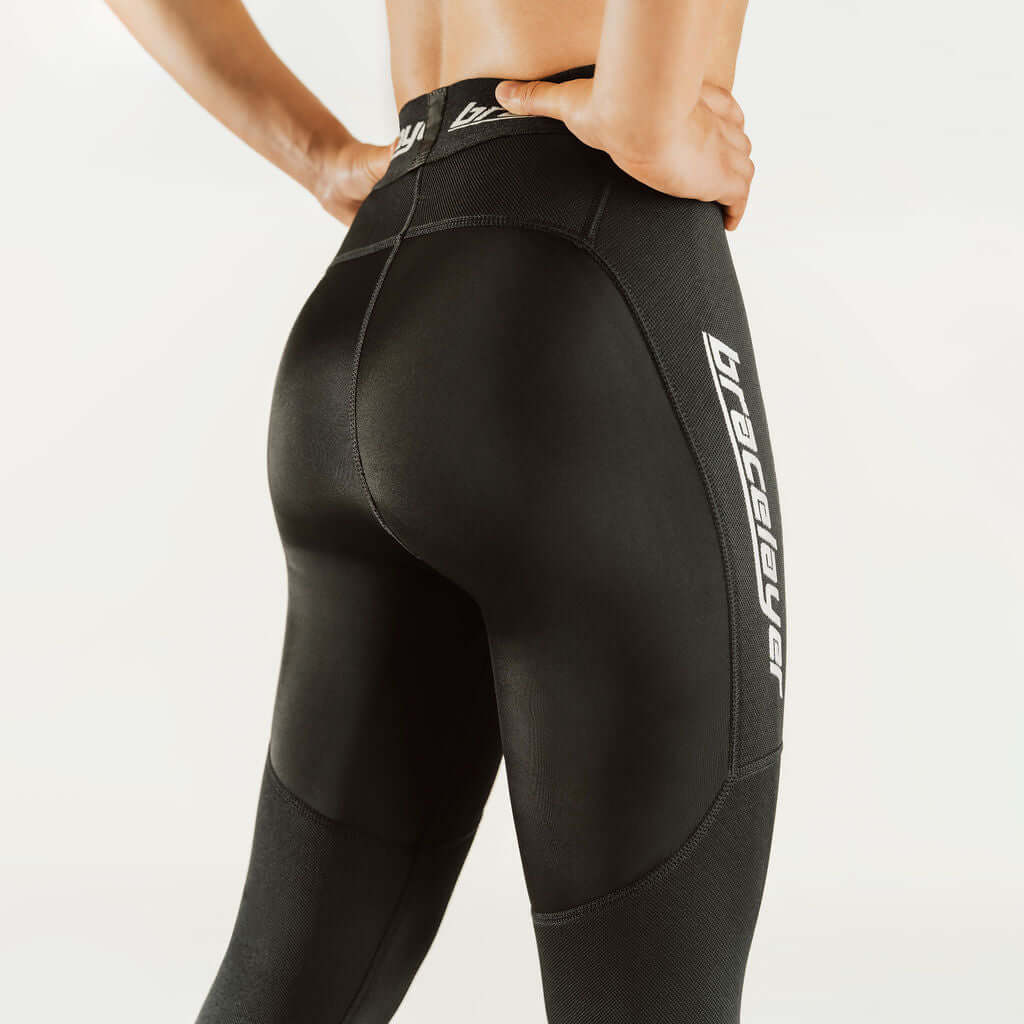
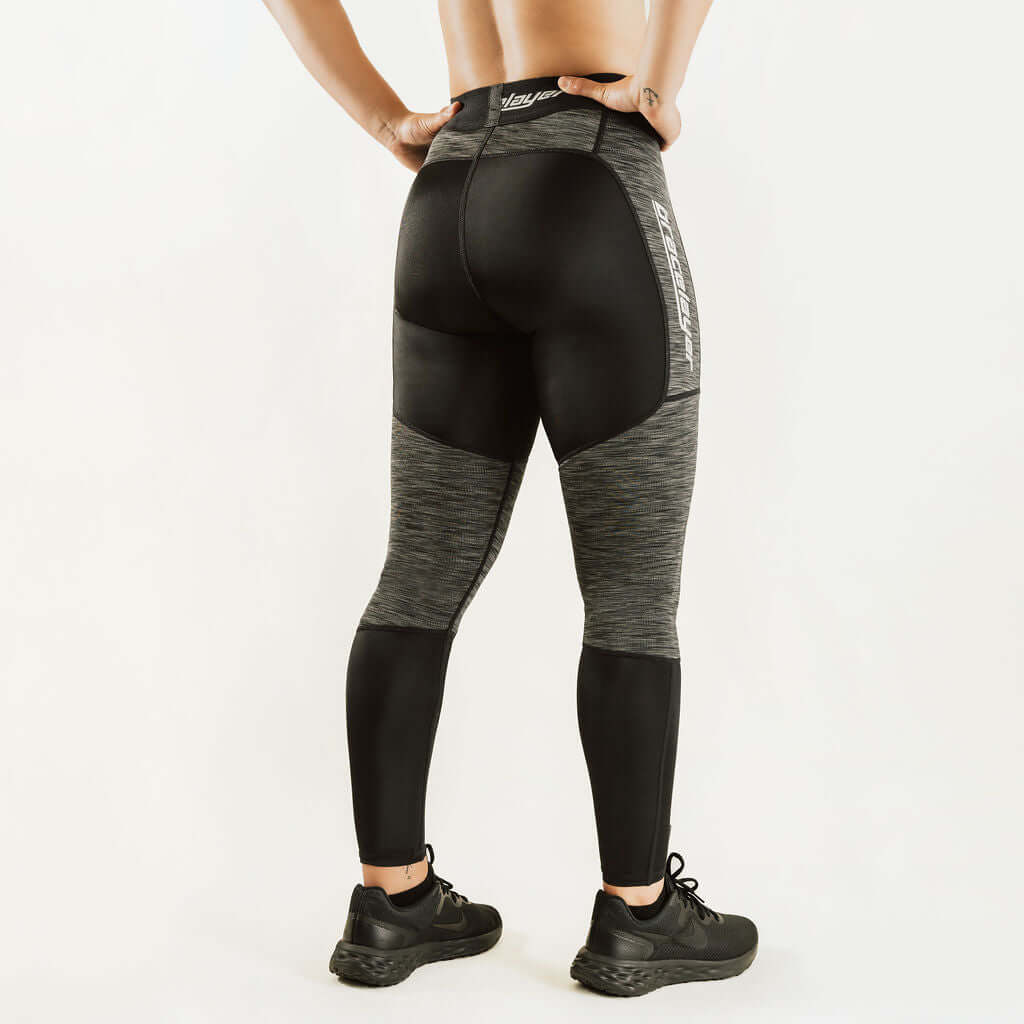
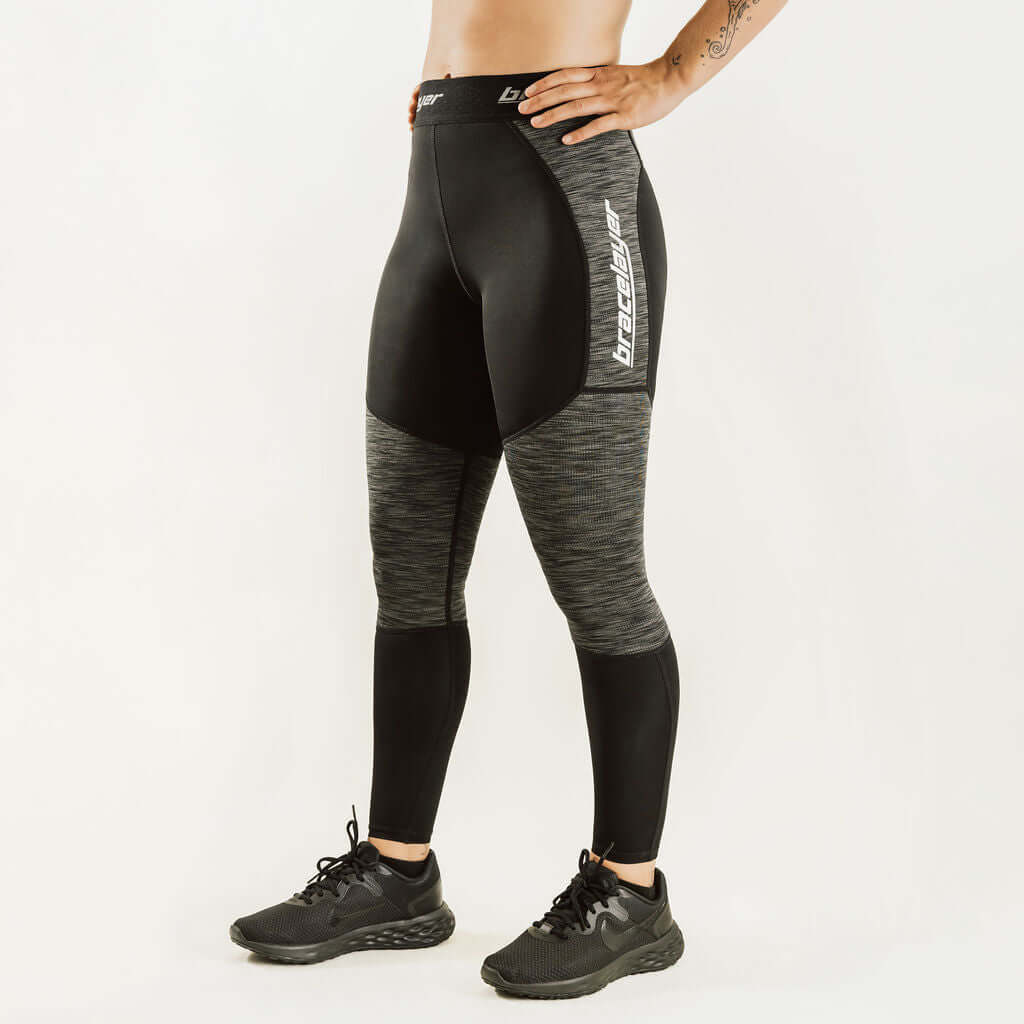

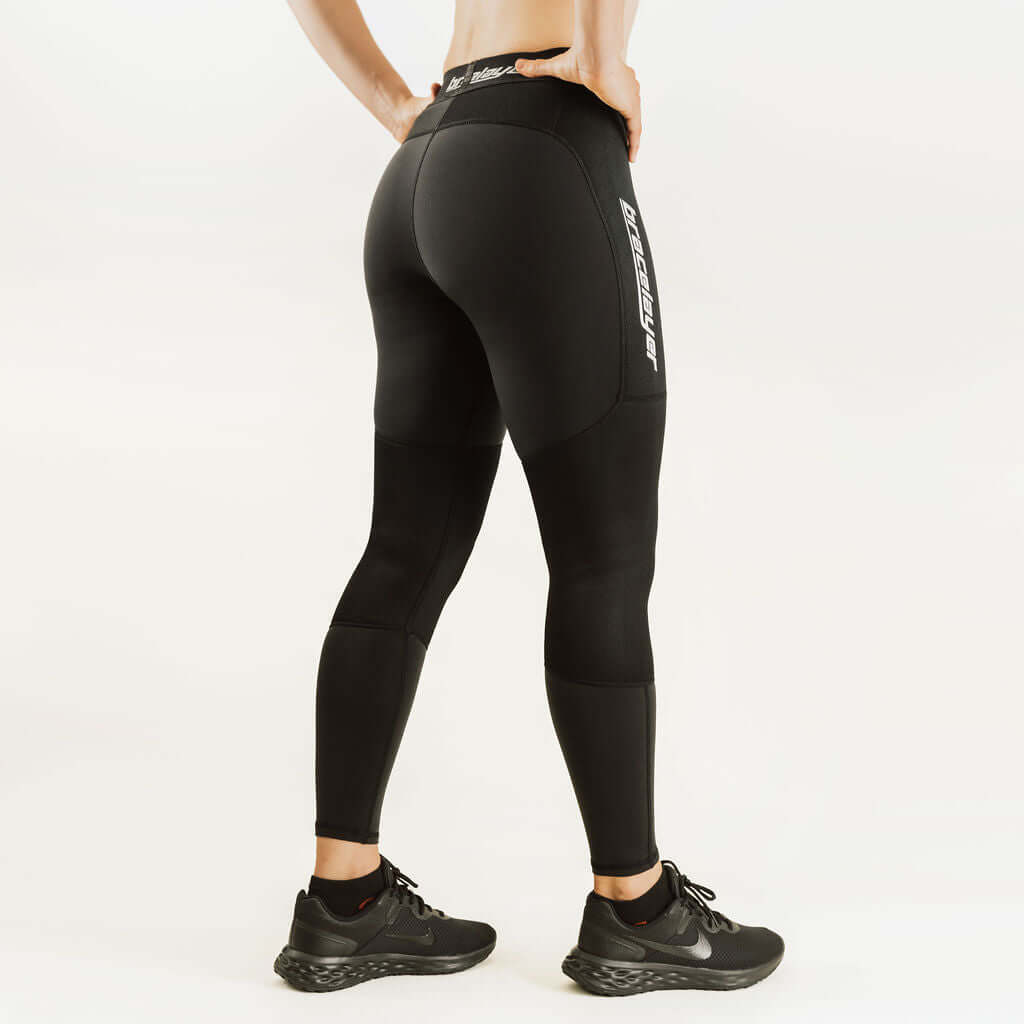





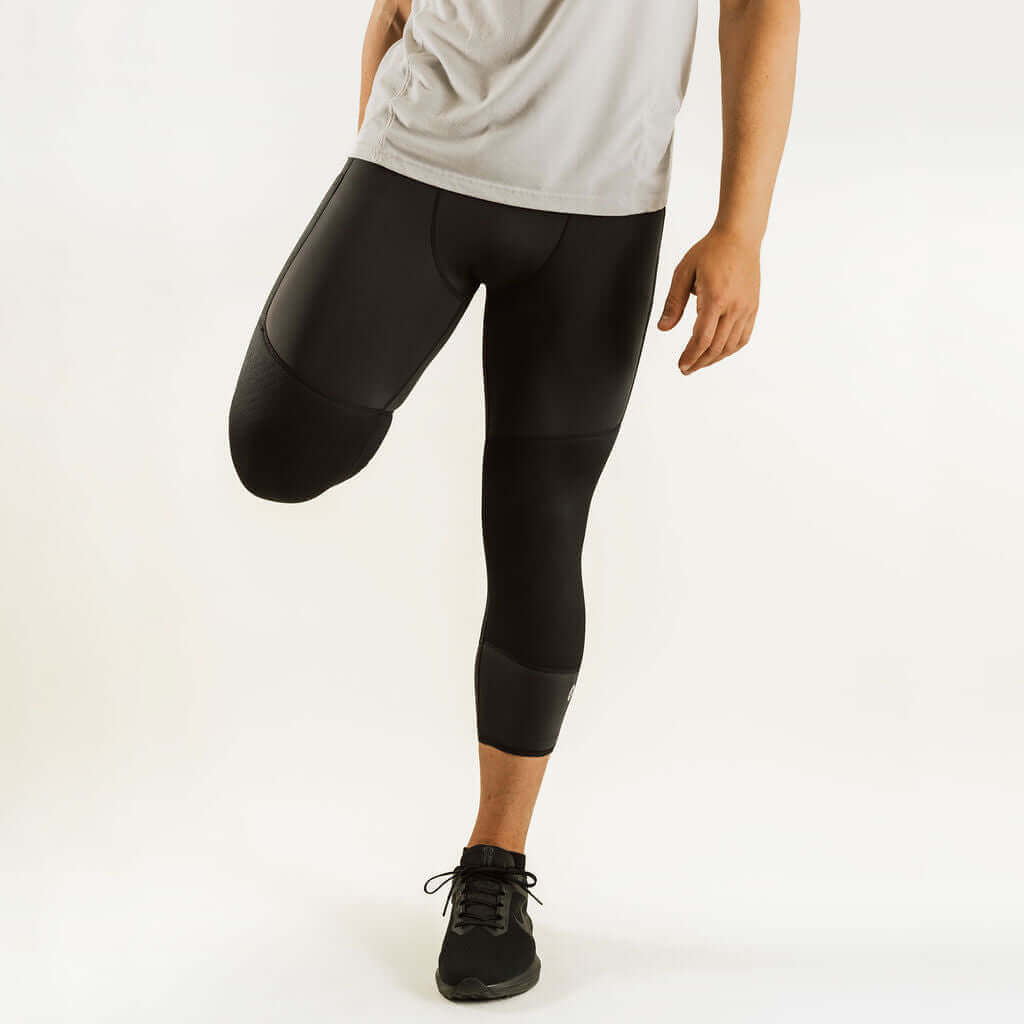
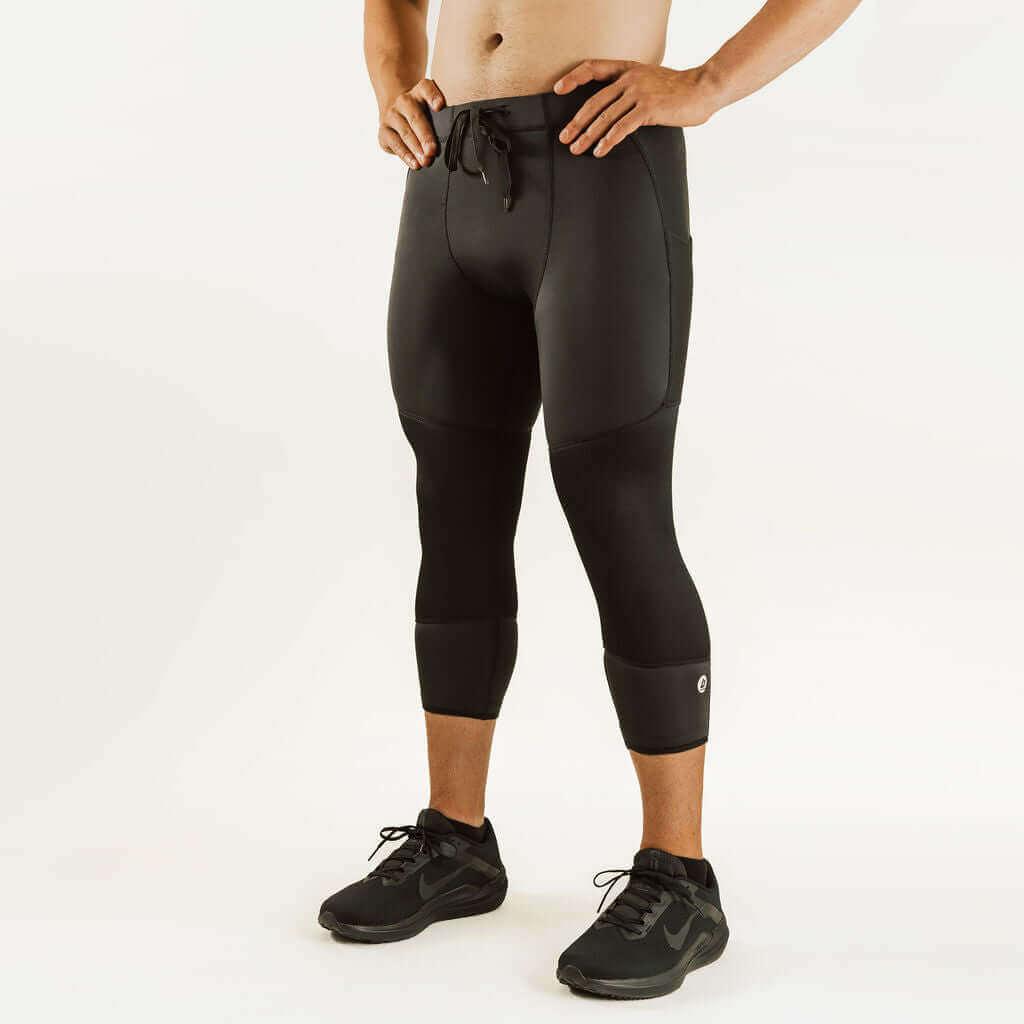
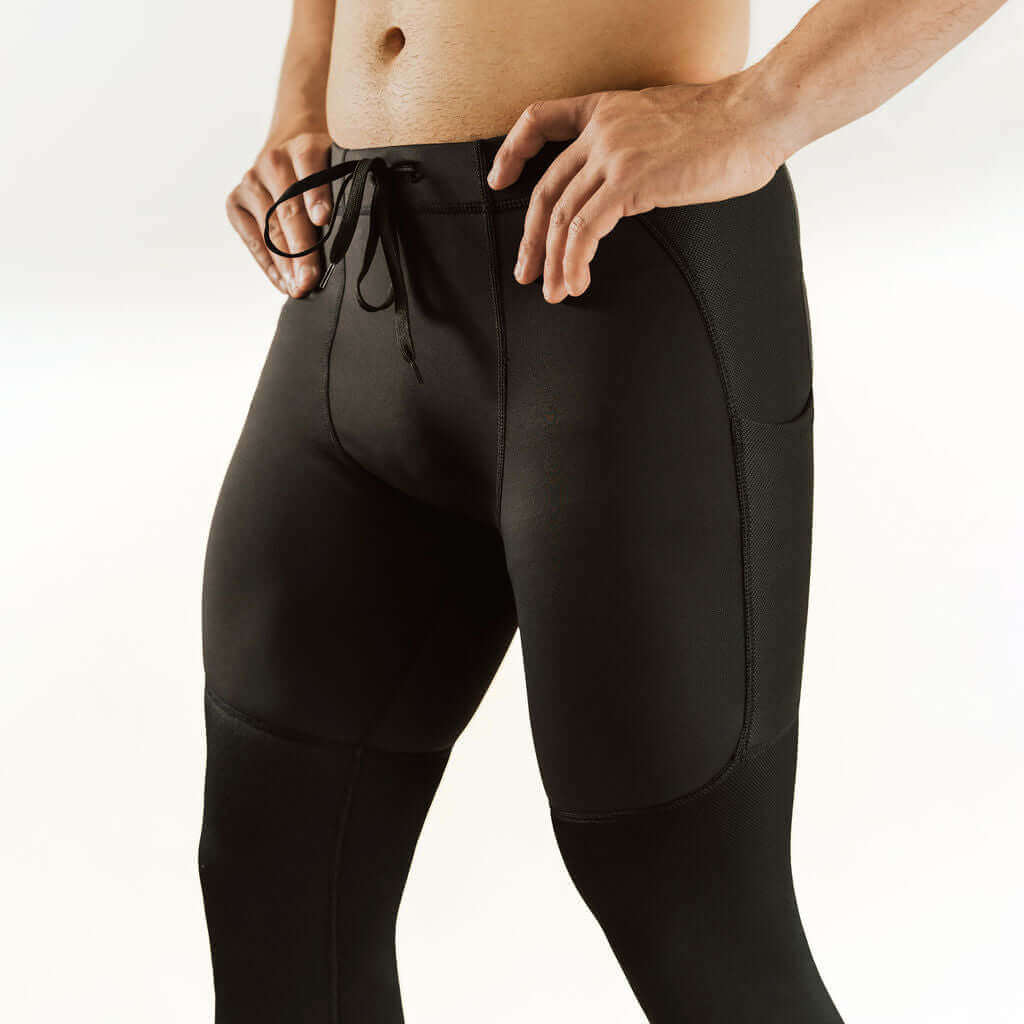

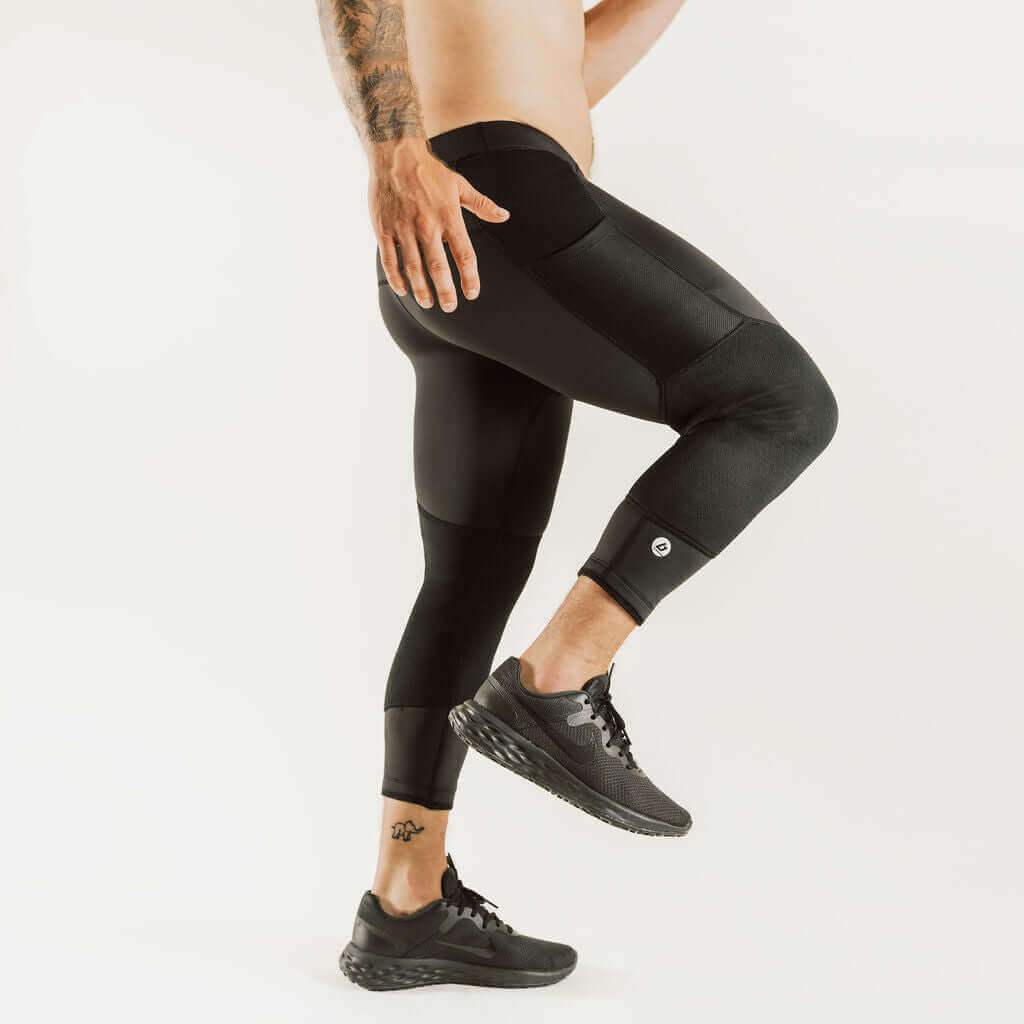



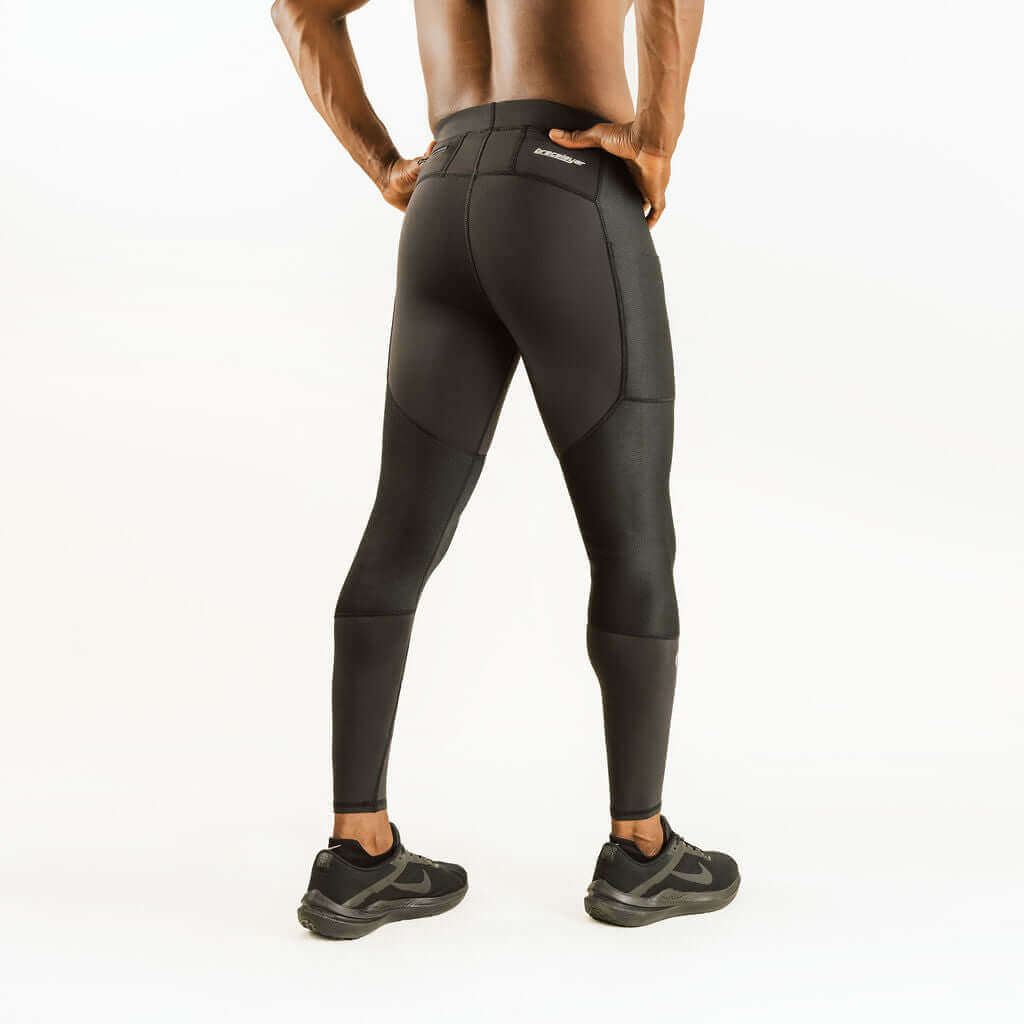
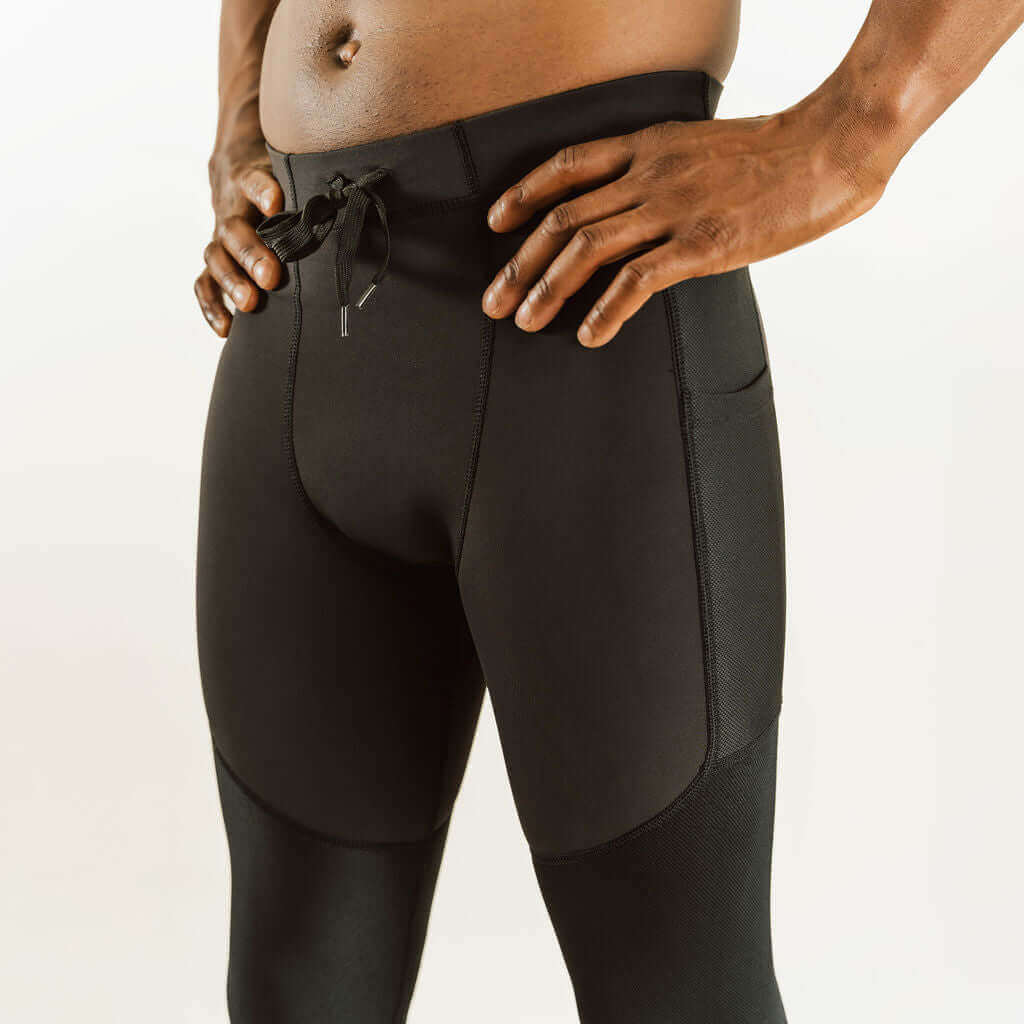

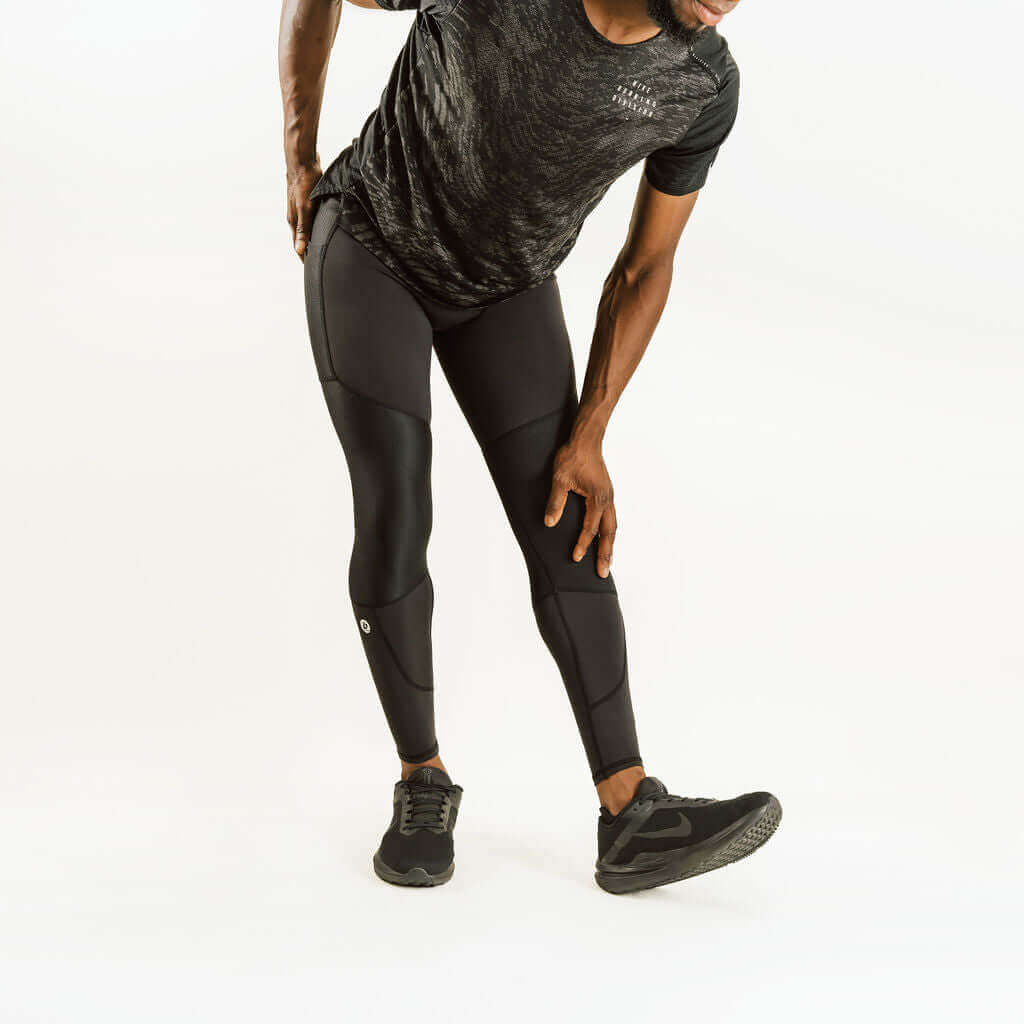


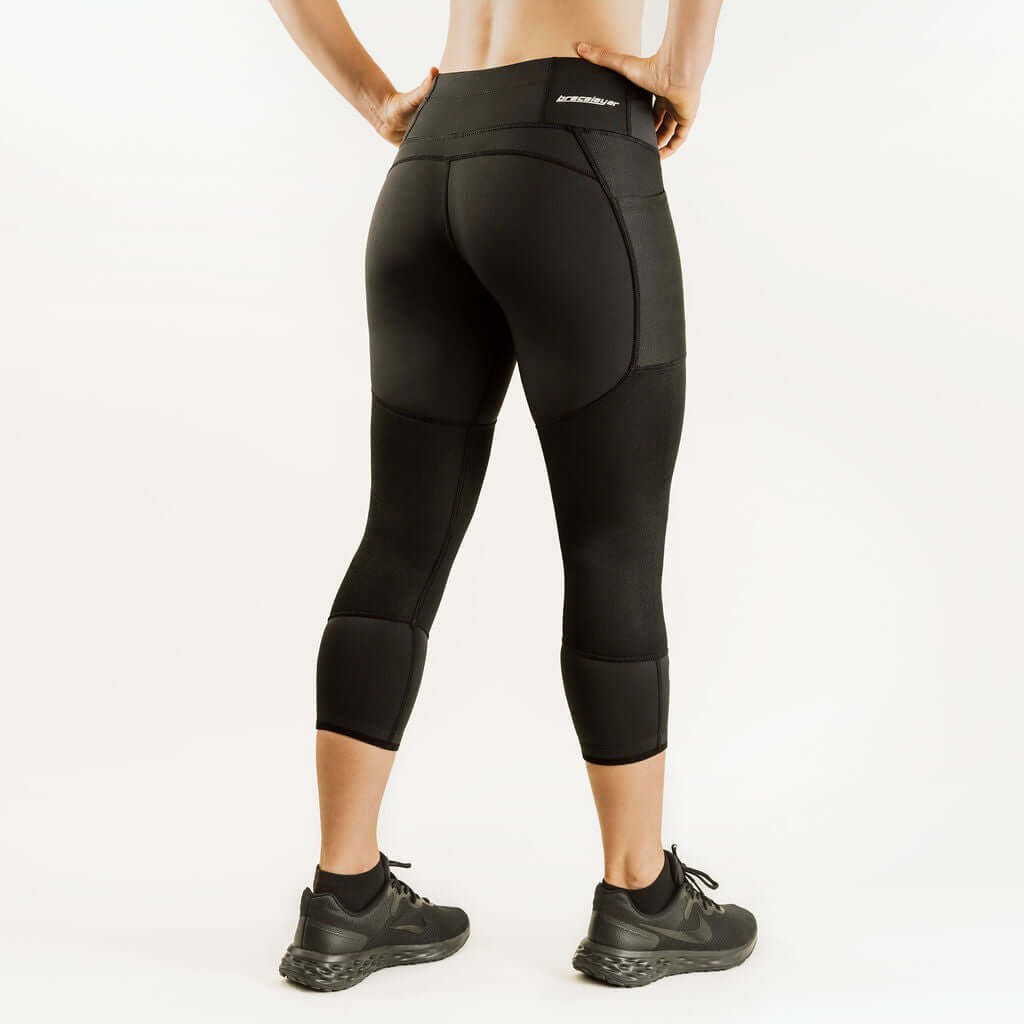


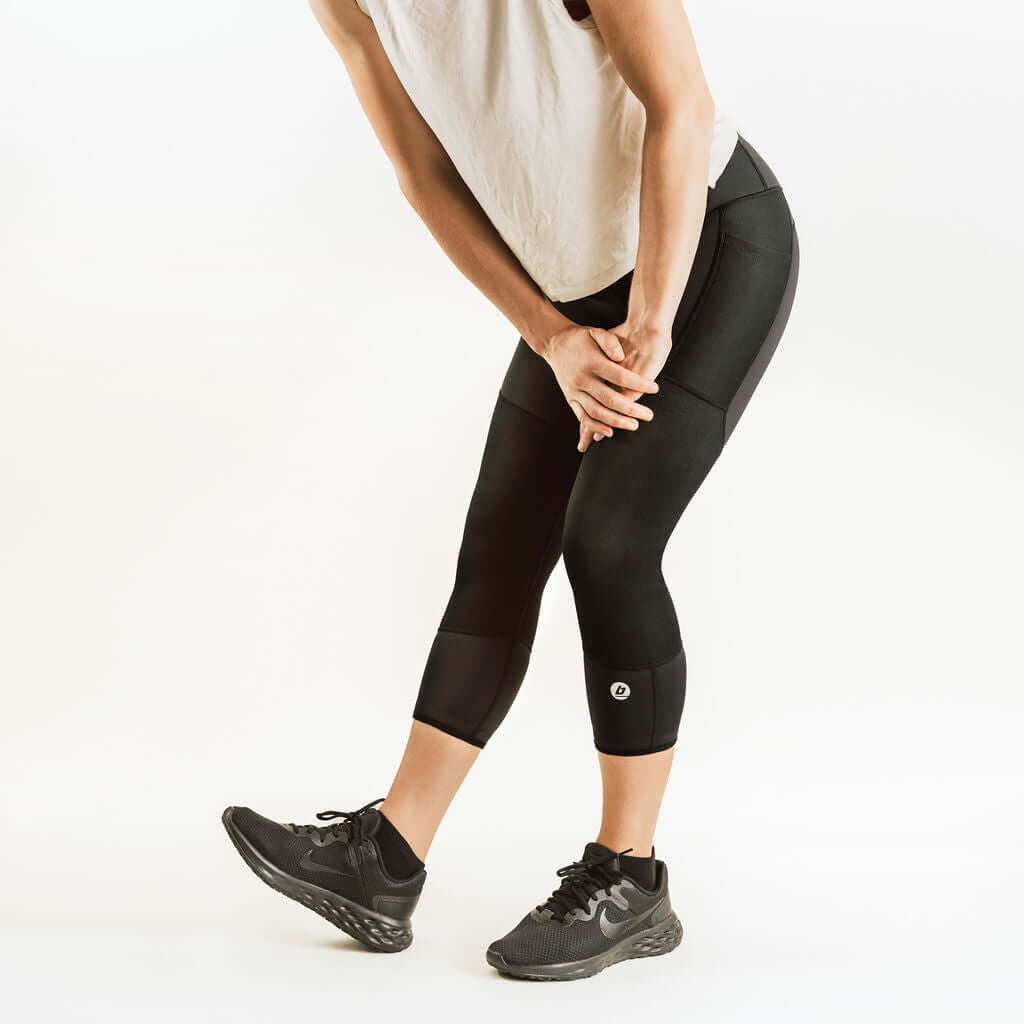

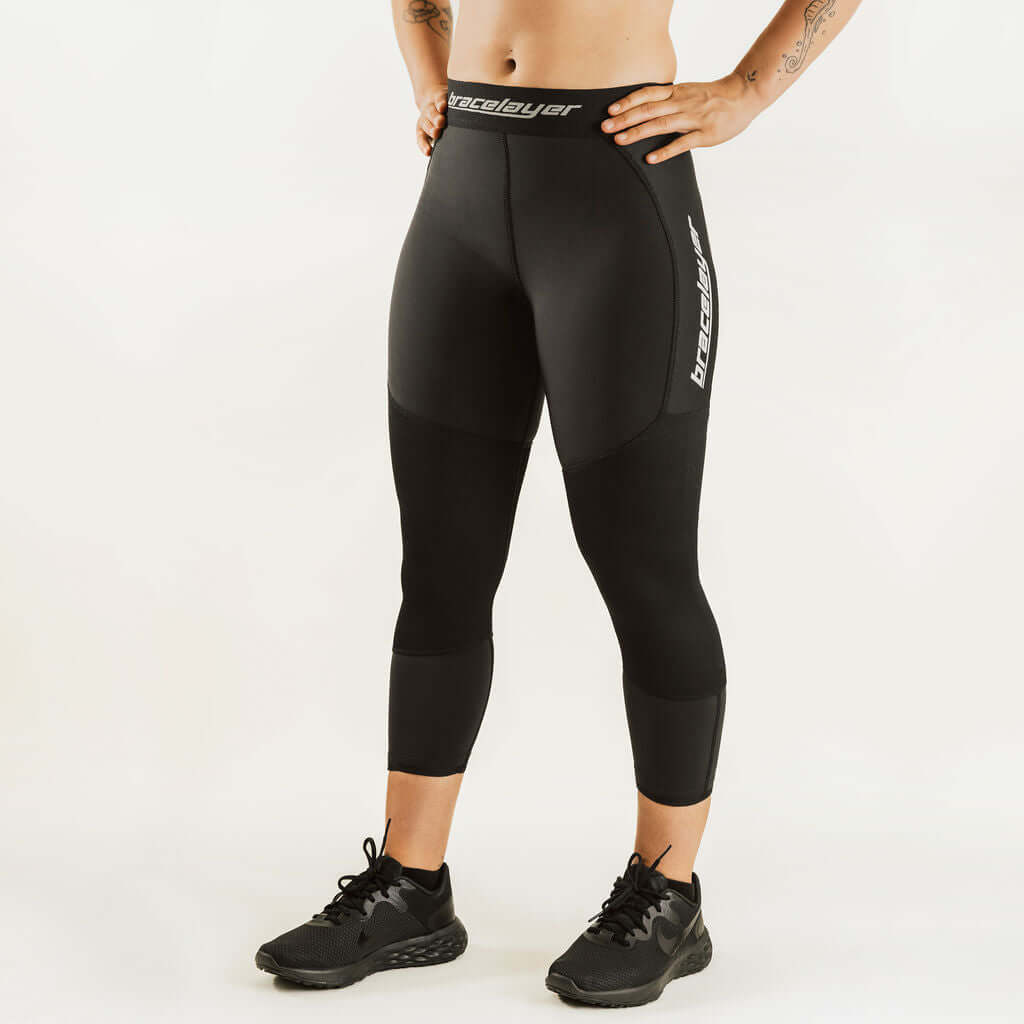
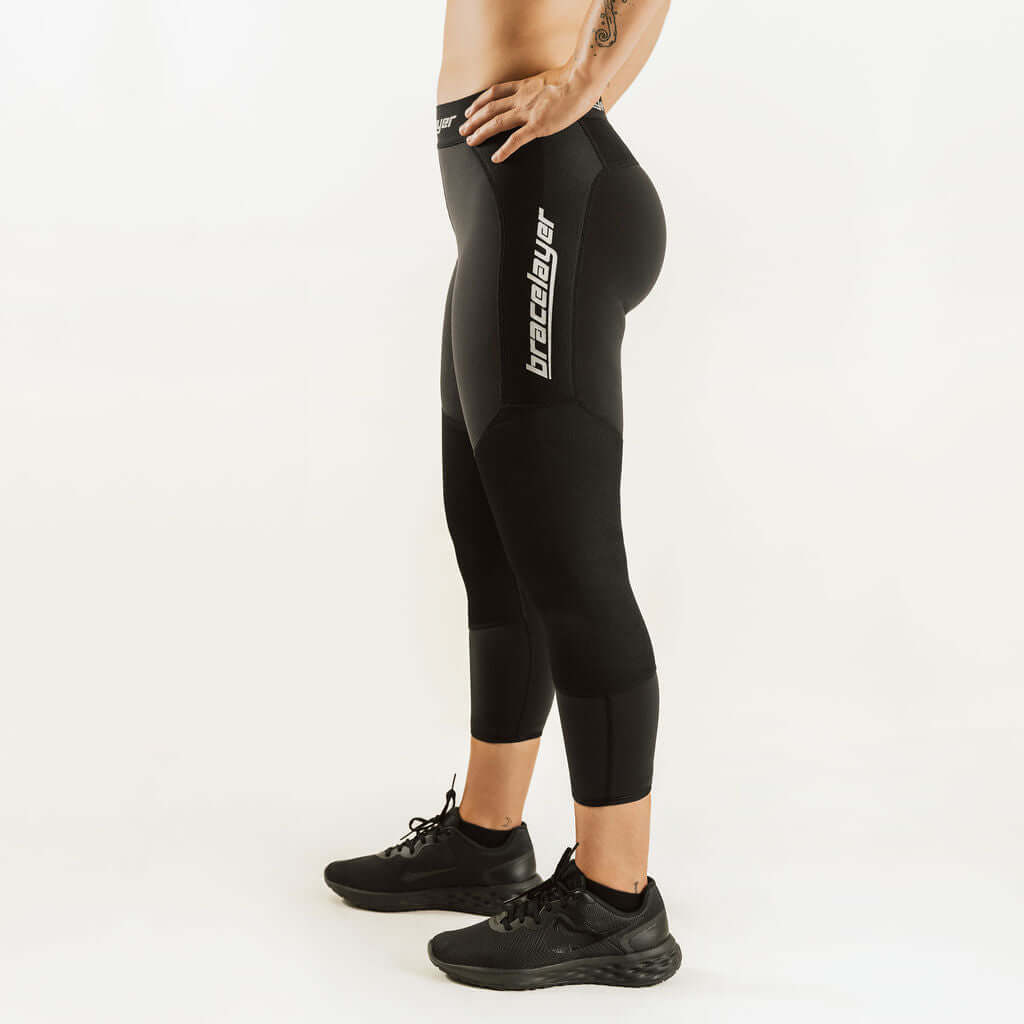

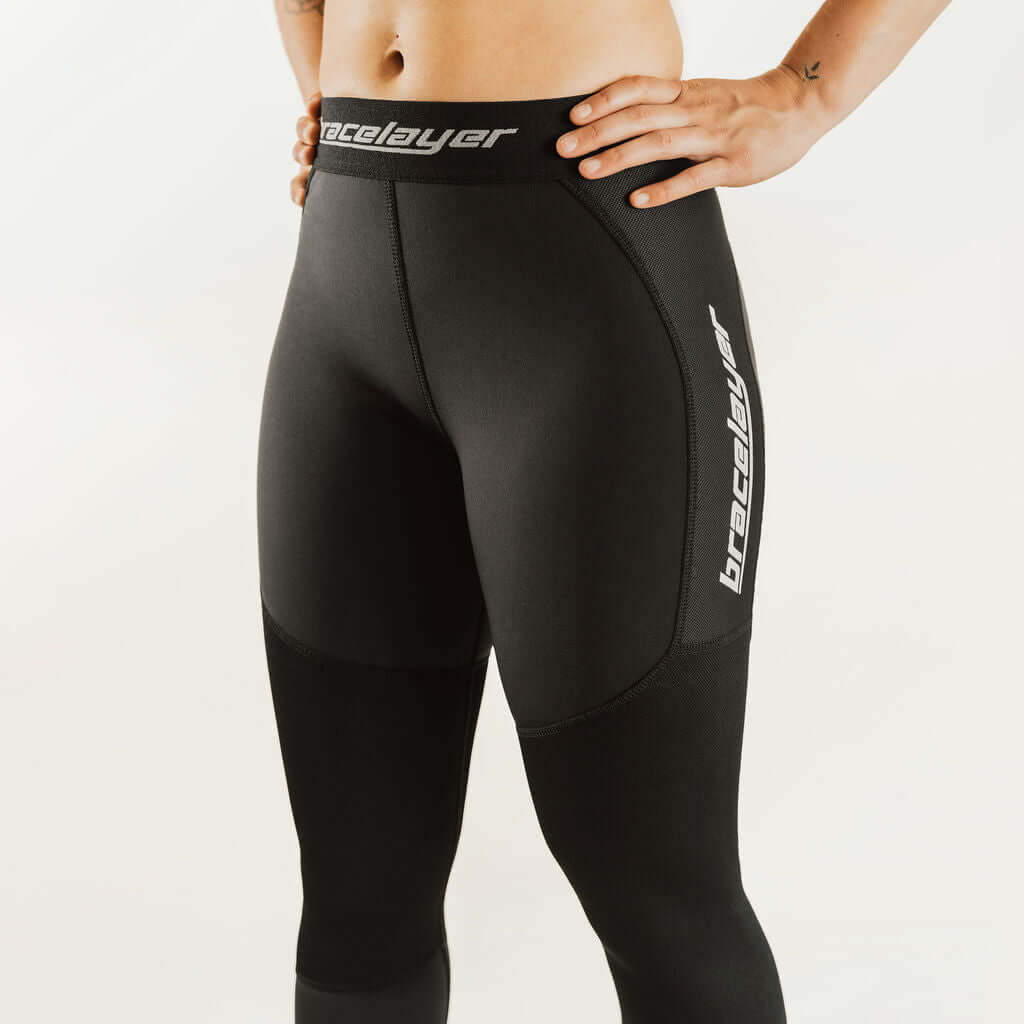
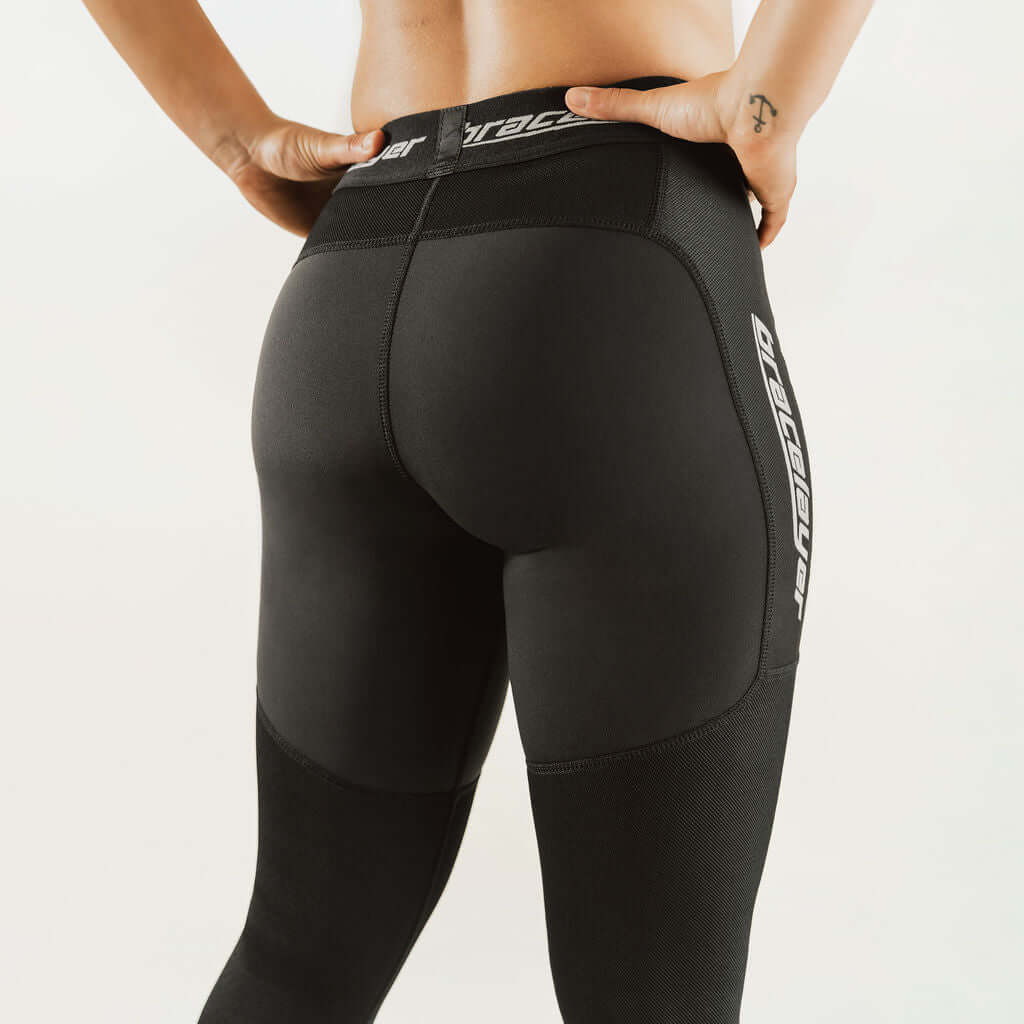
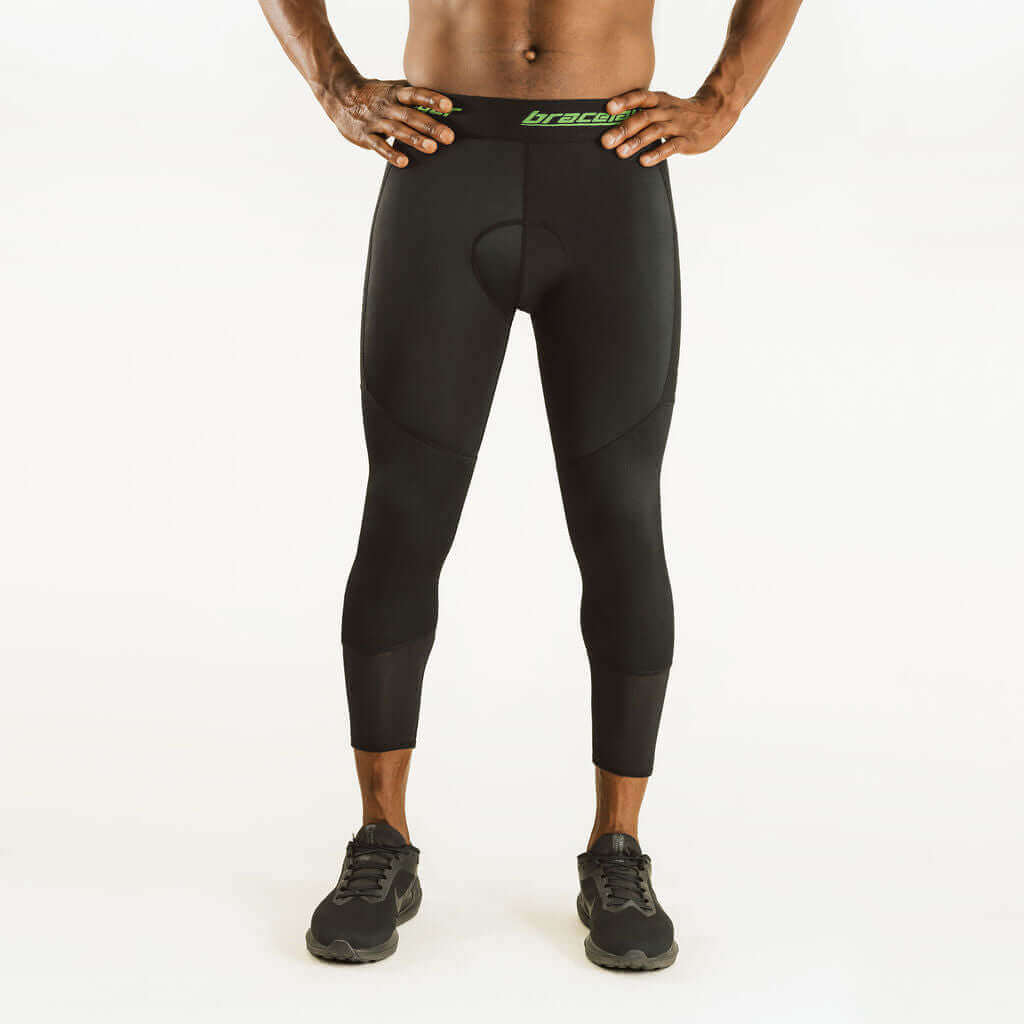
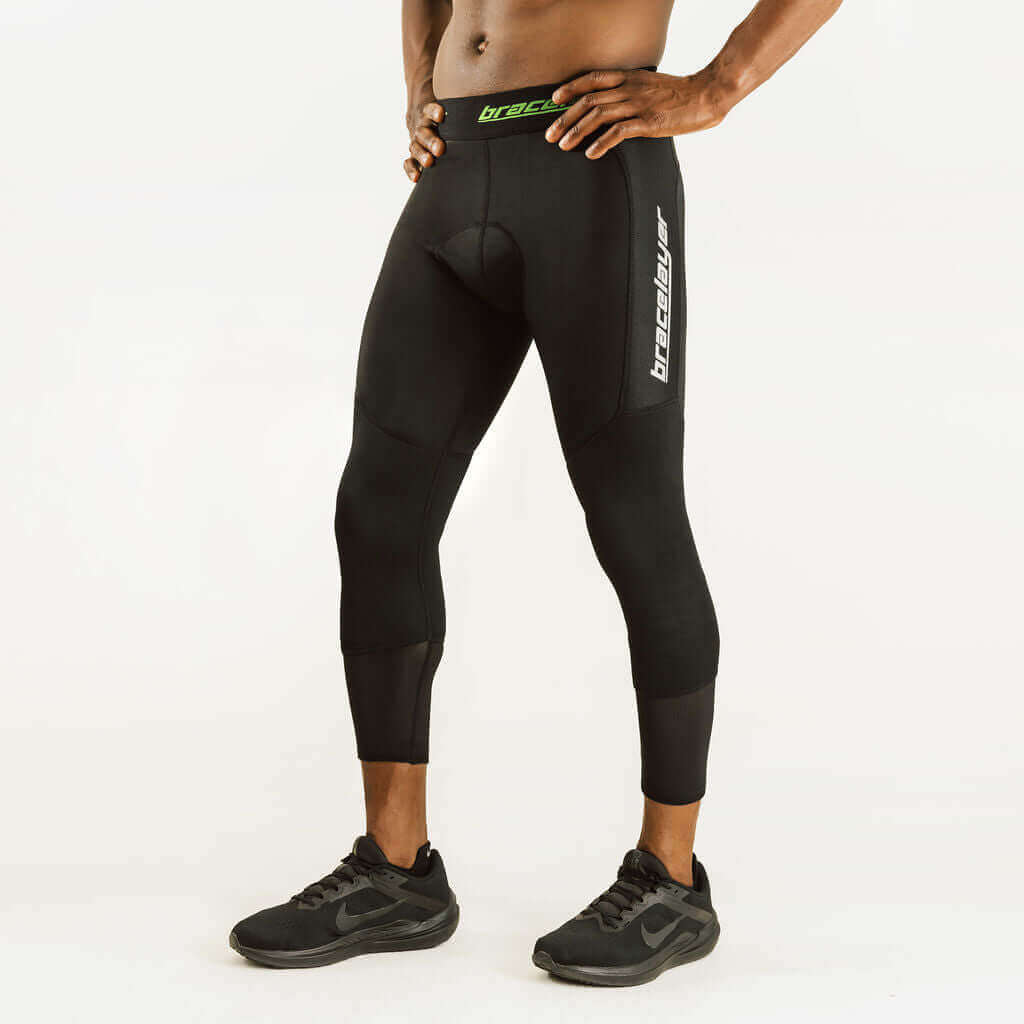
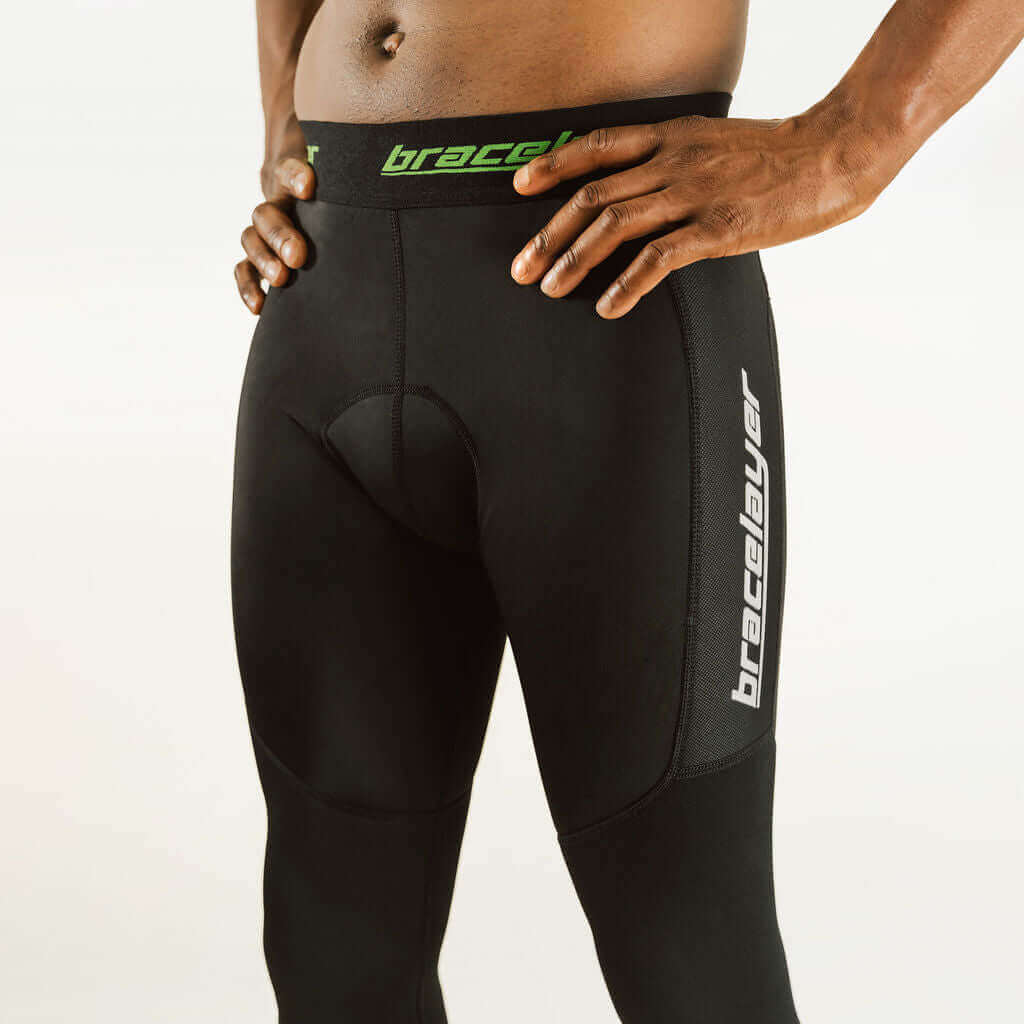
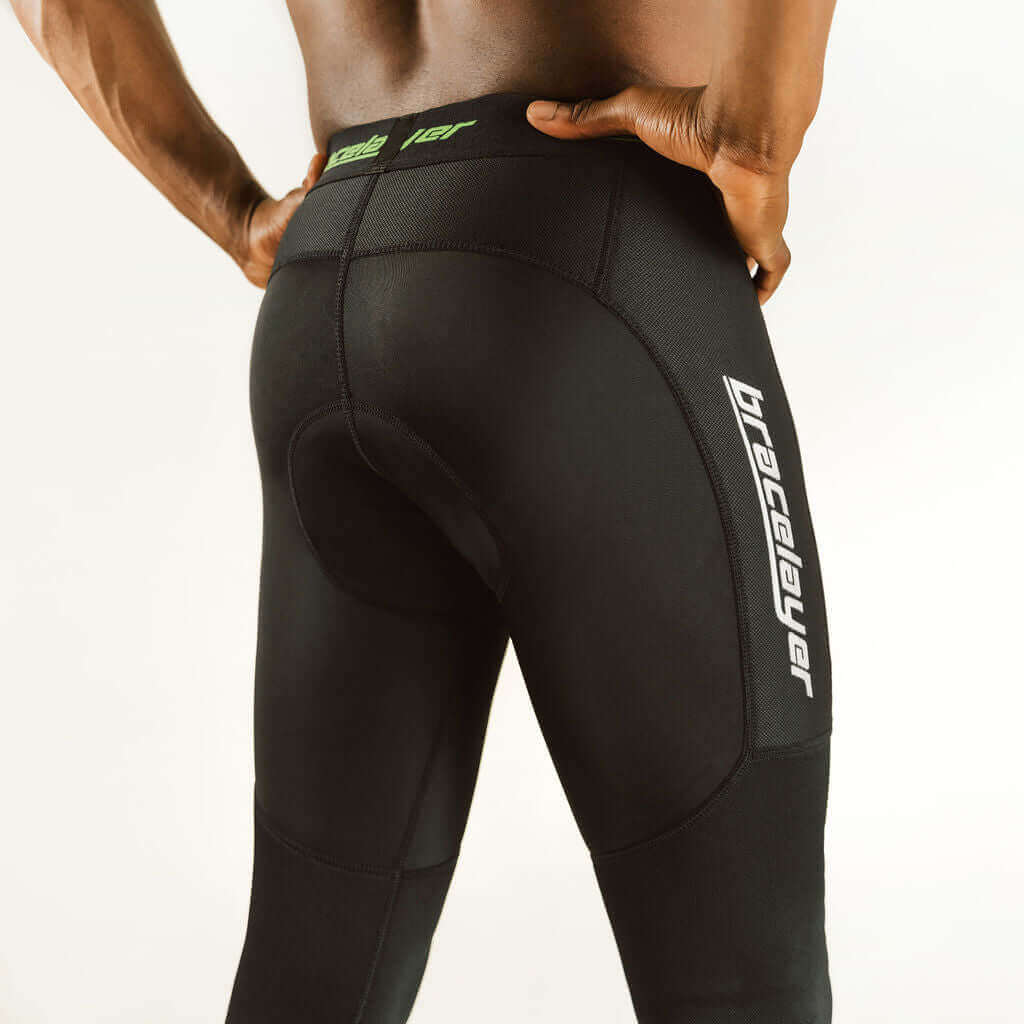


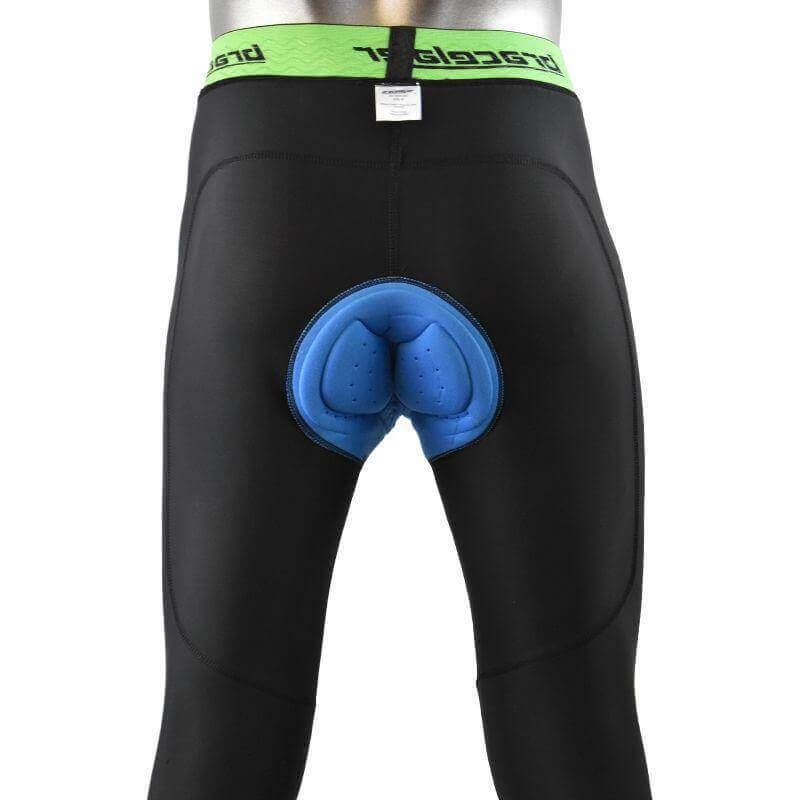

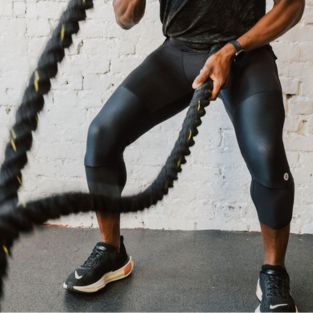
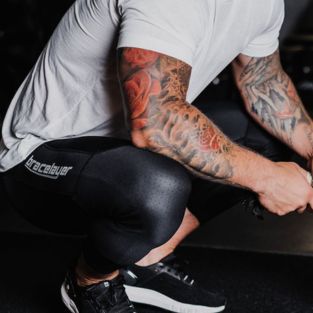

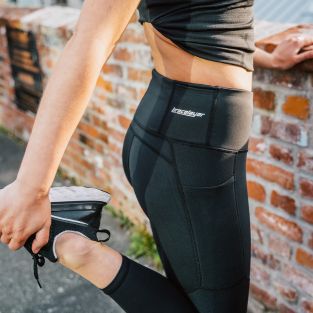
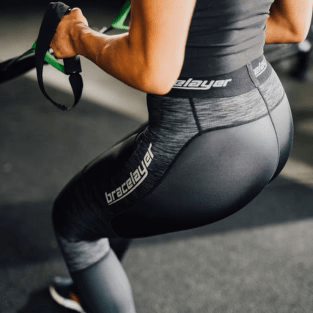


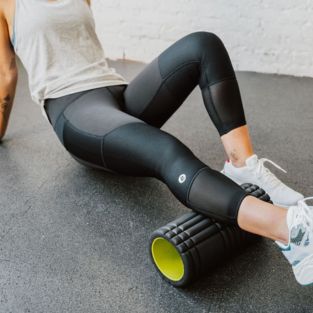
Leave a comment